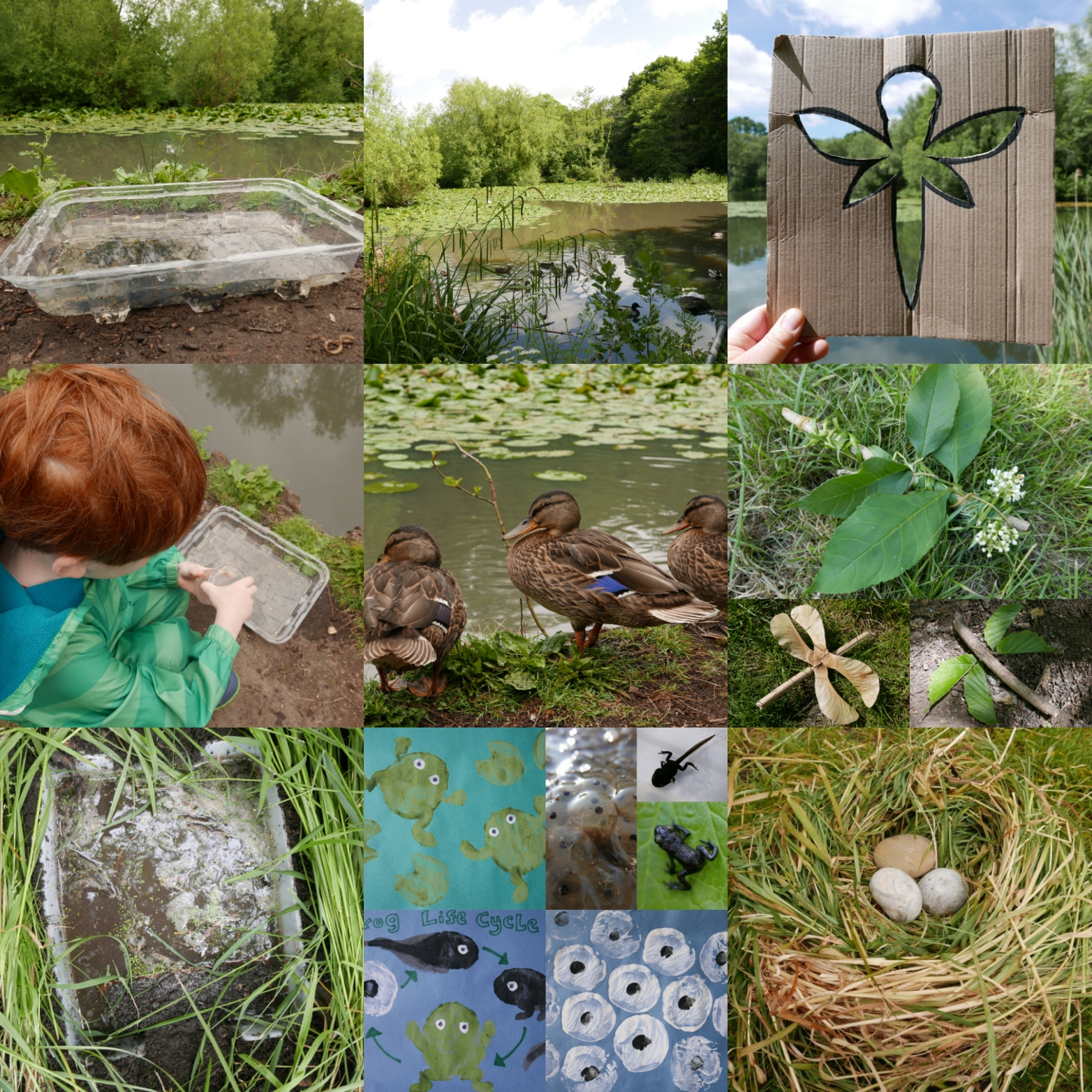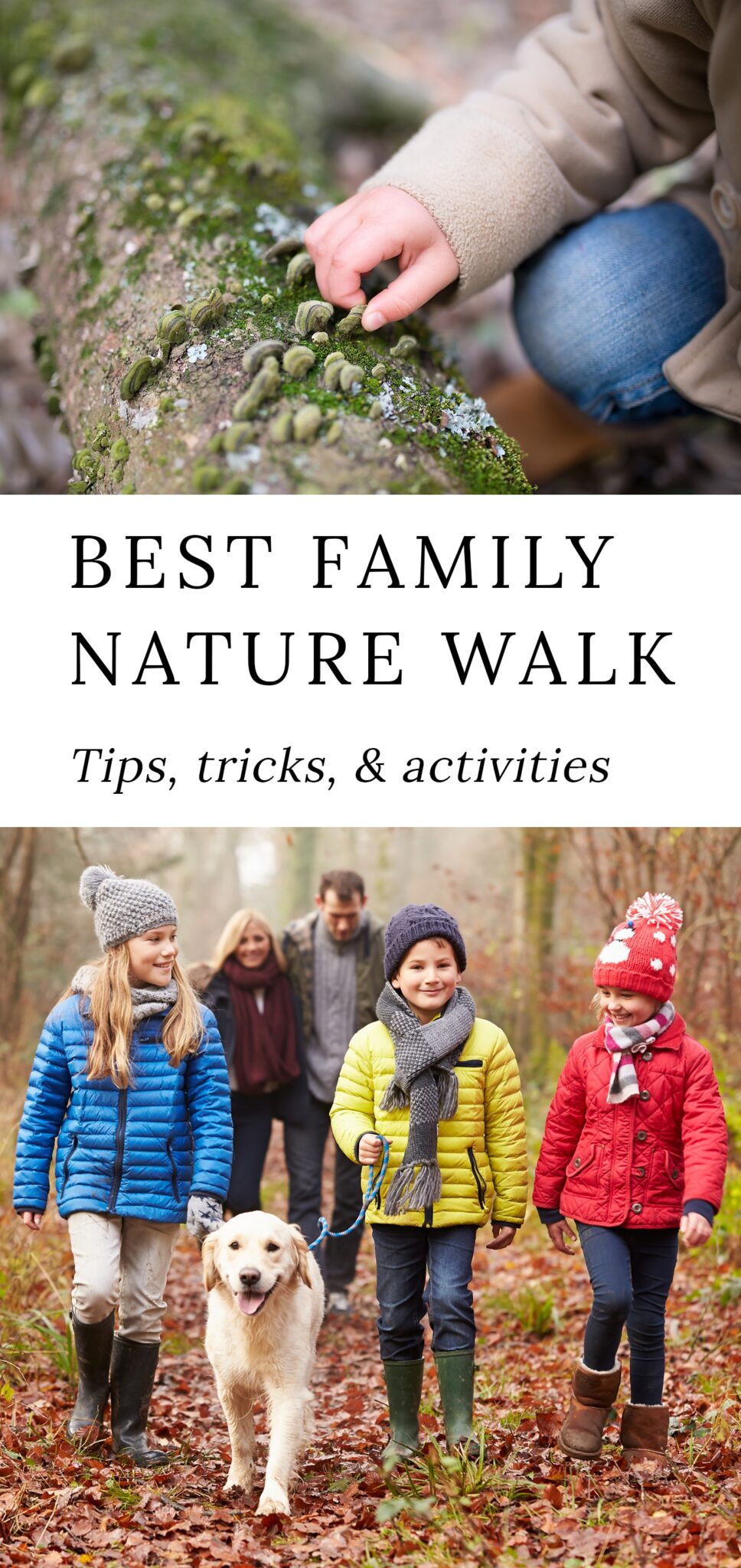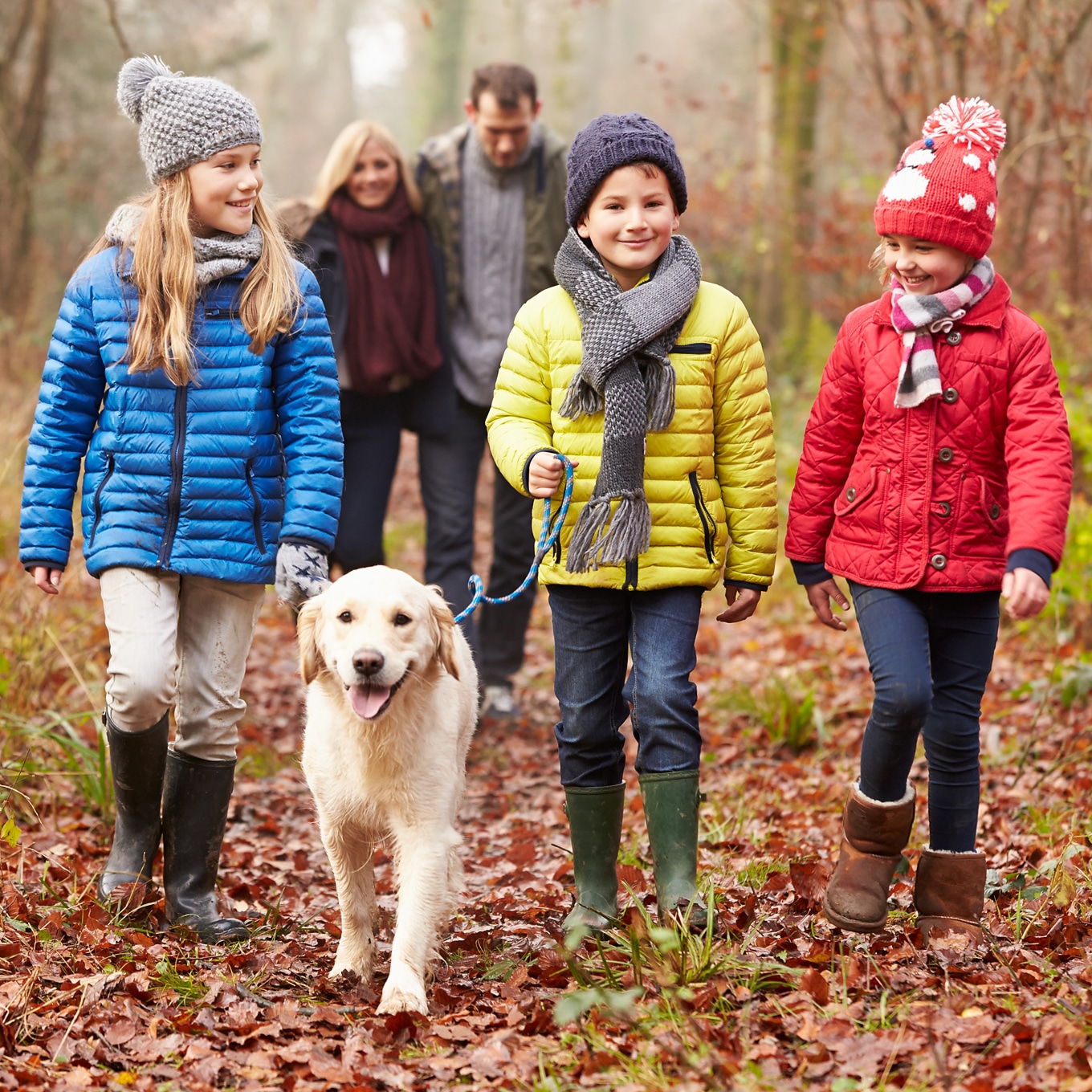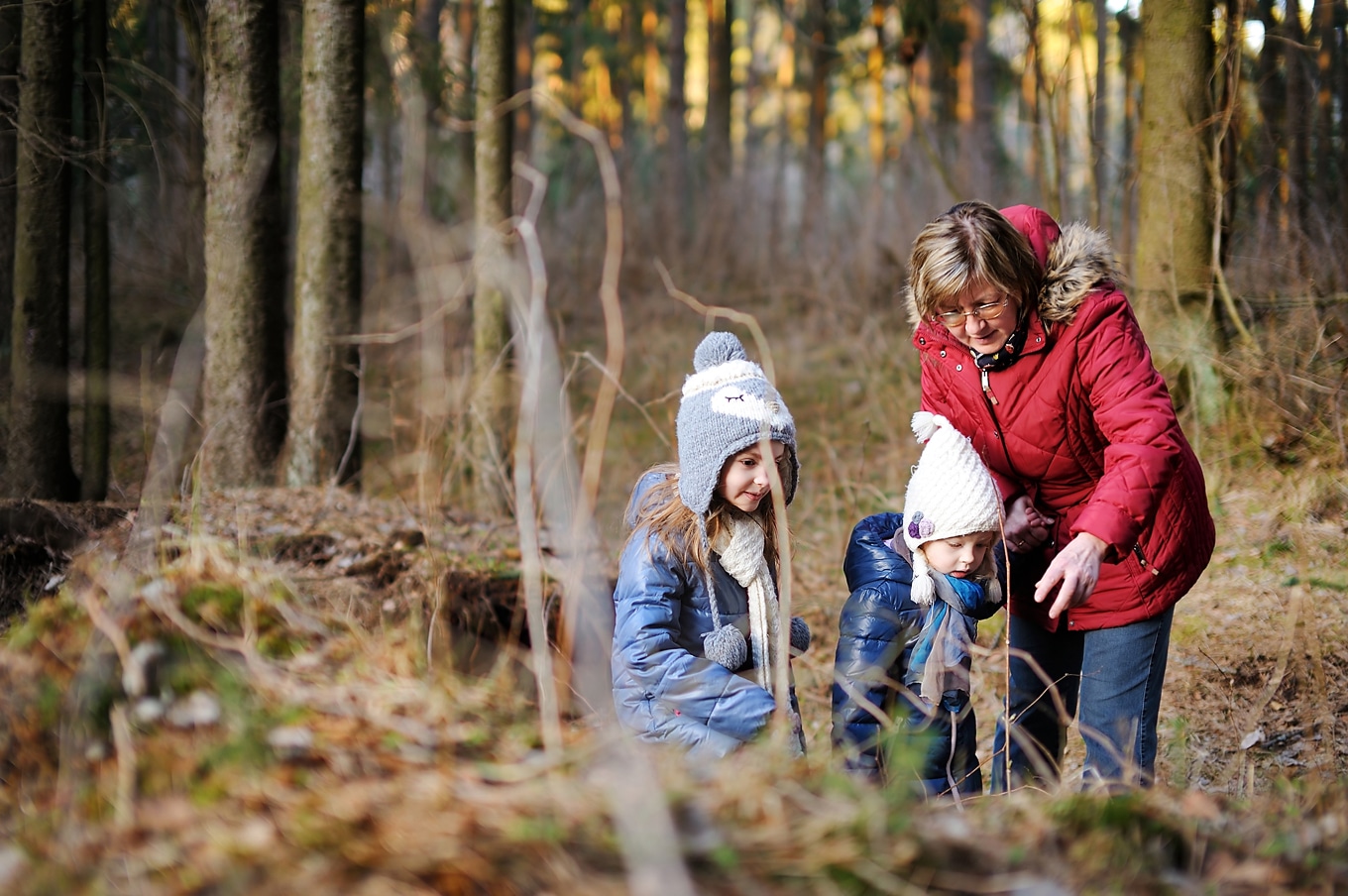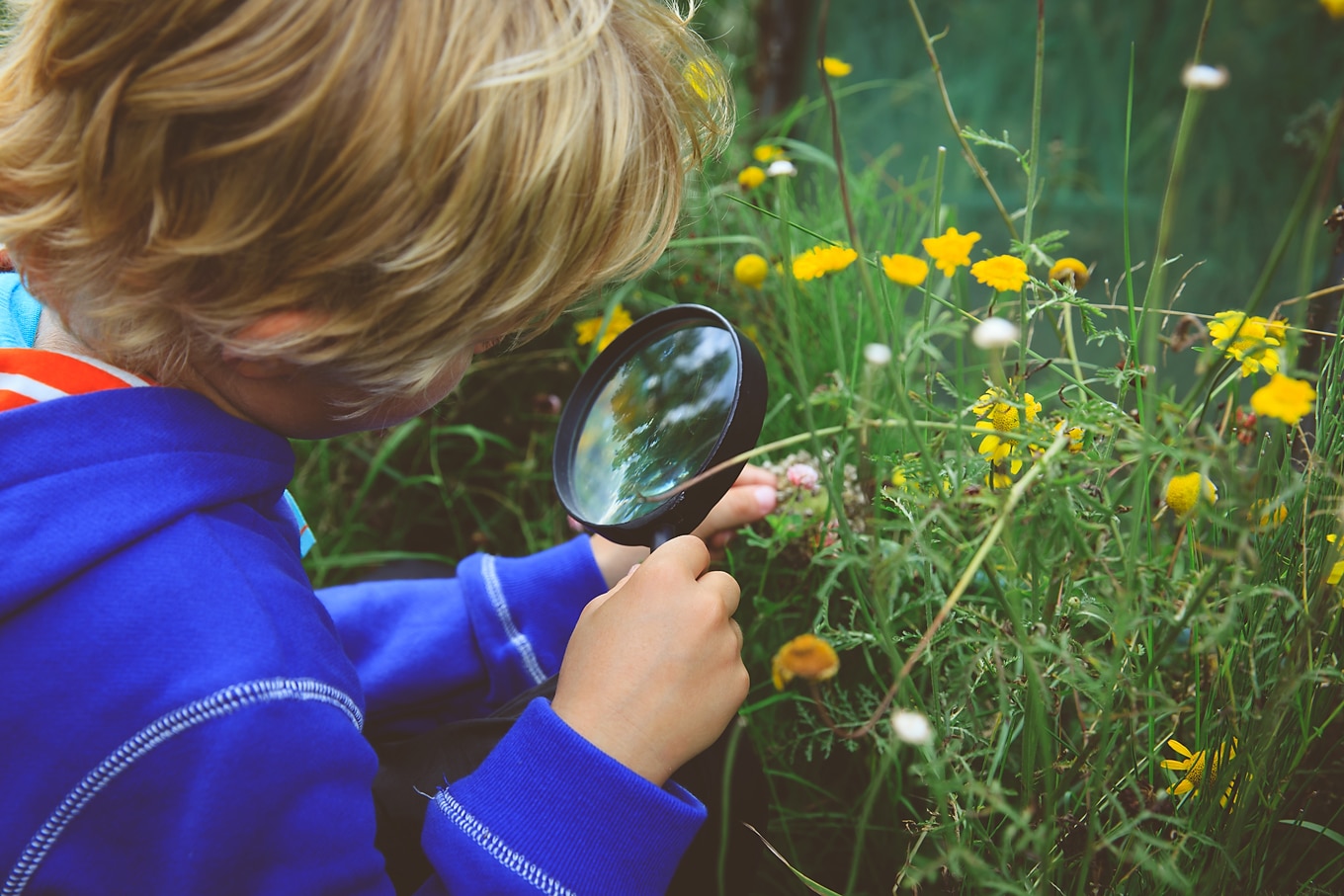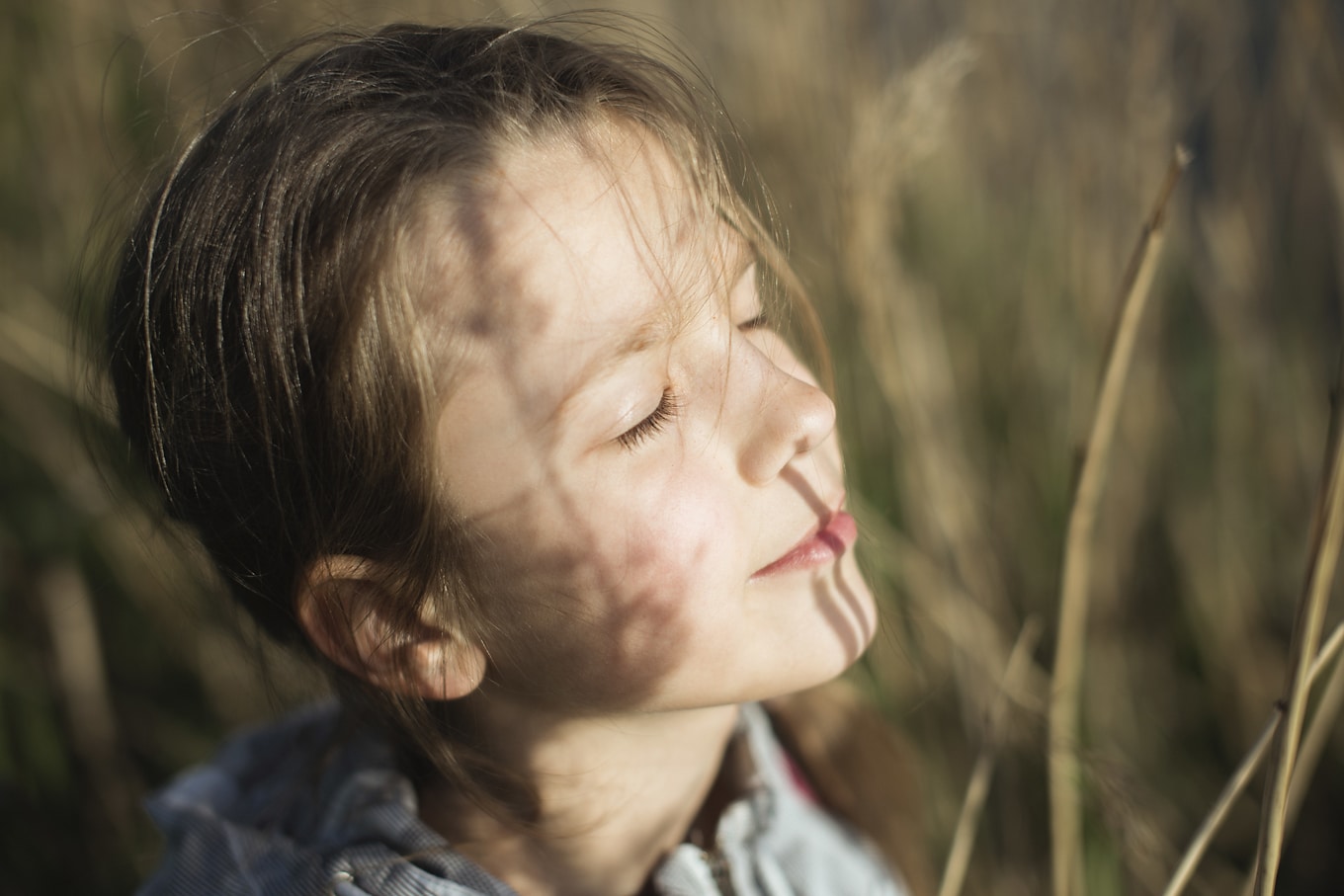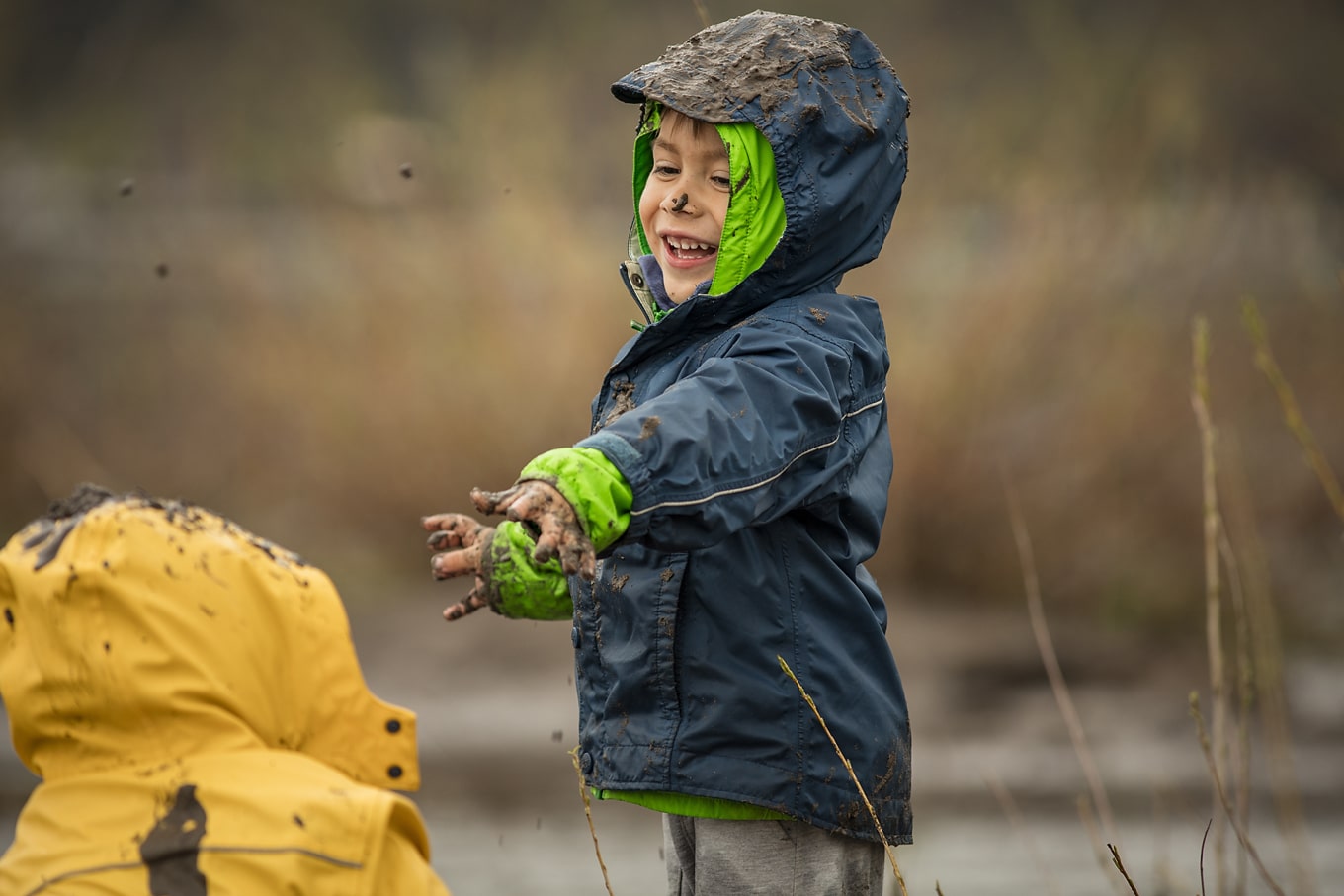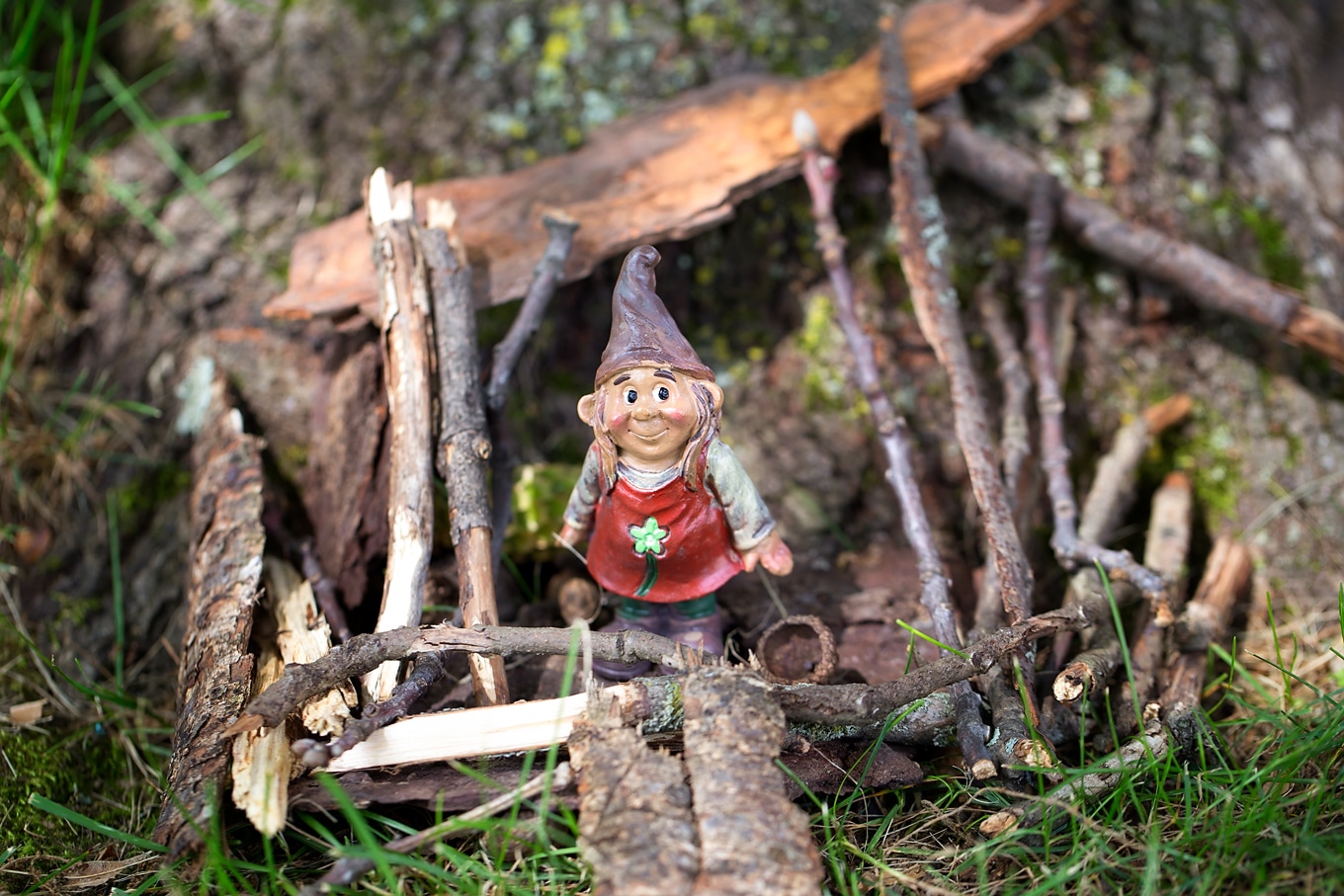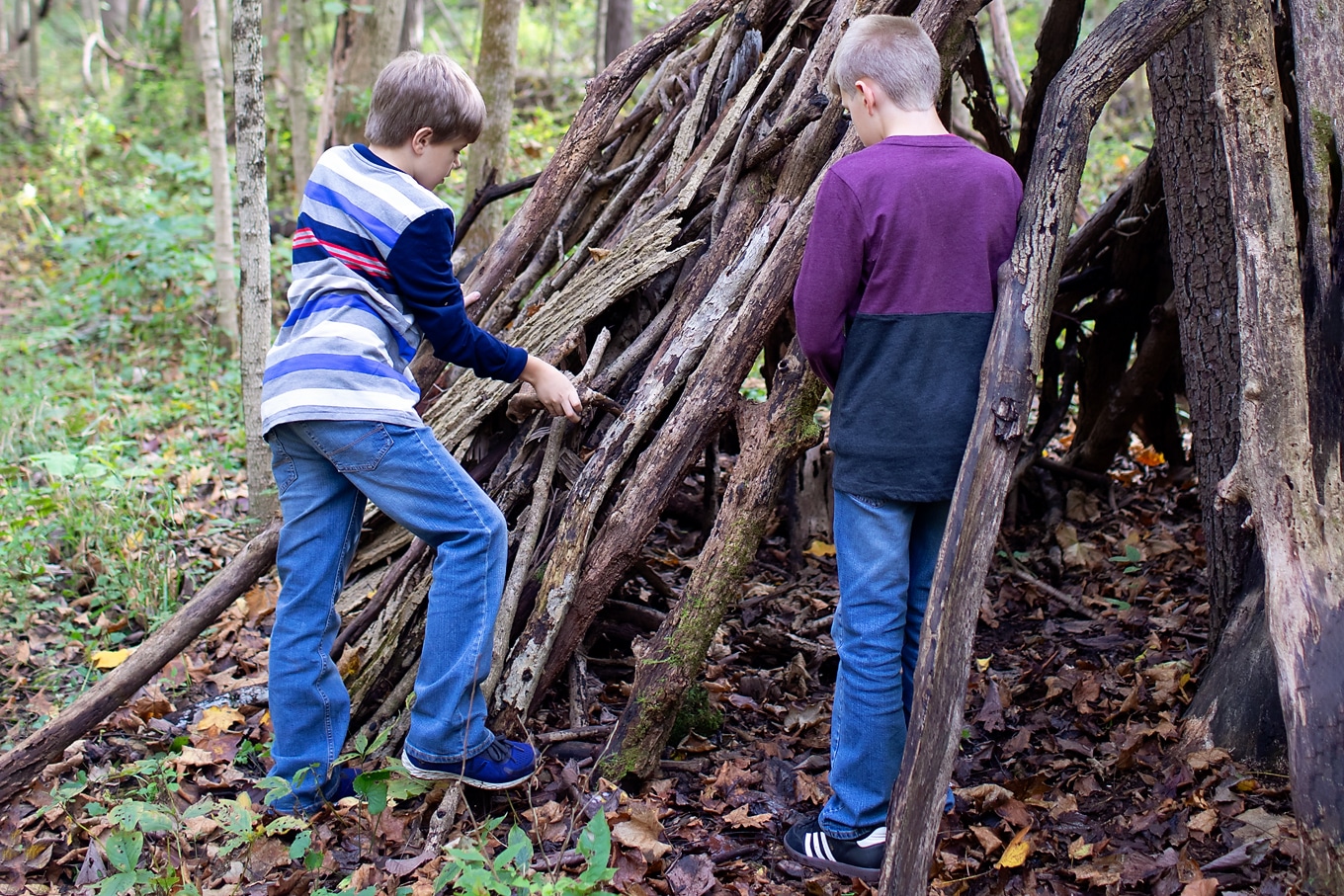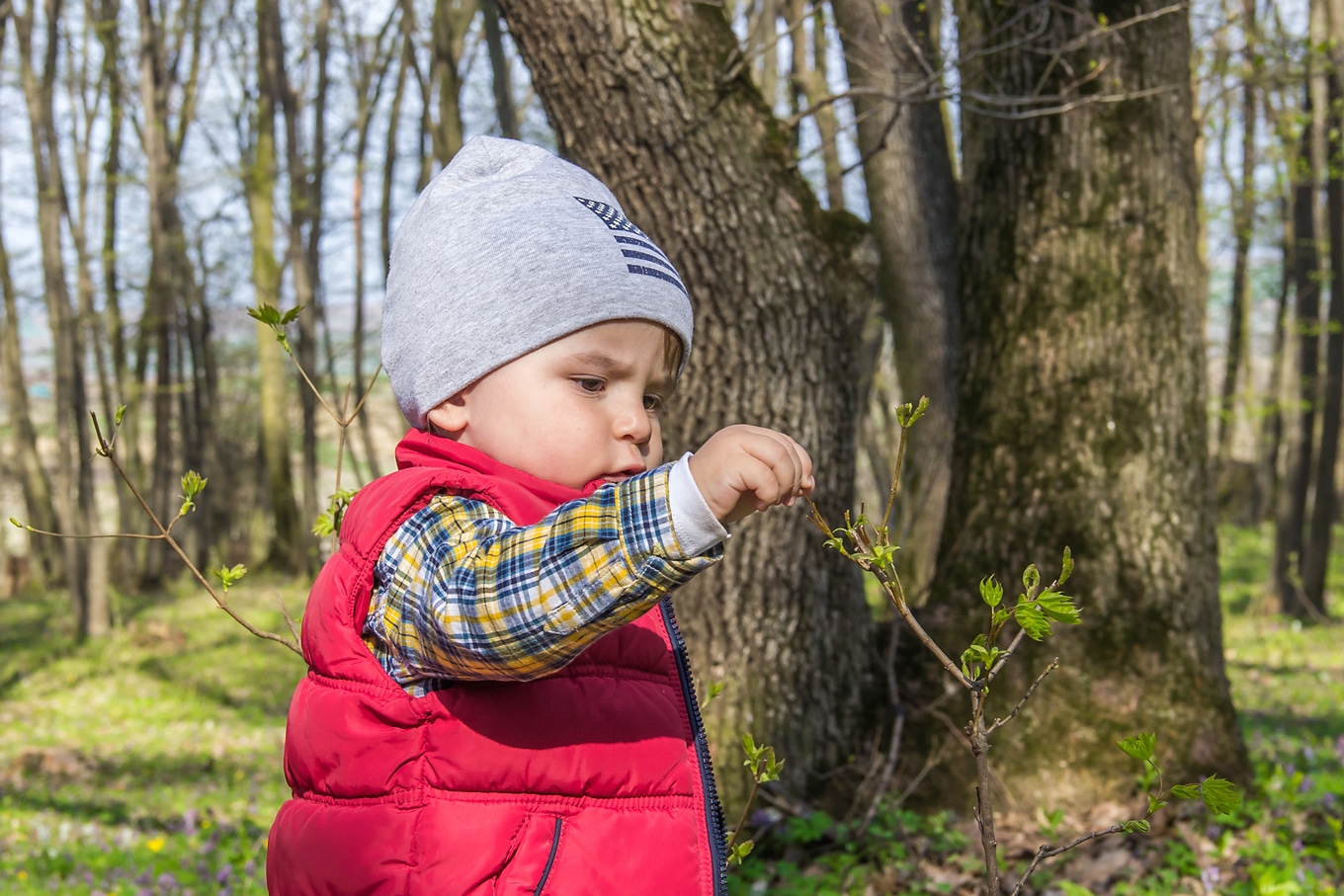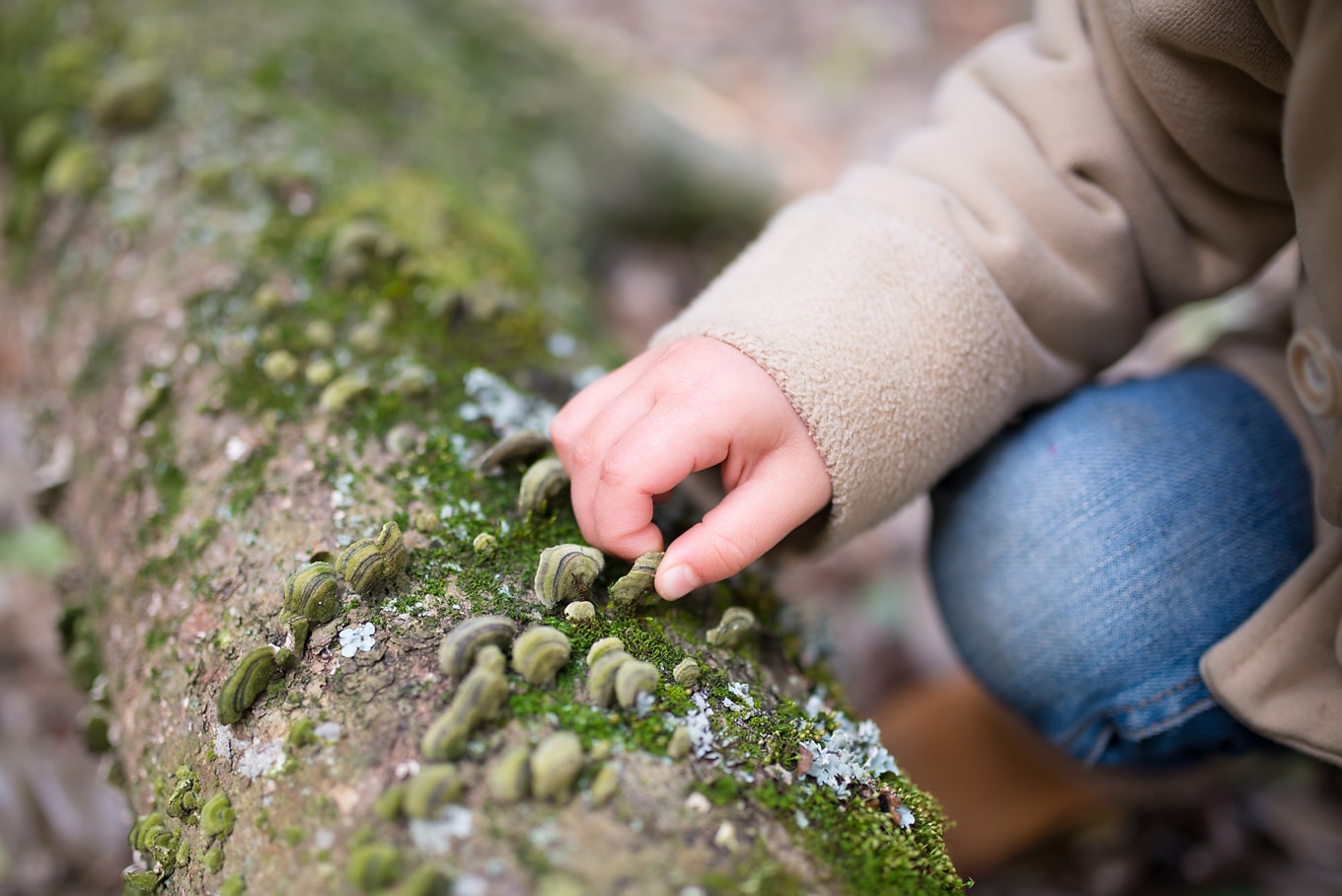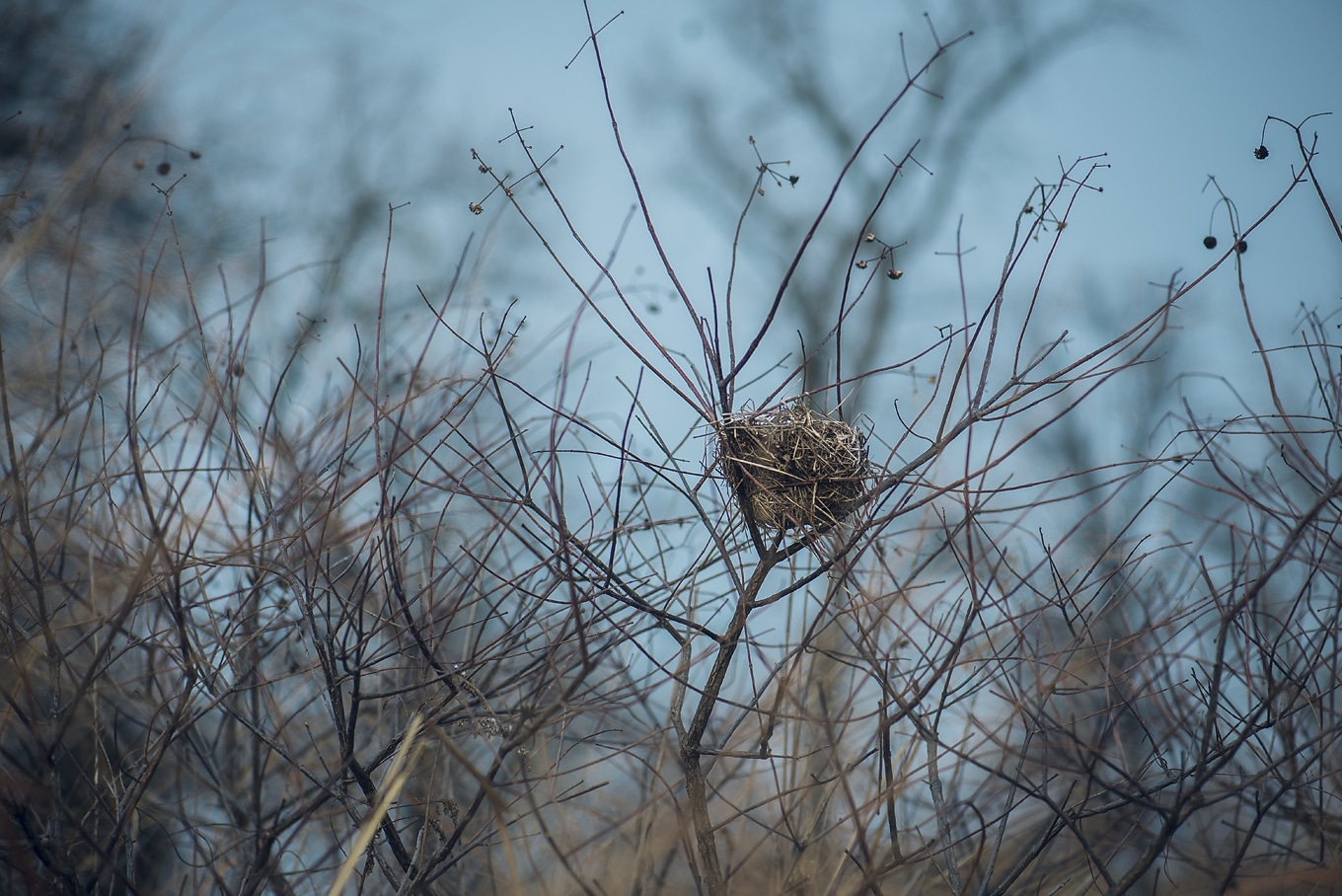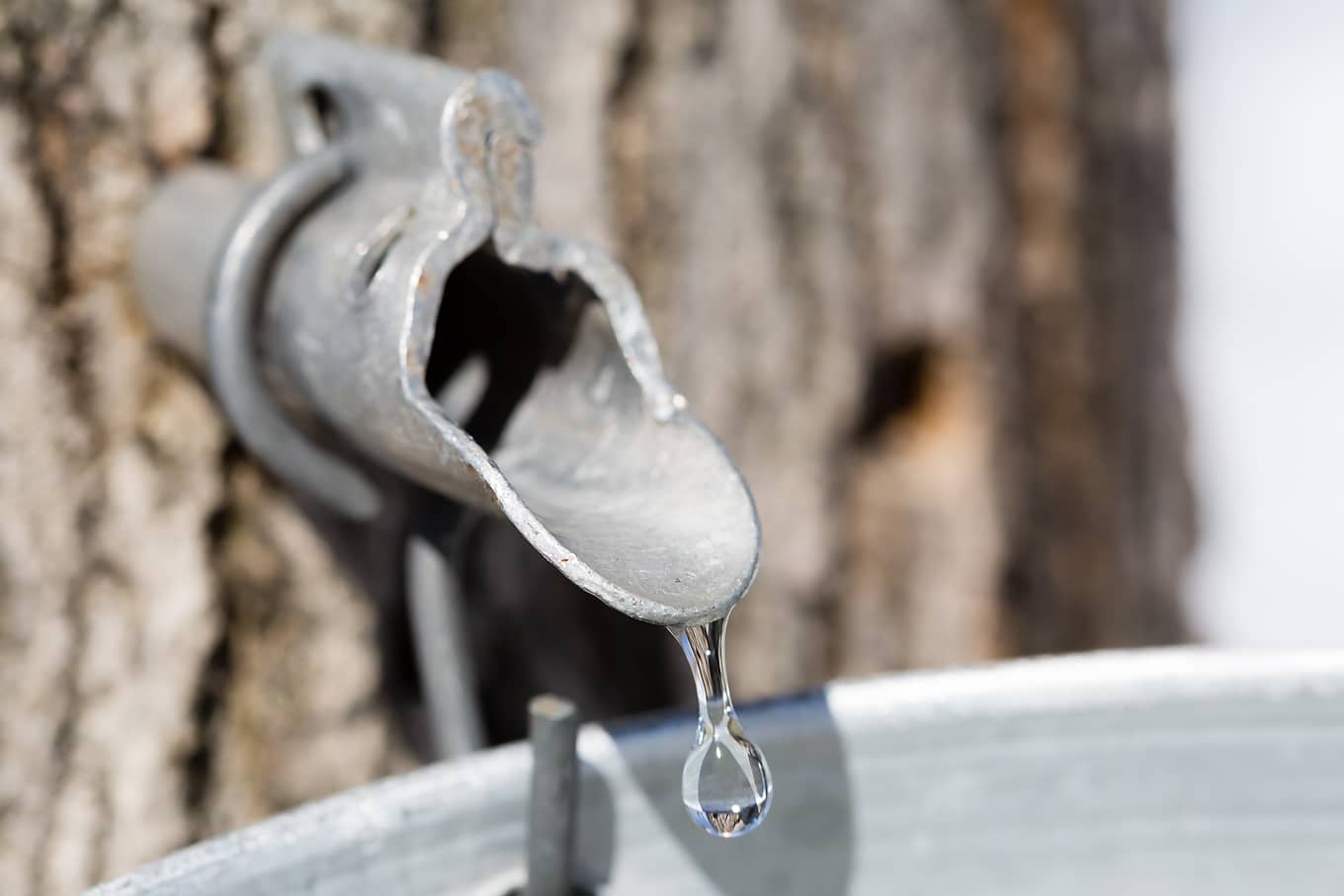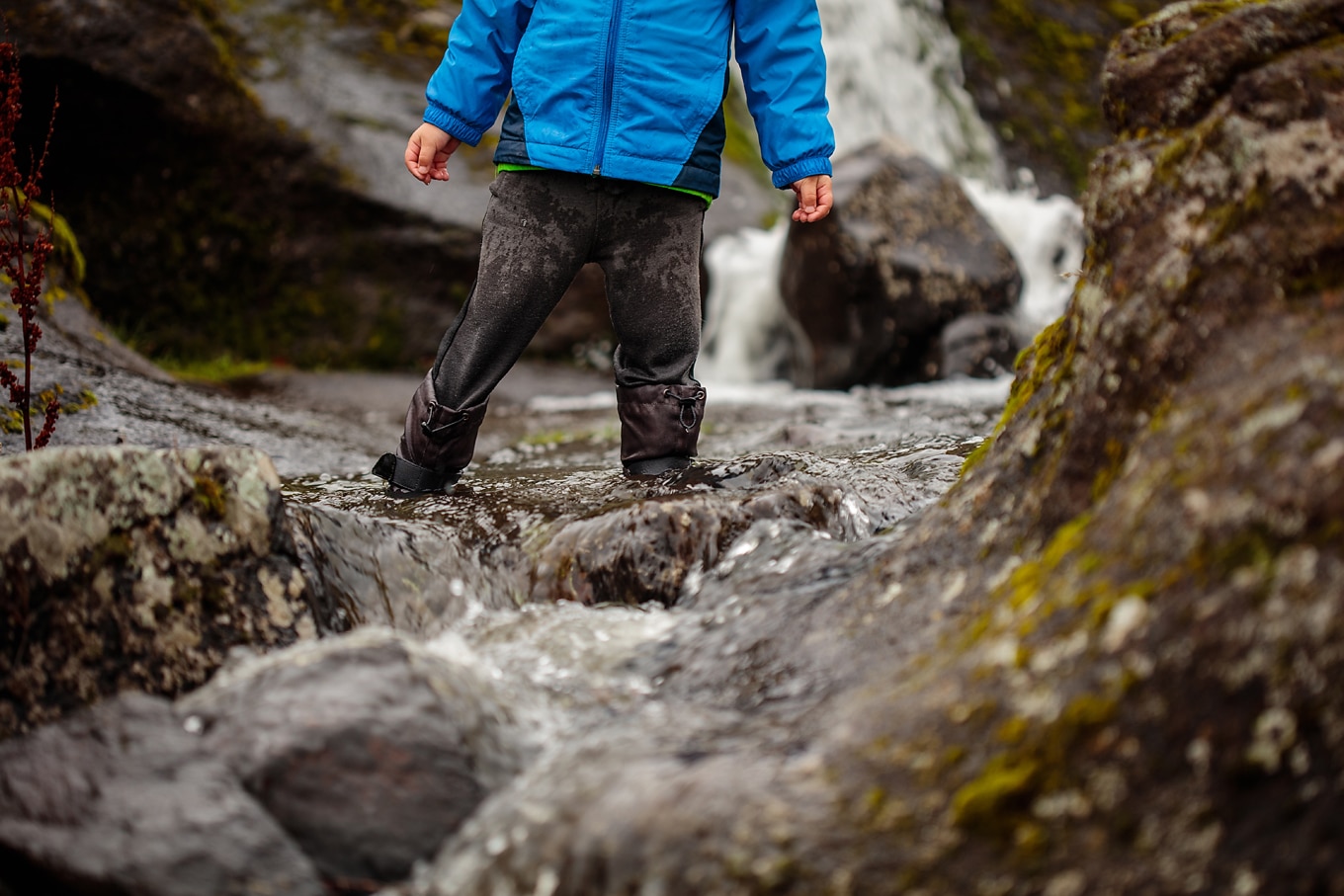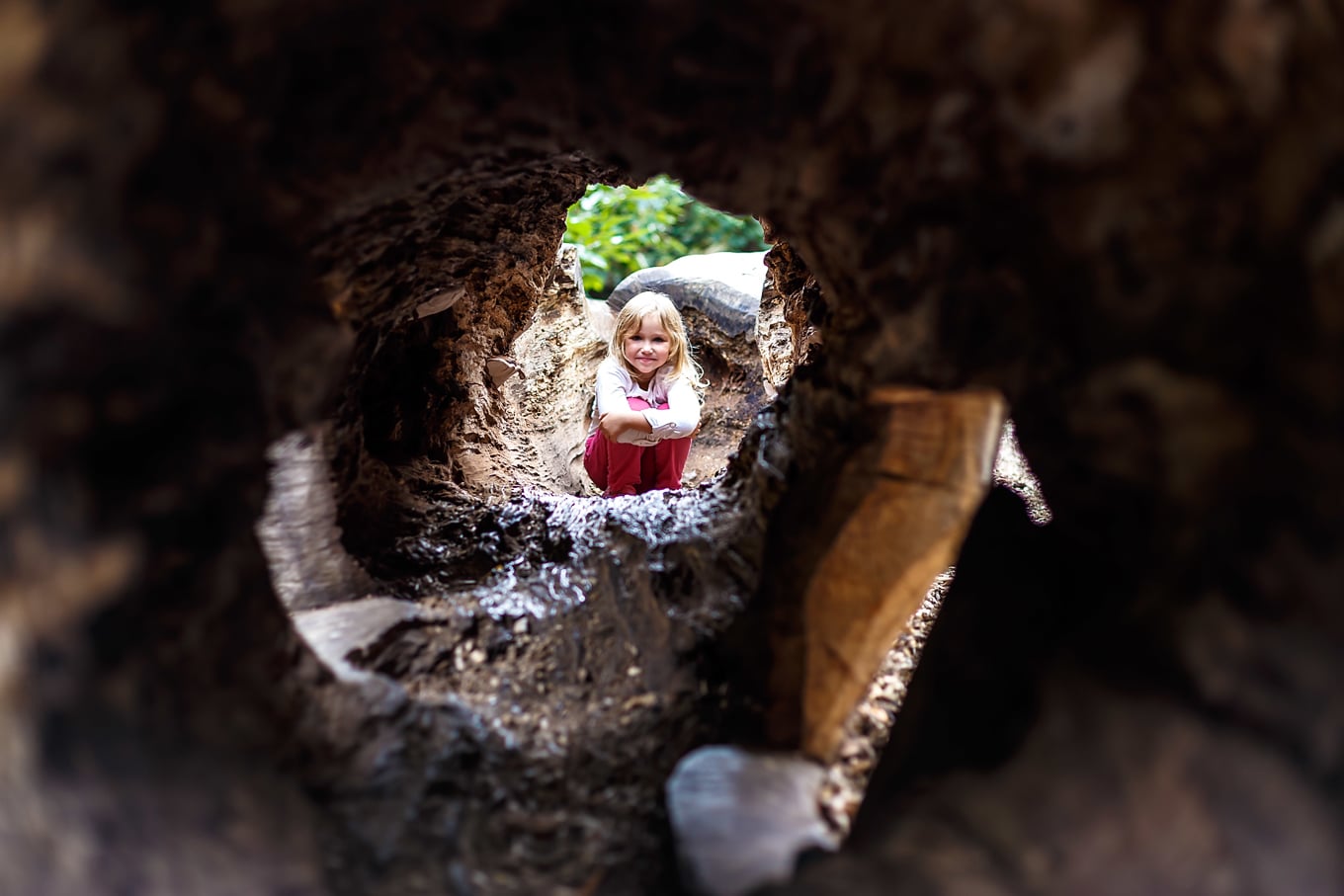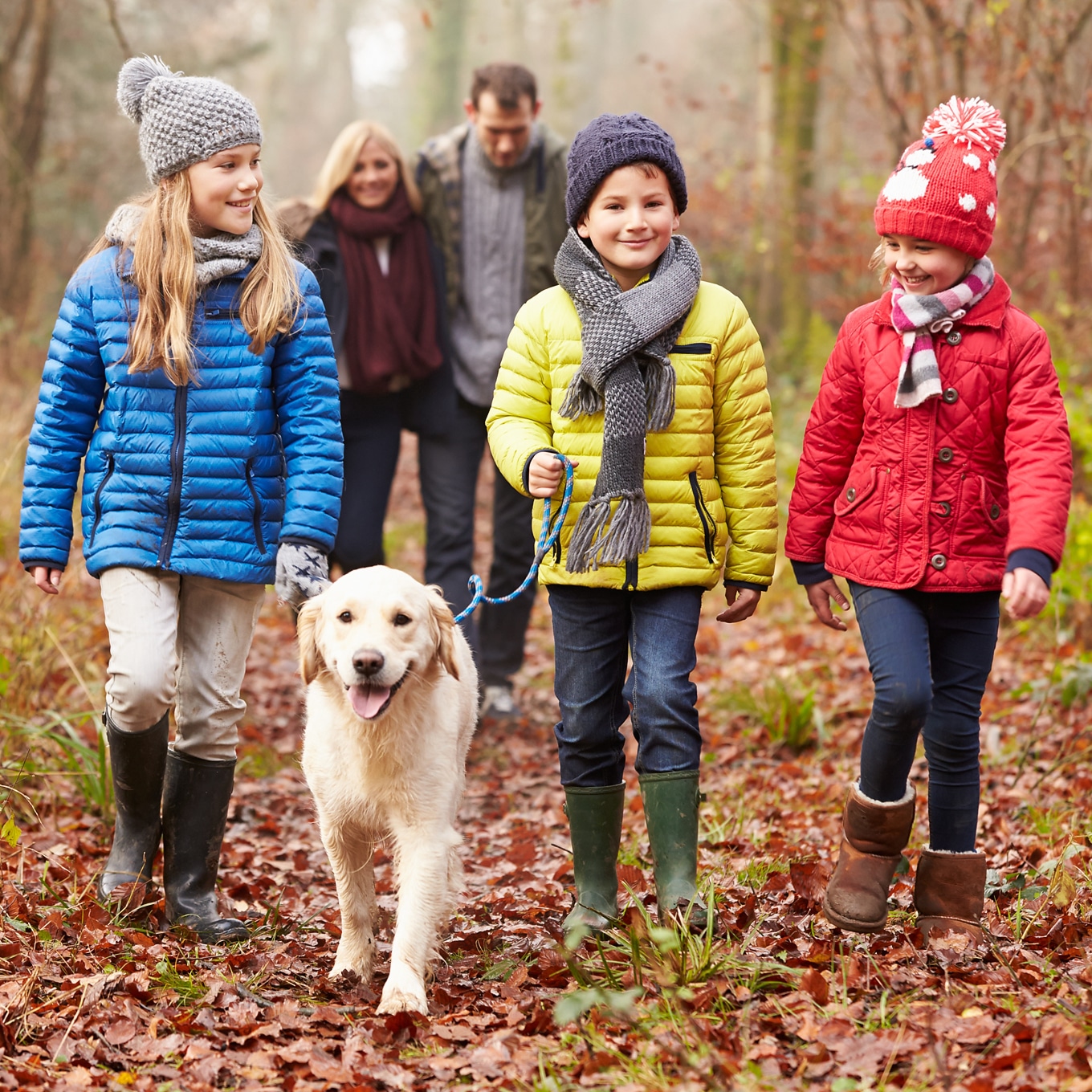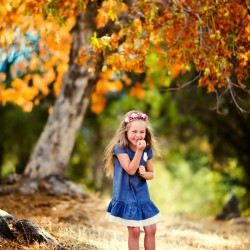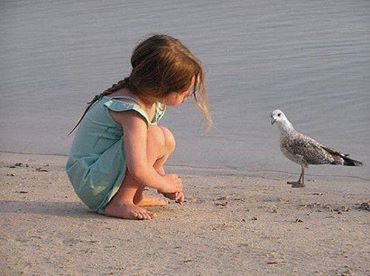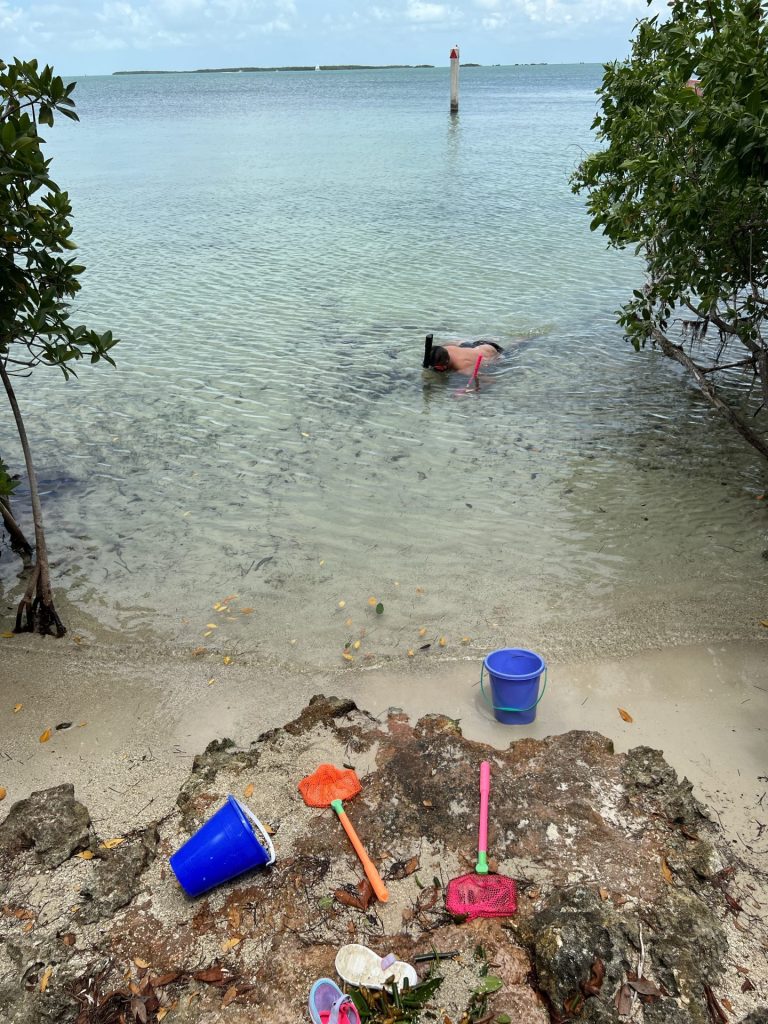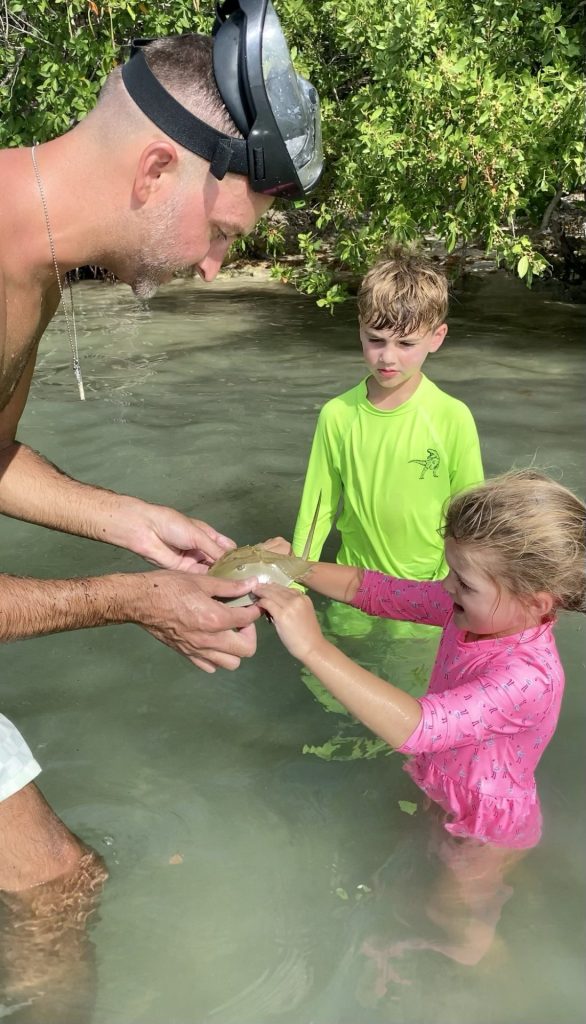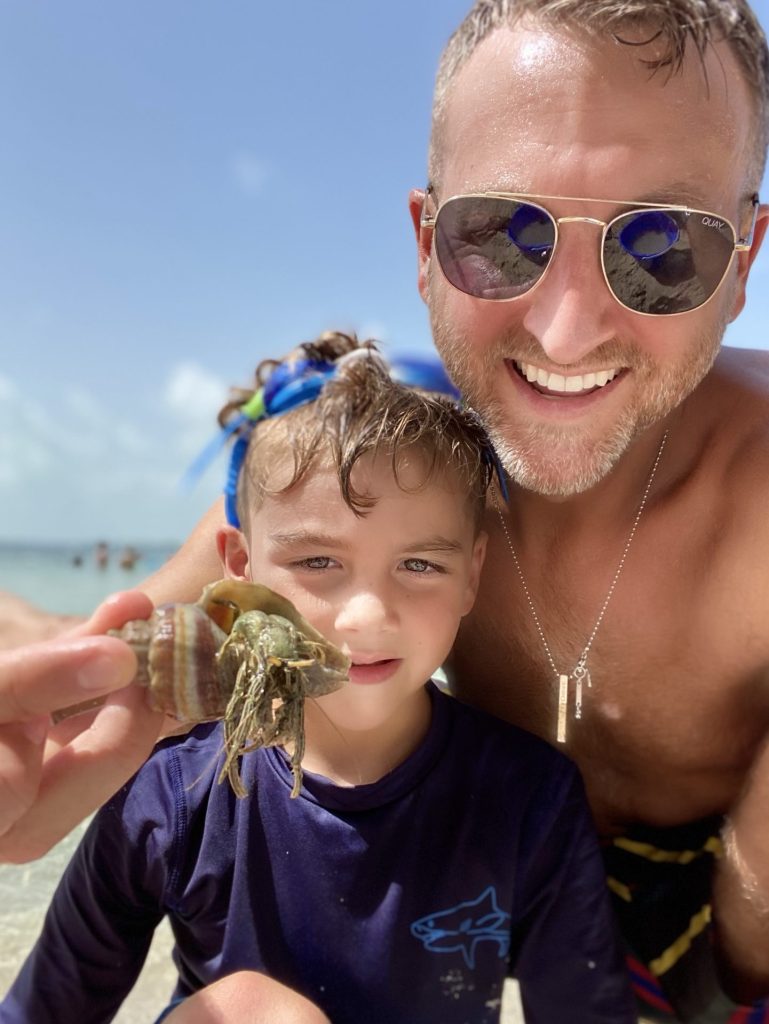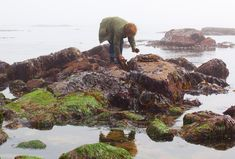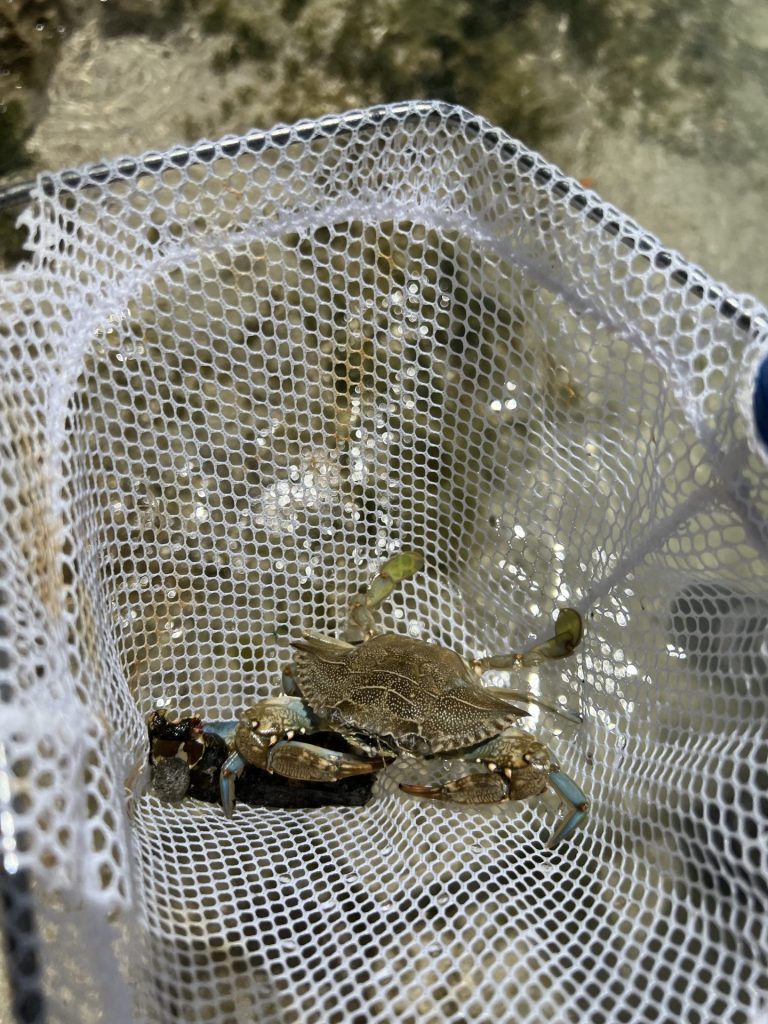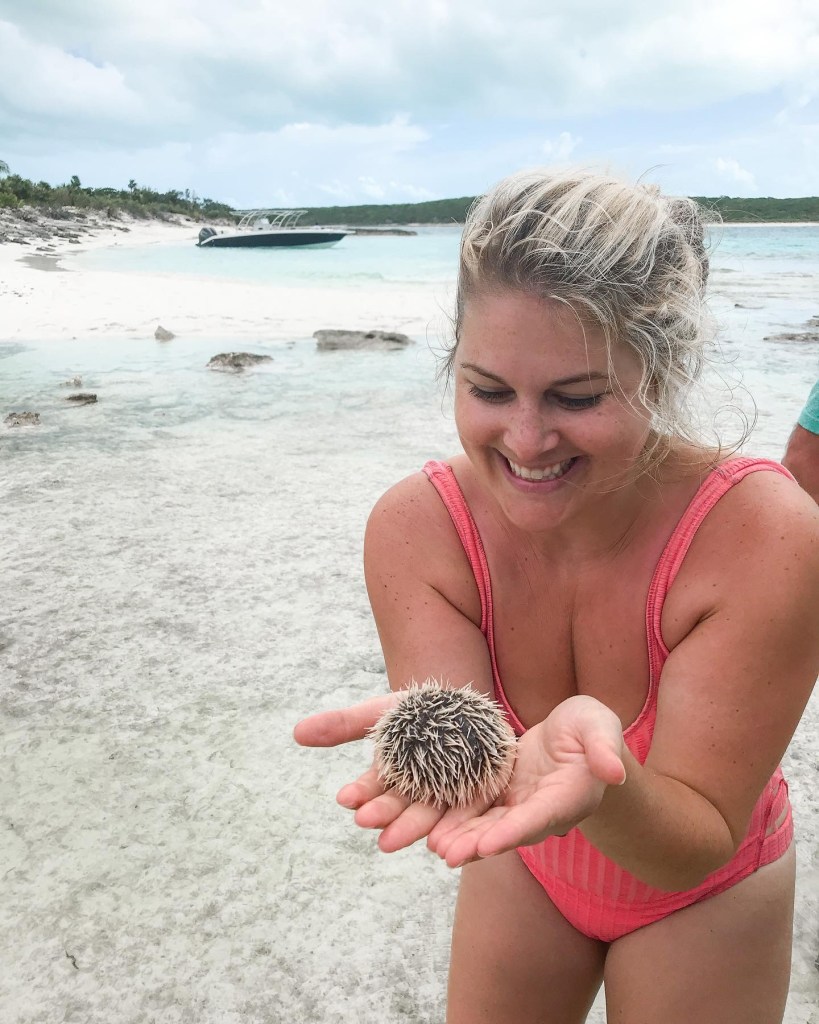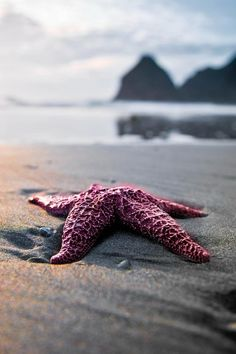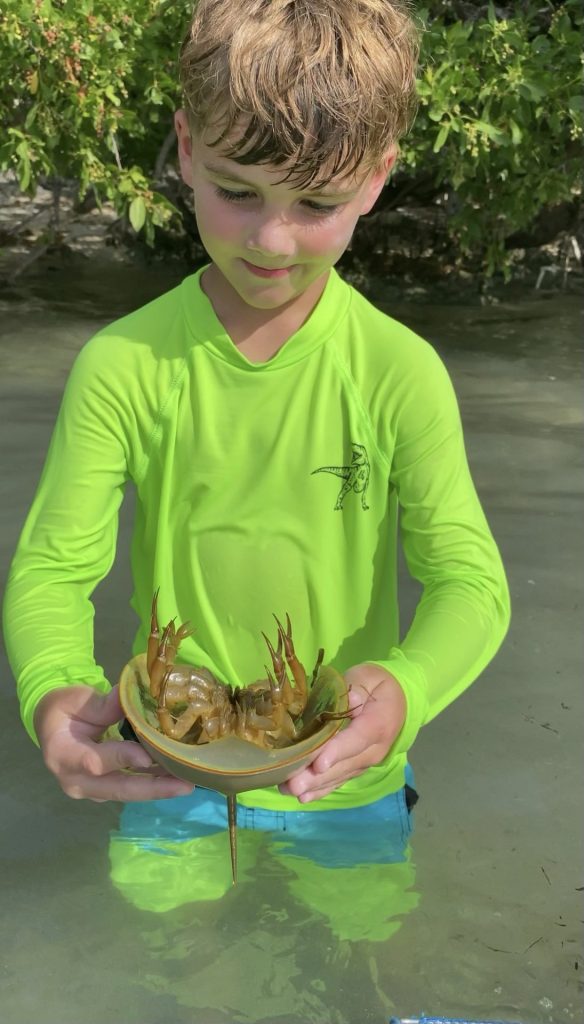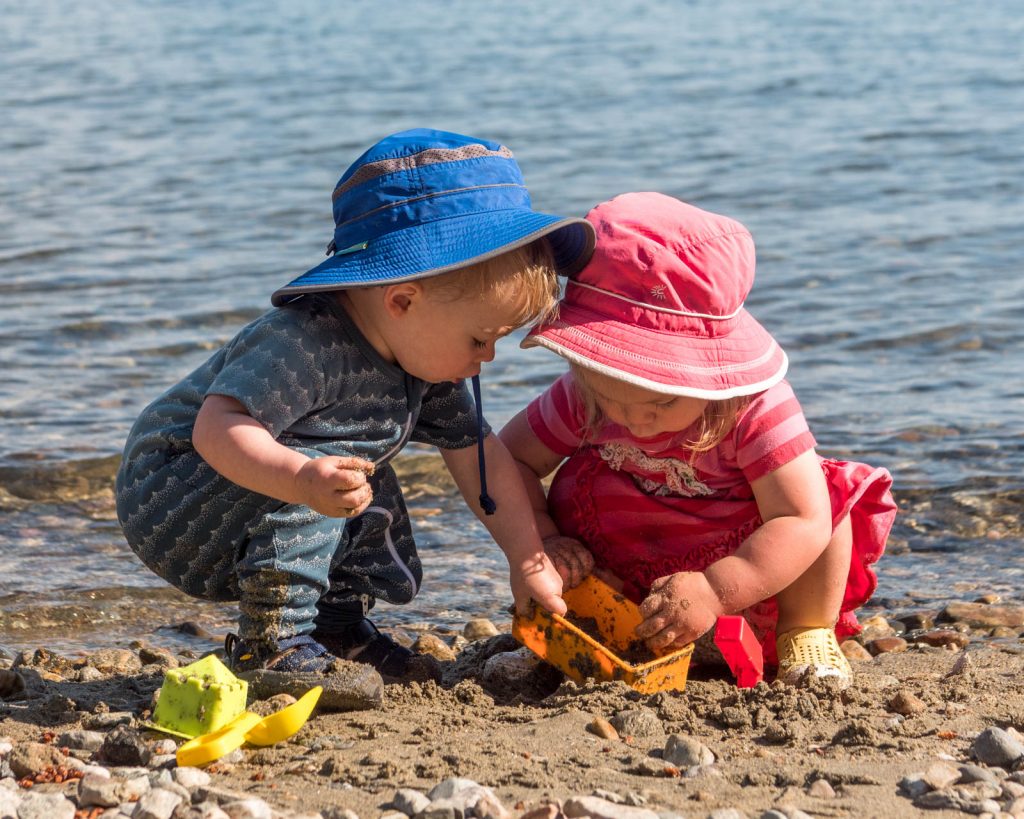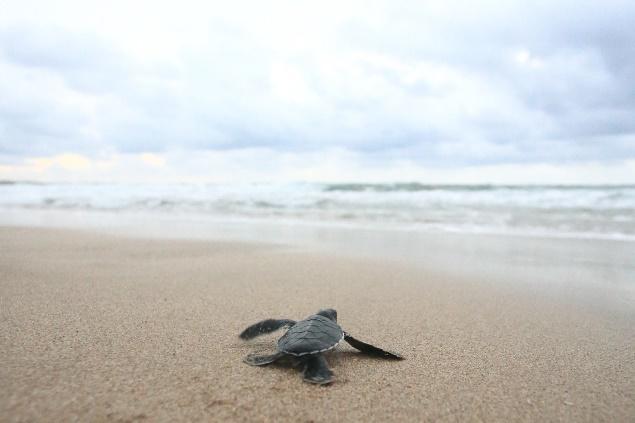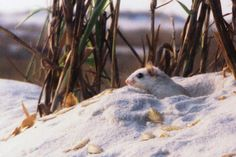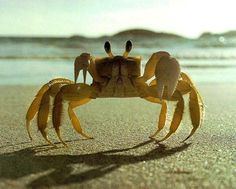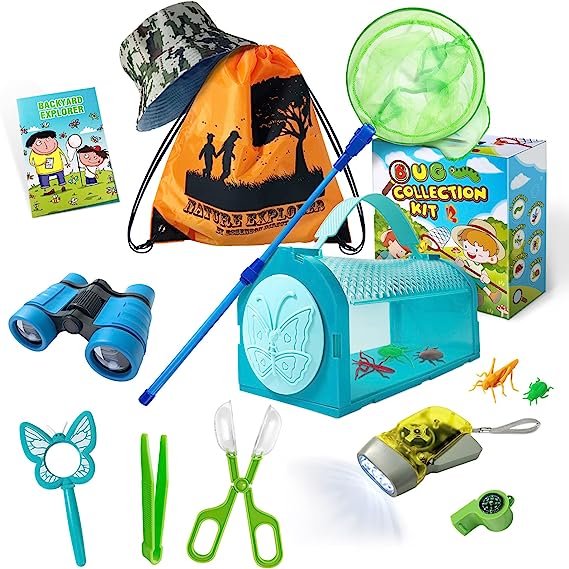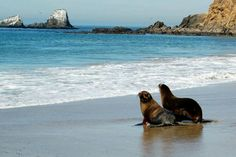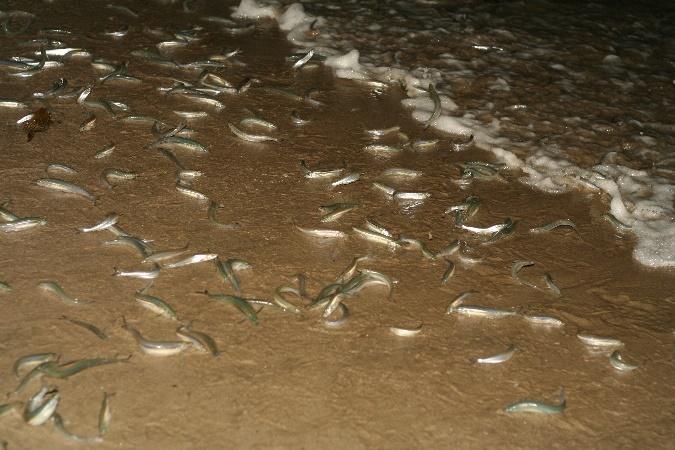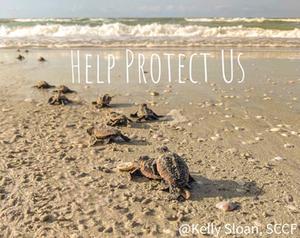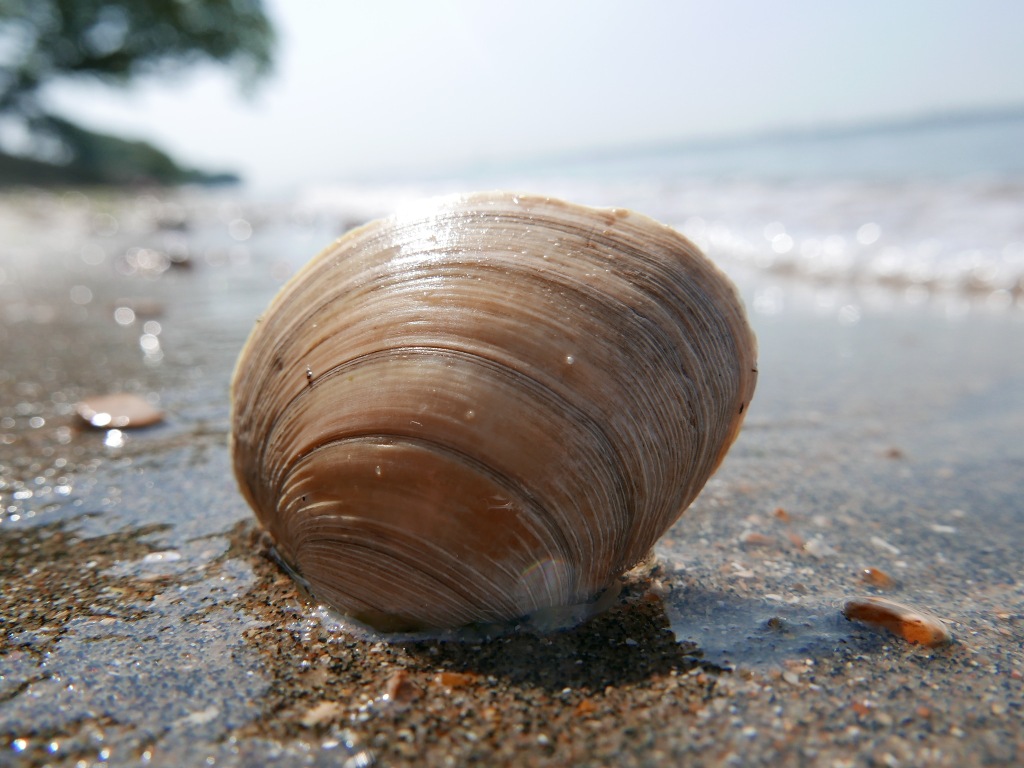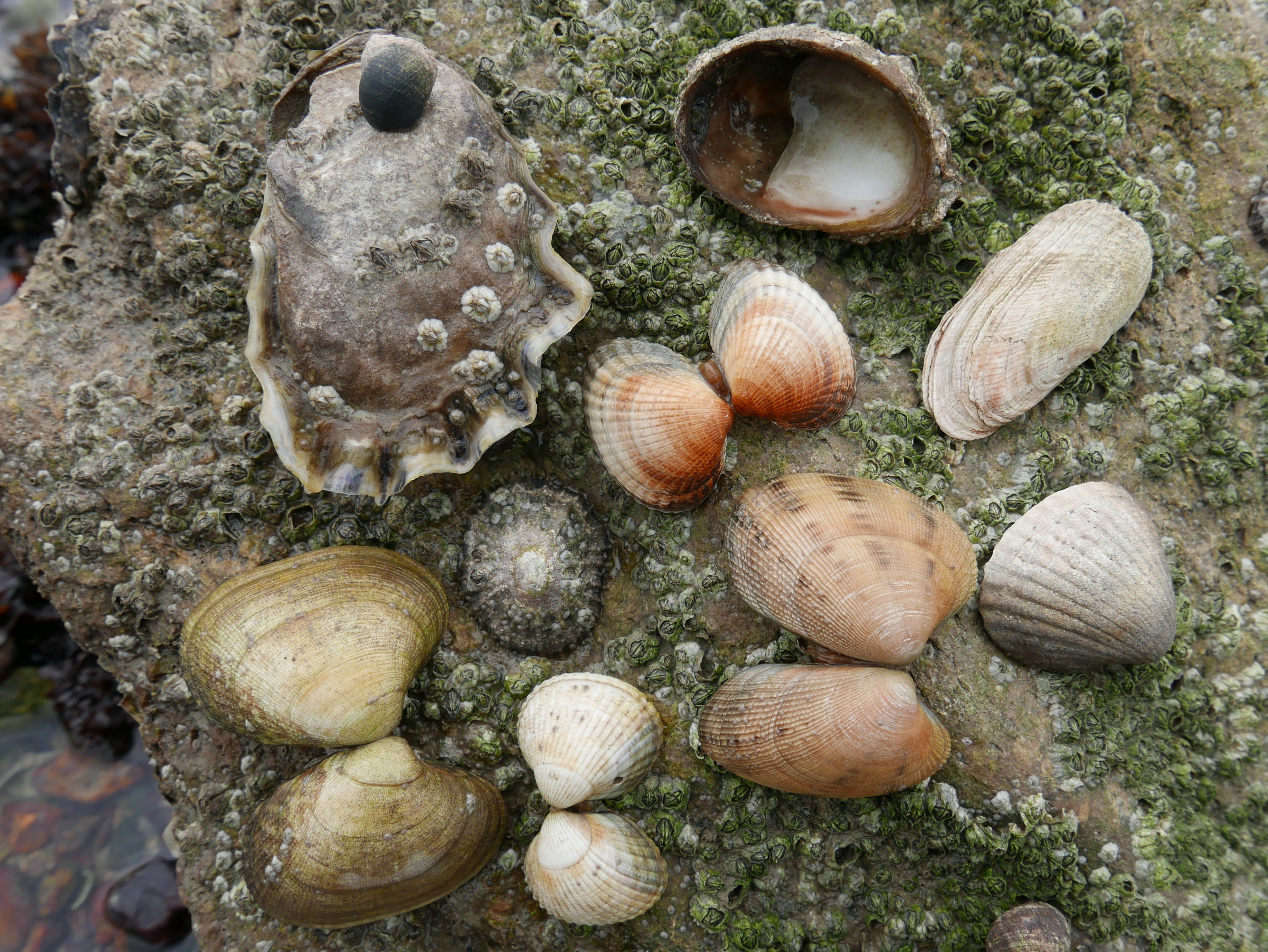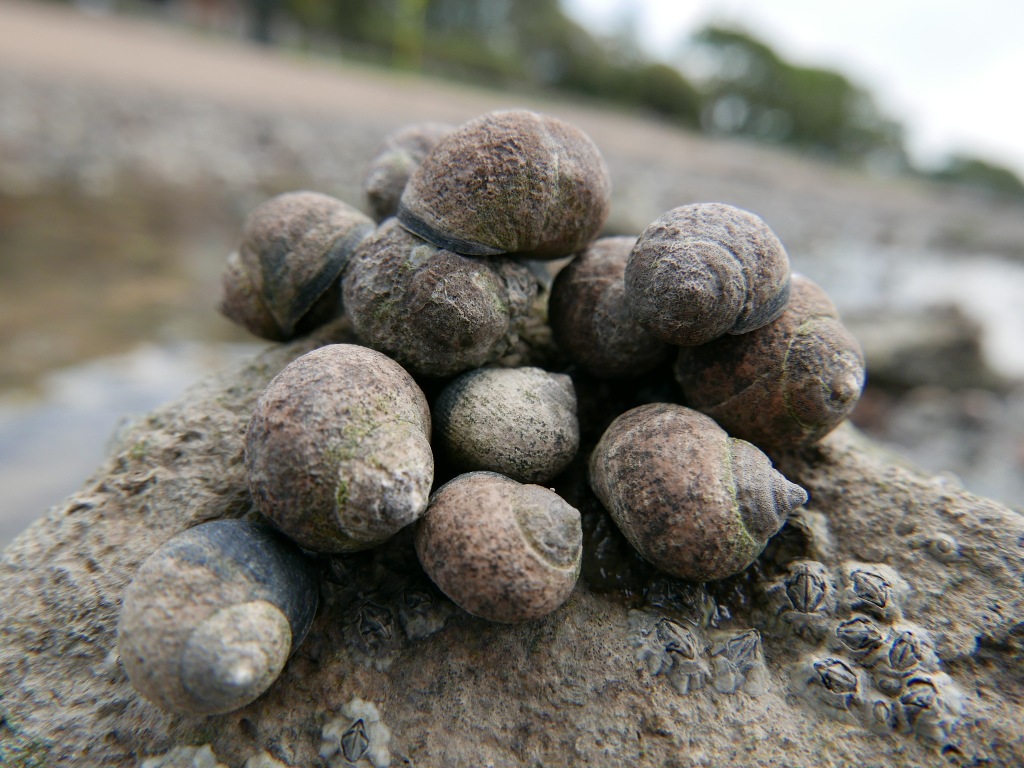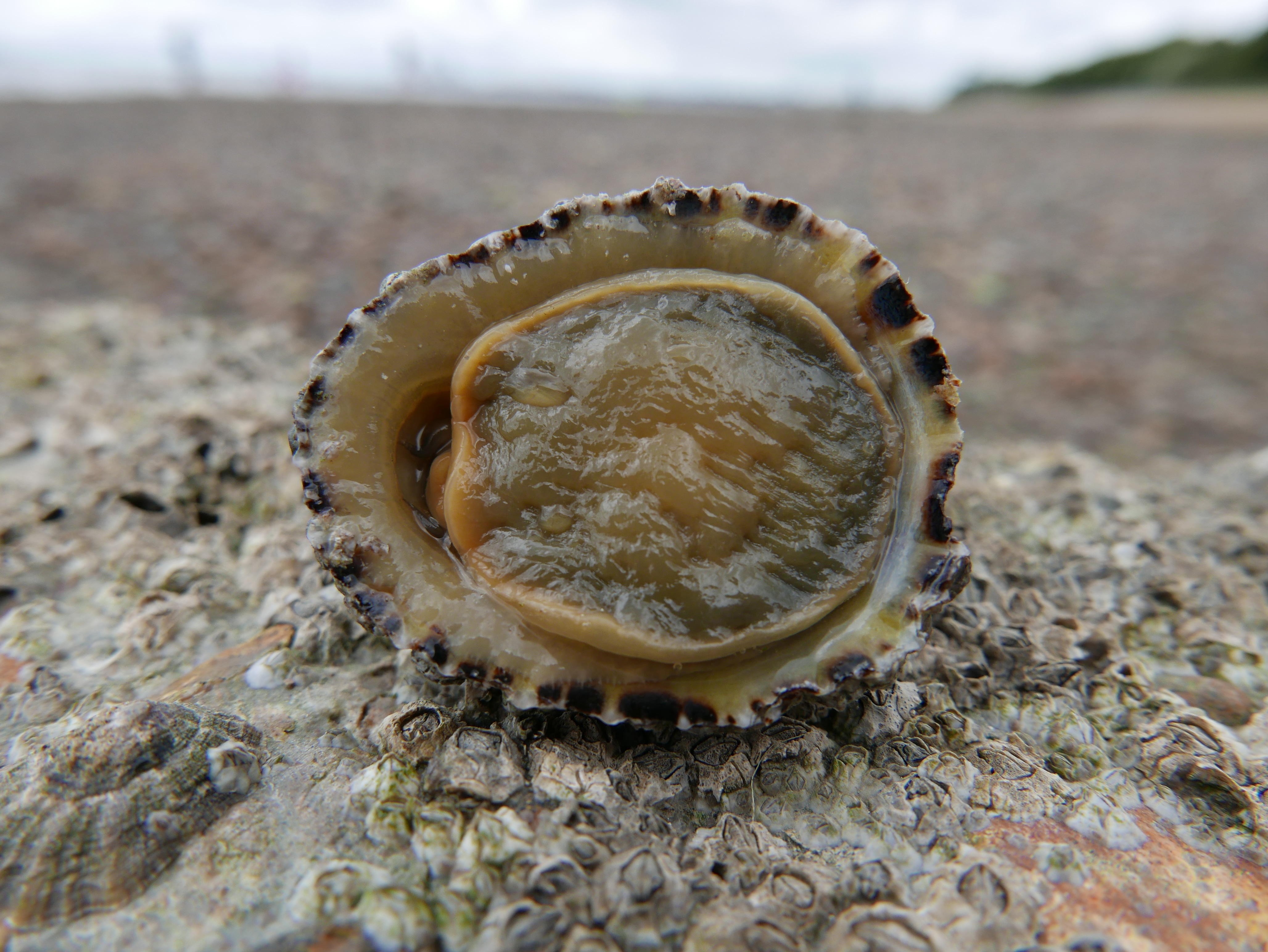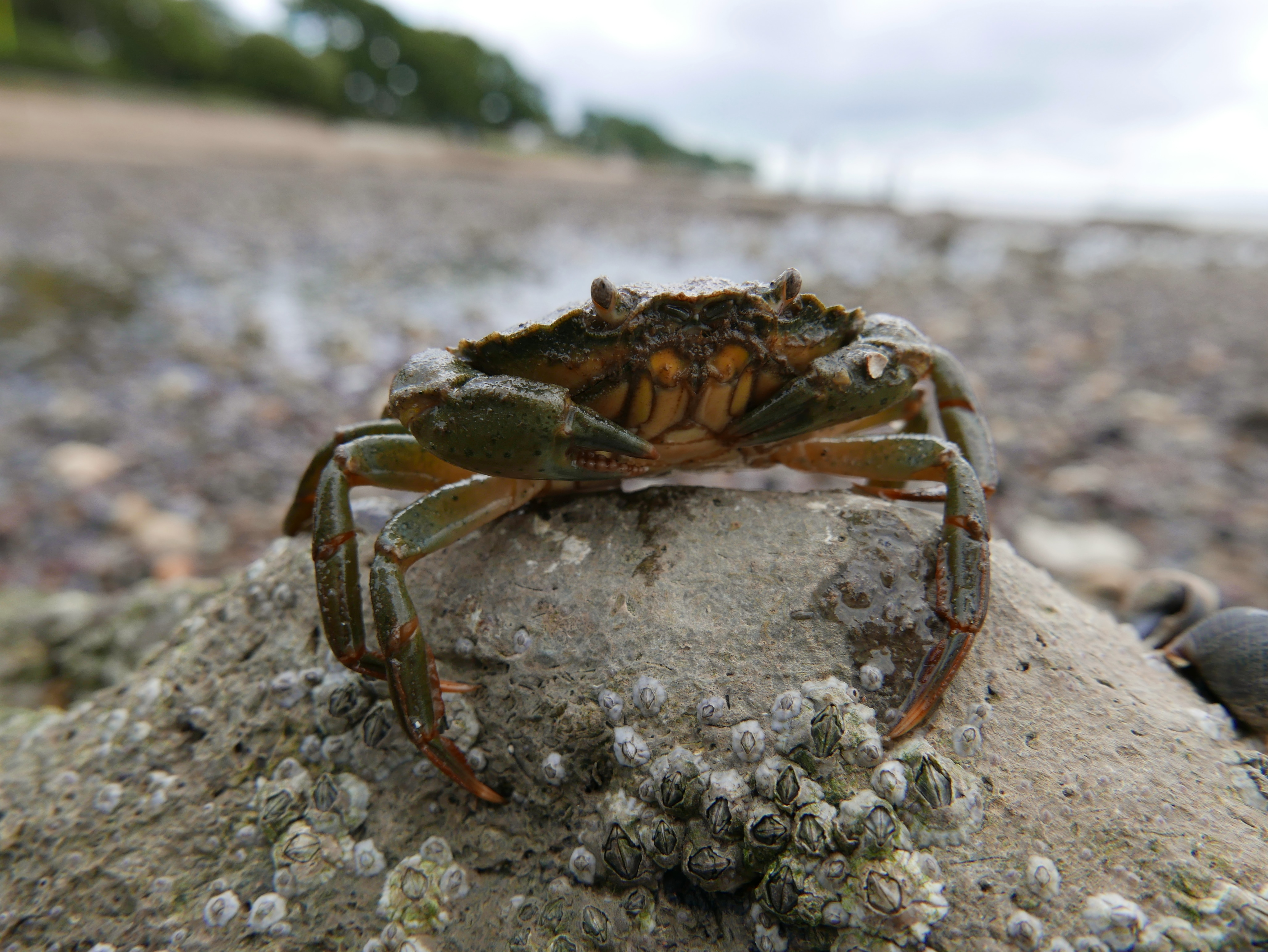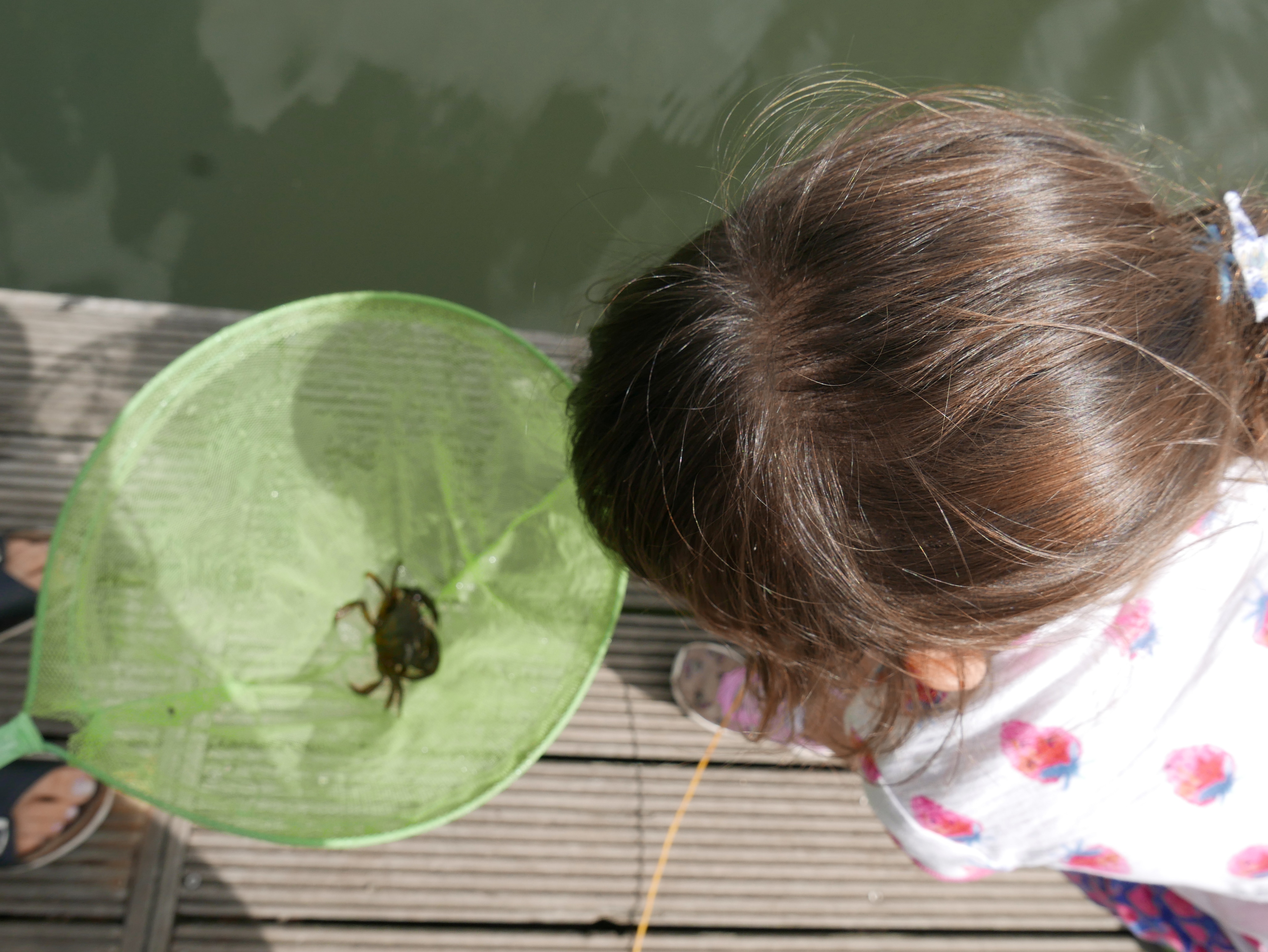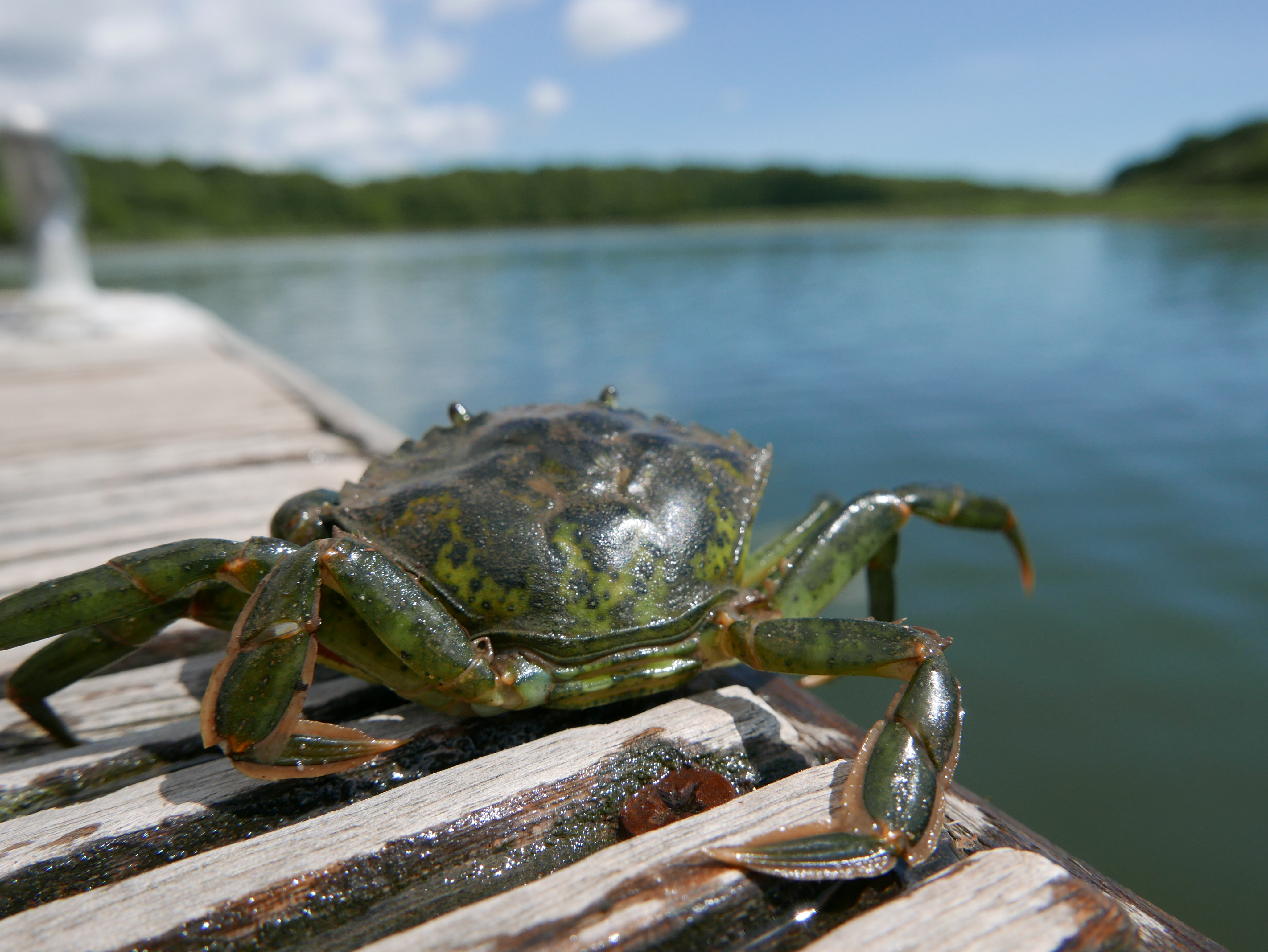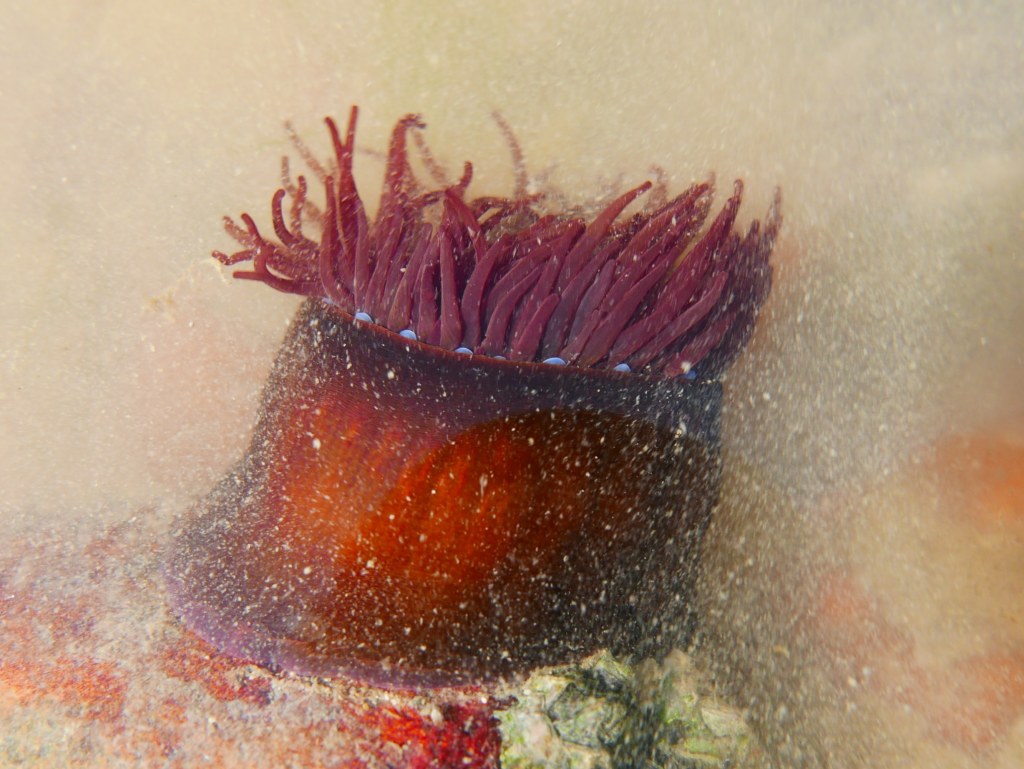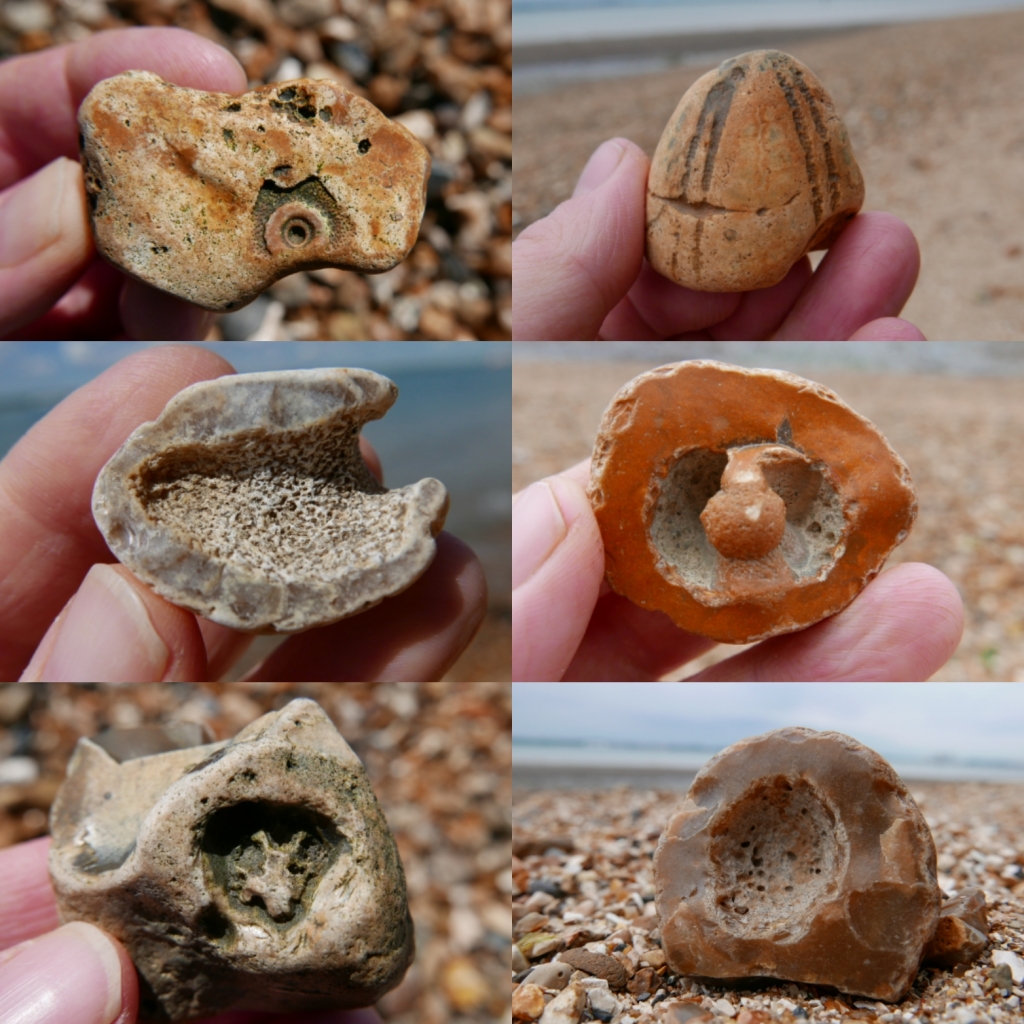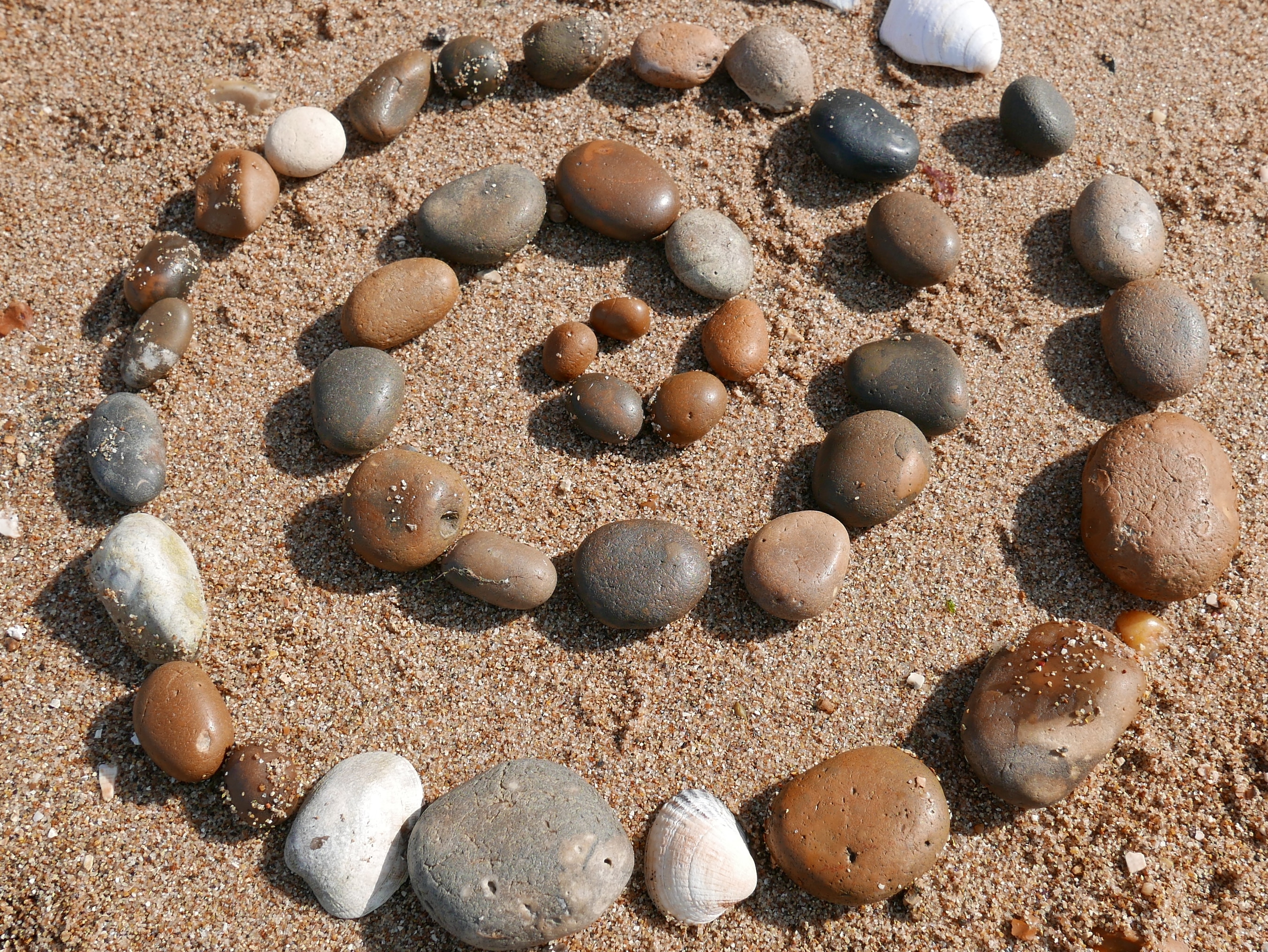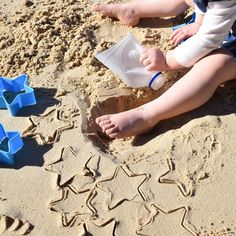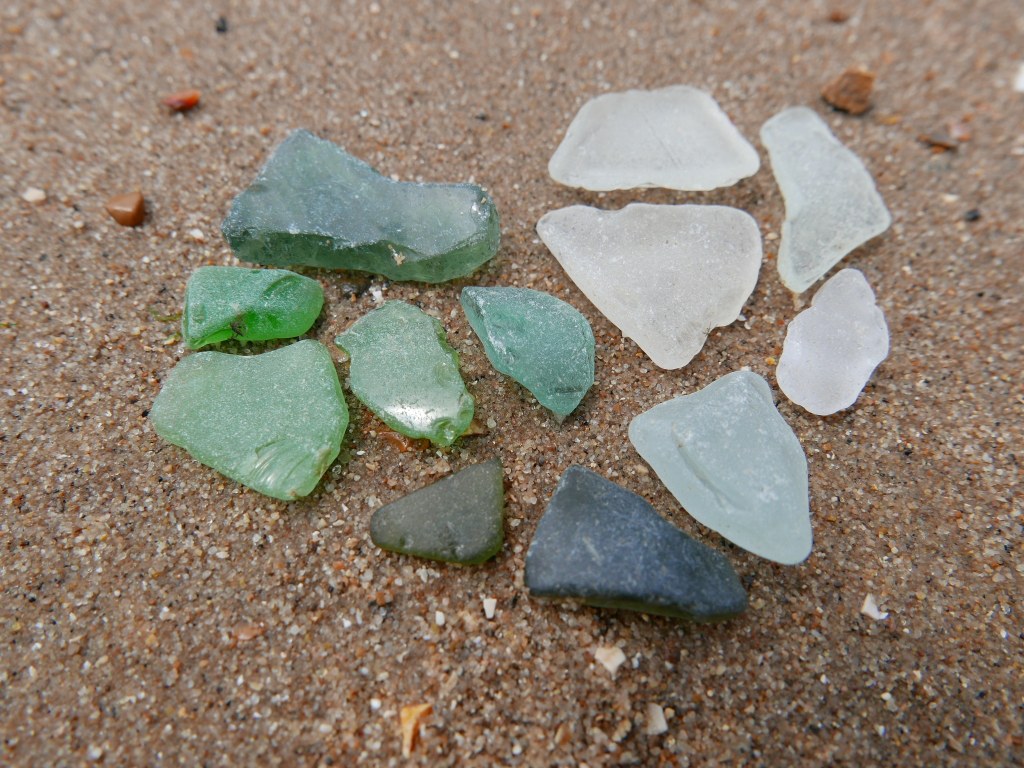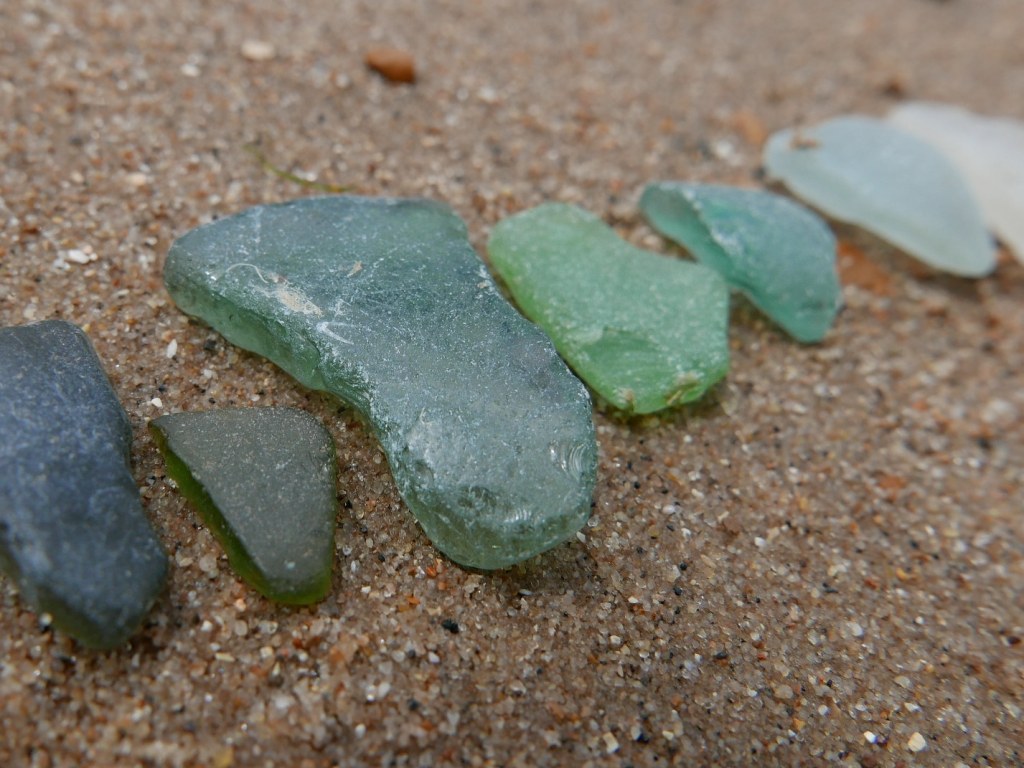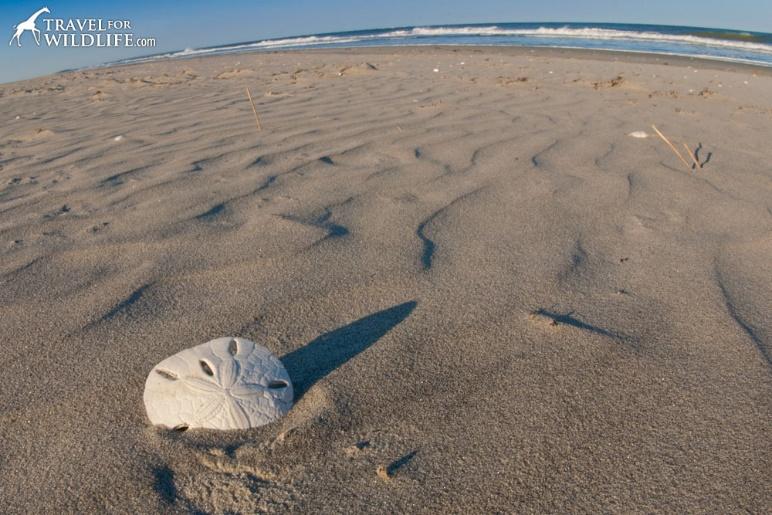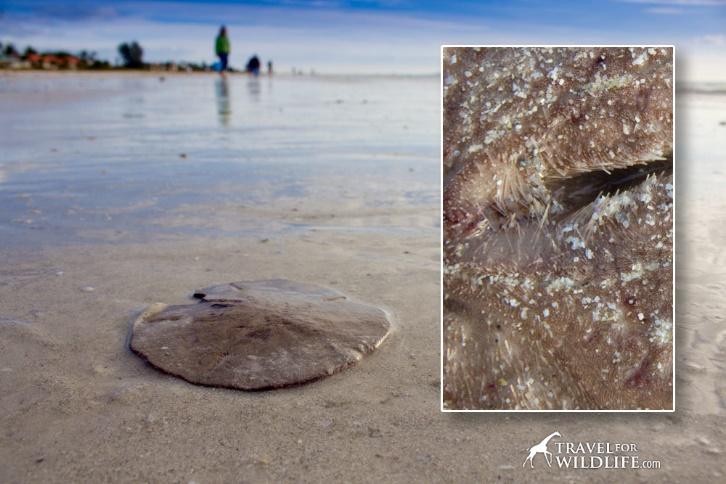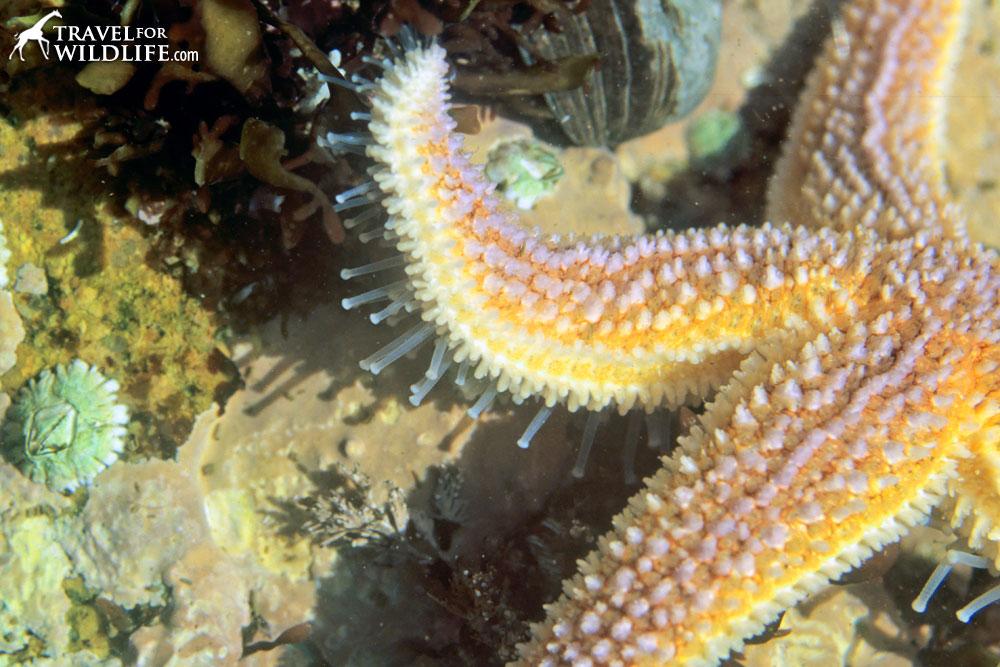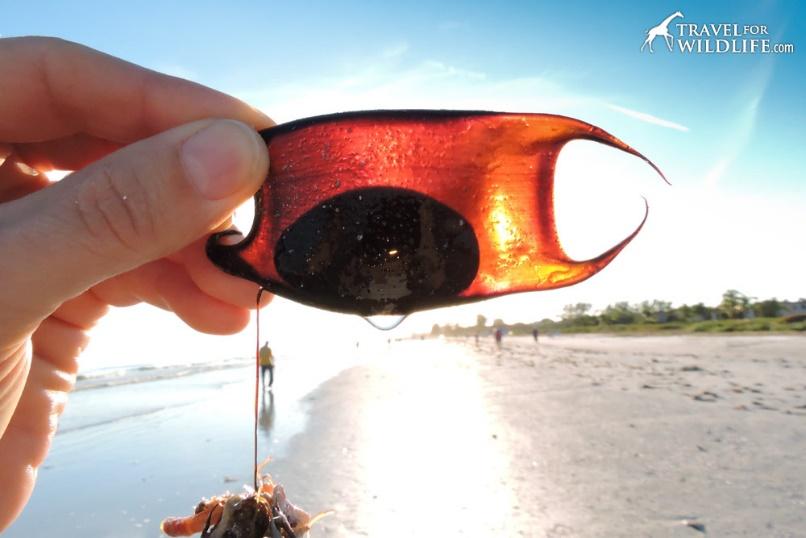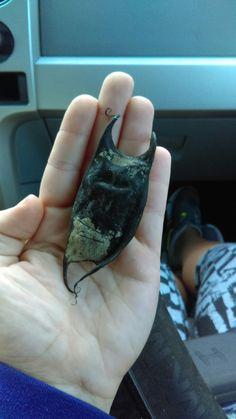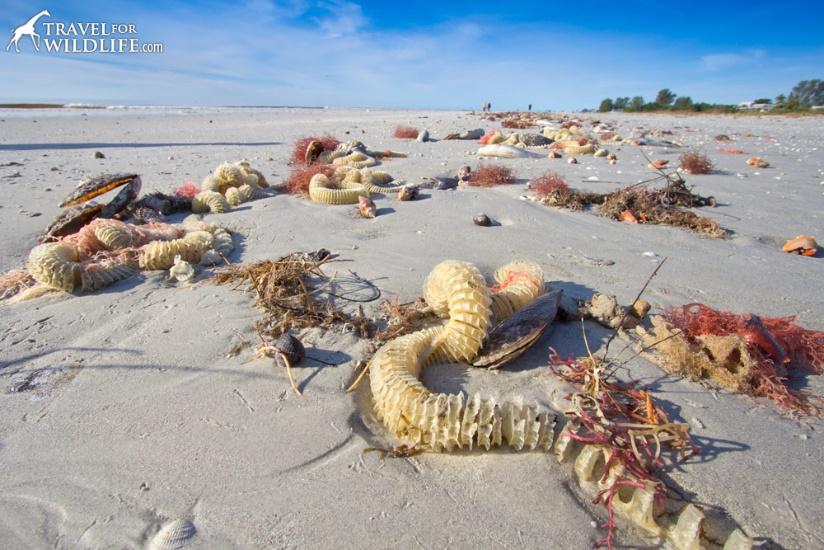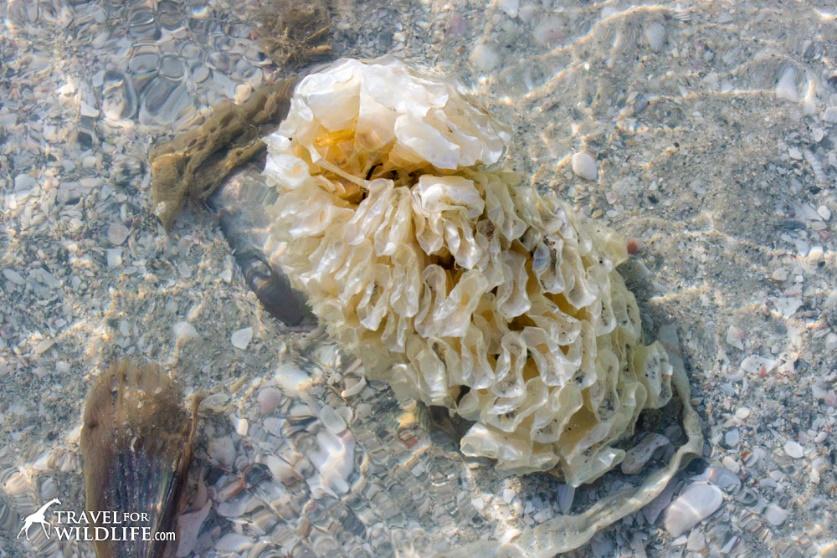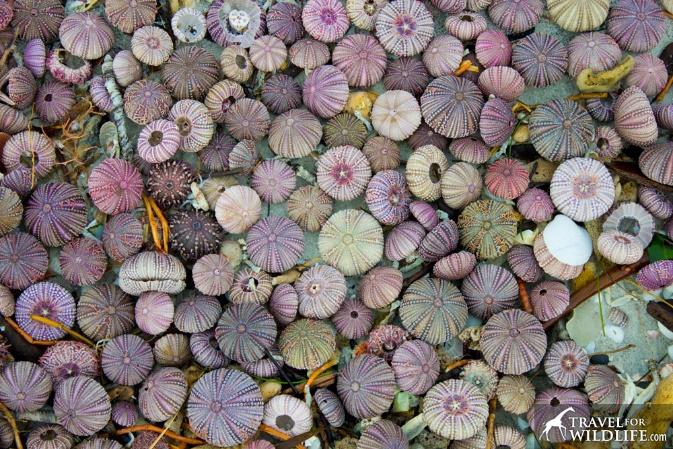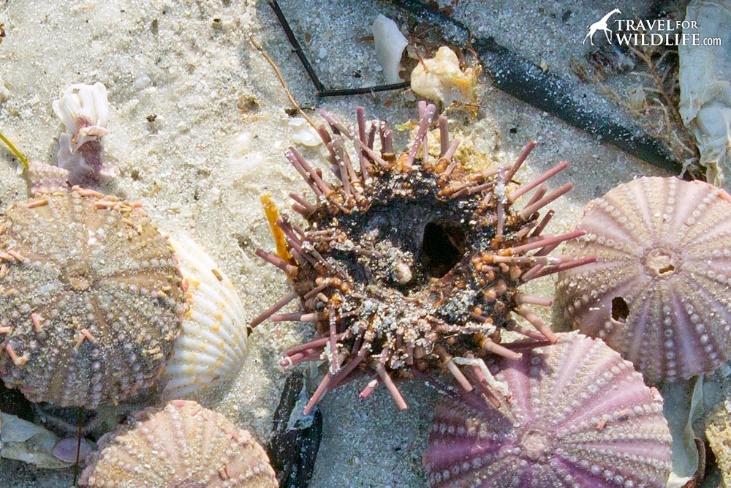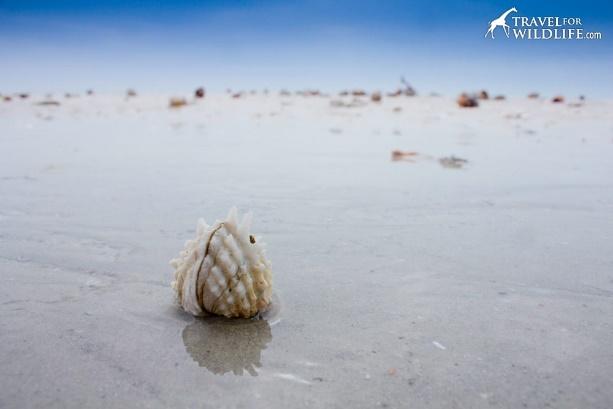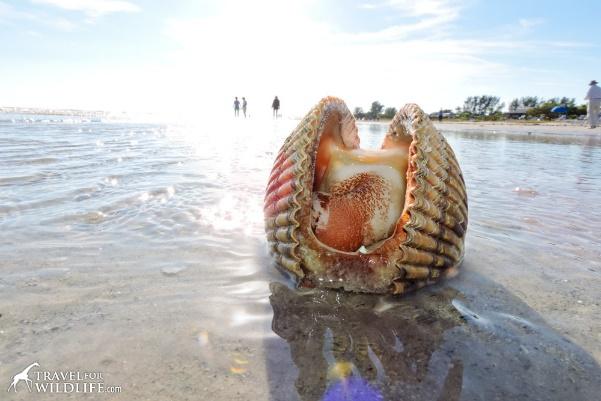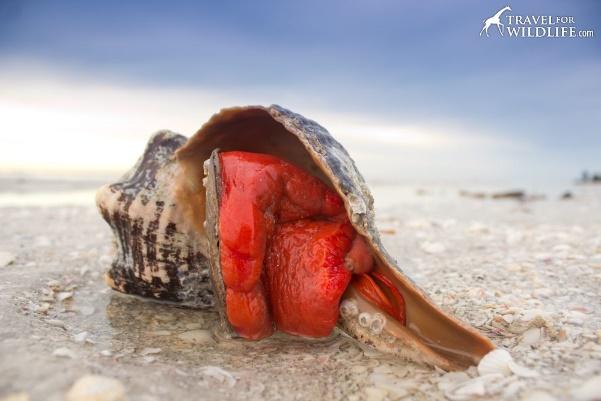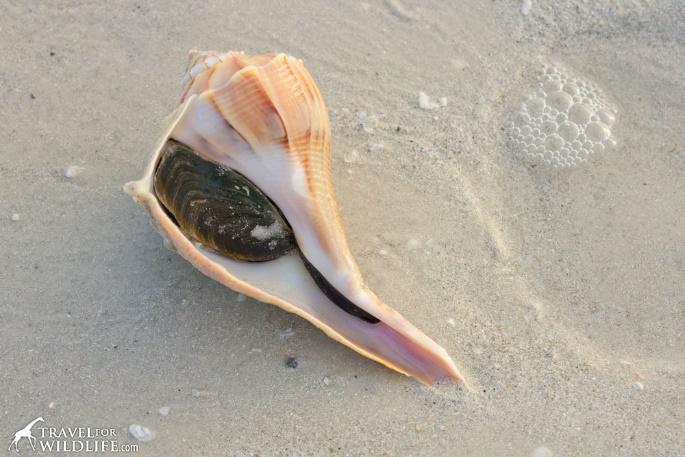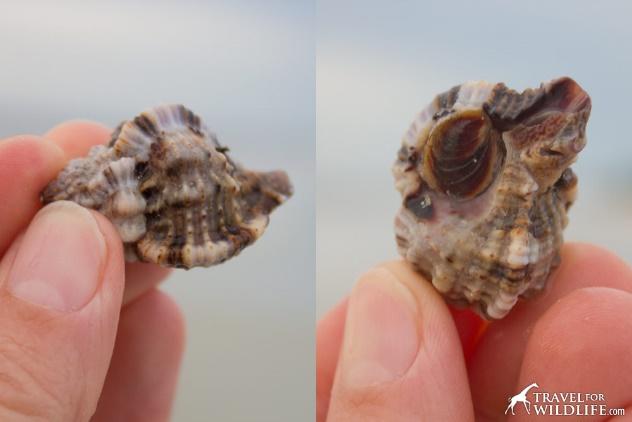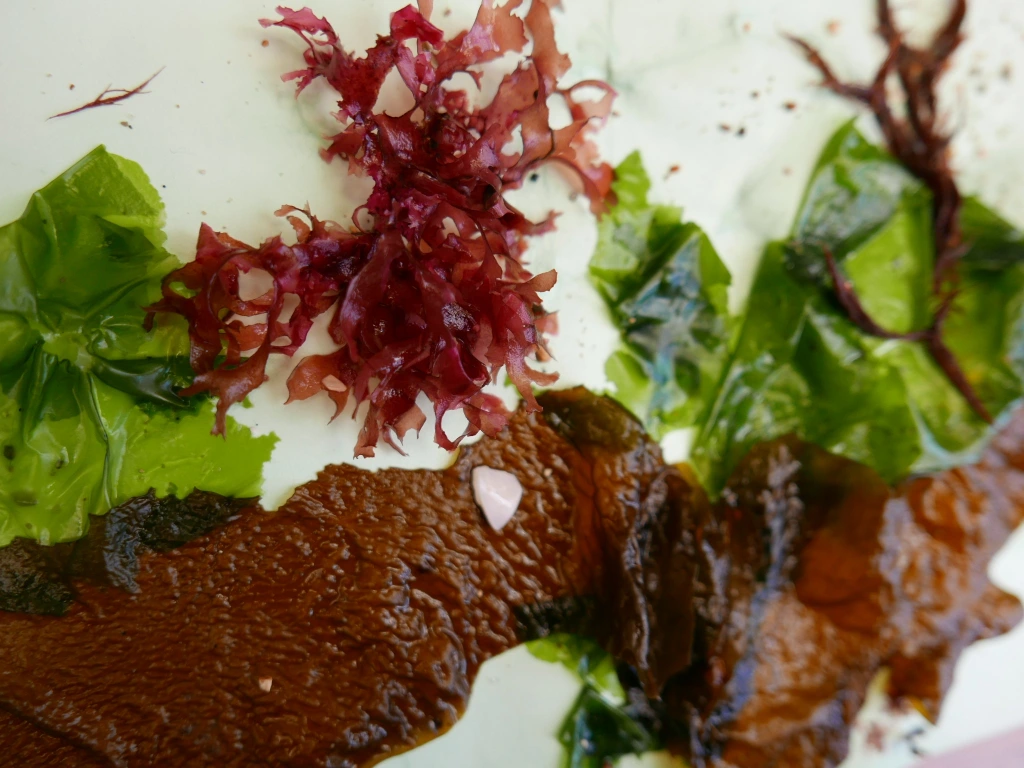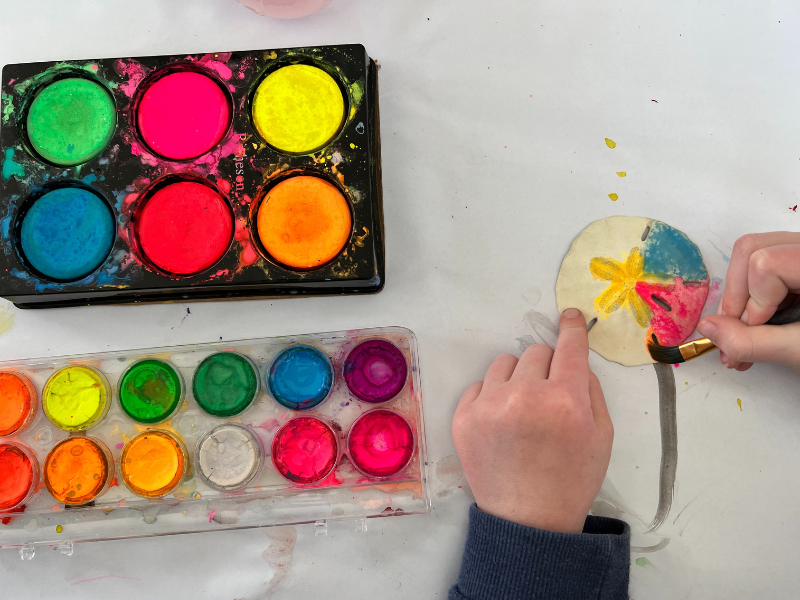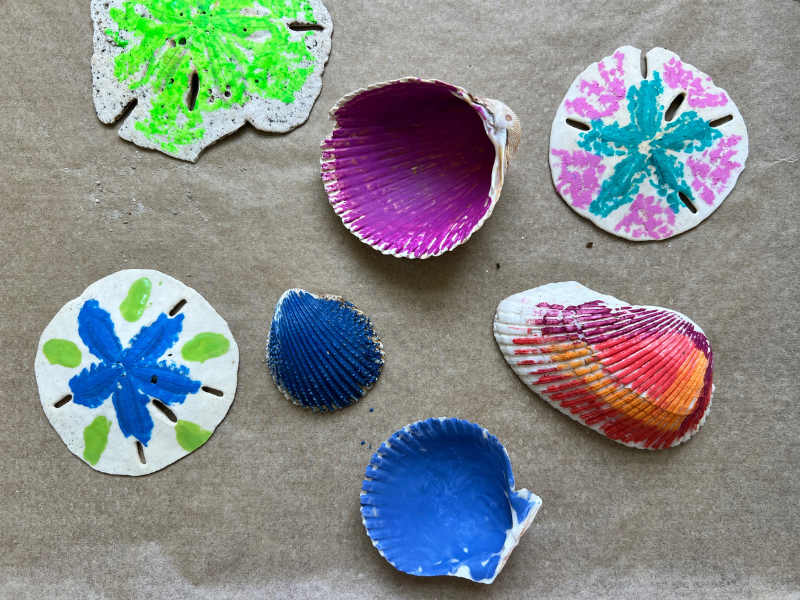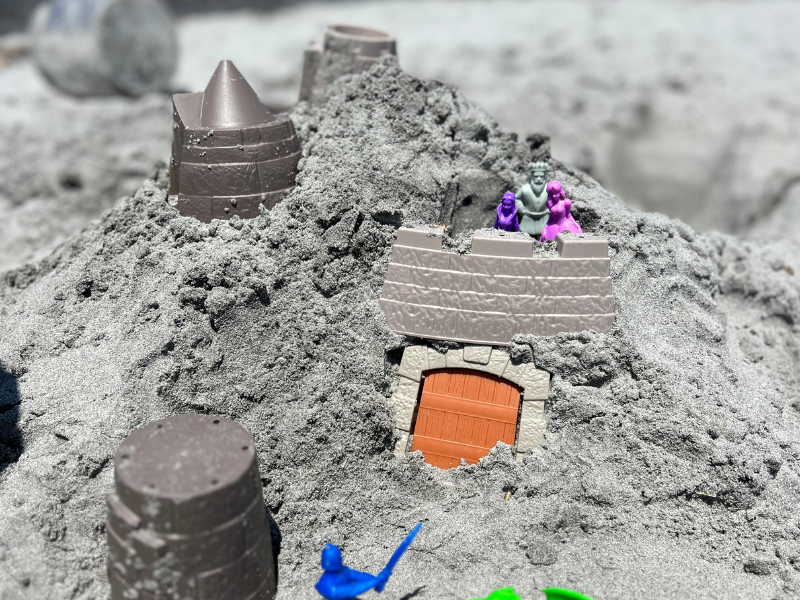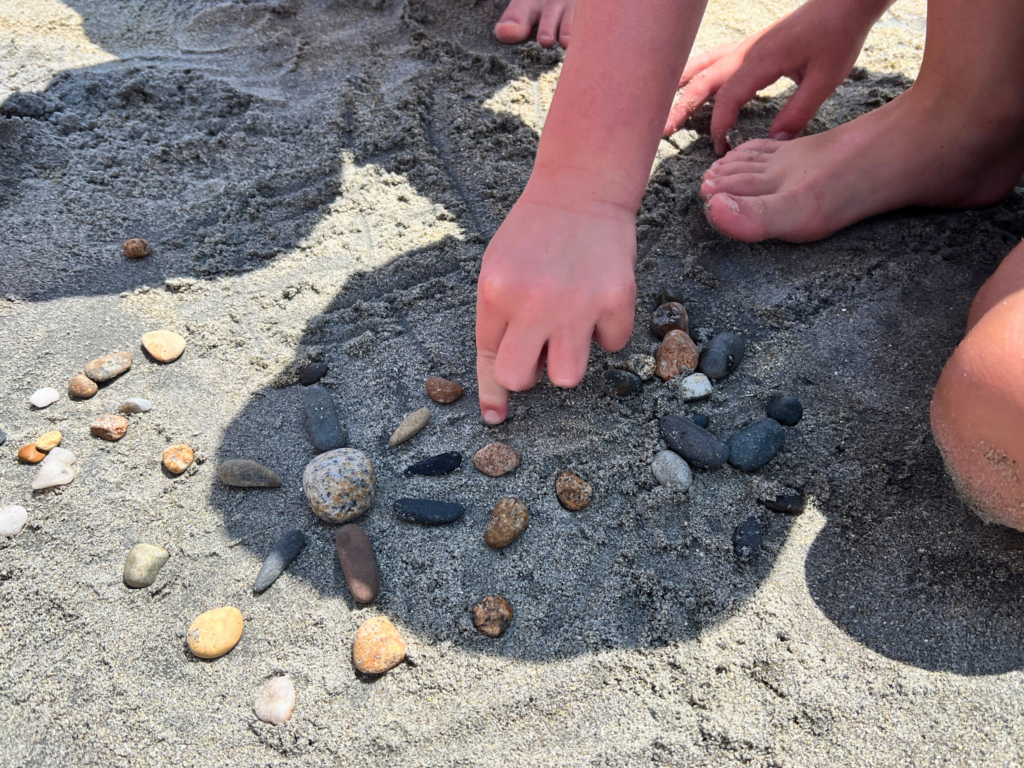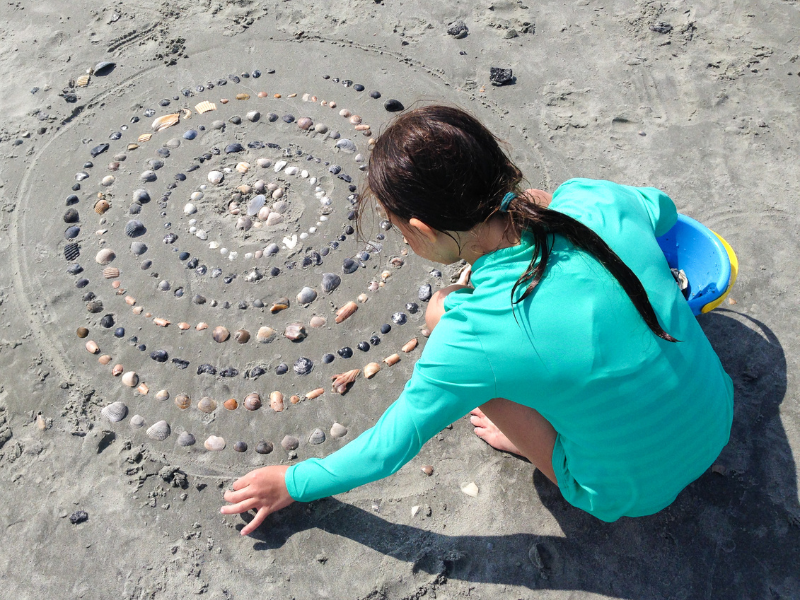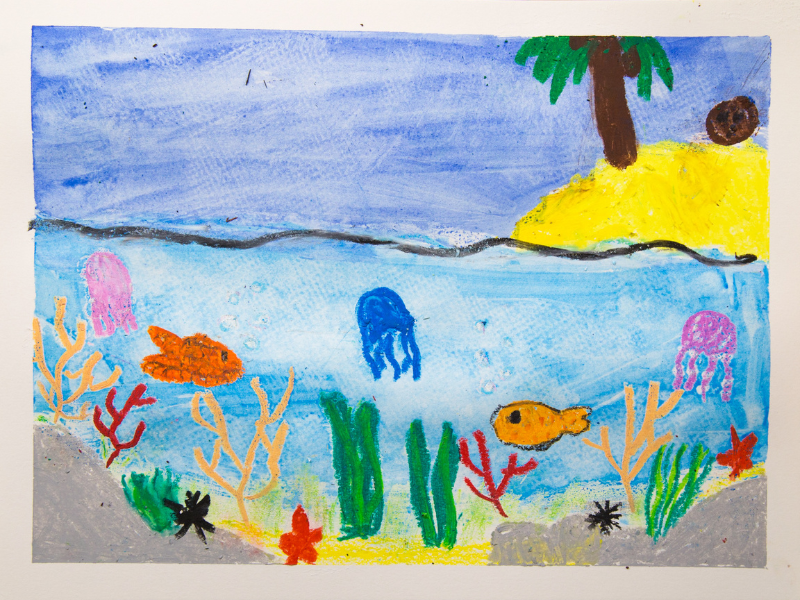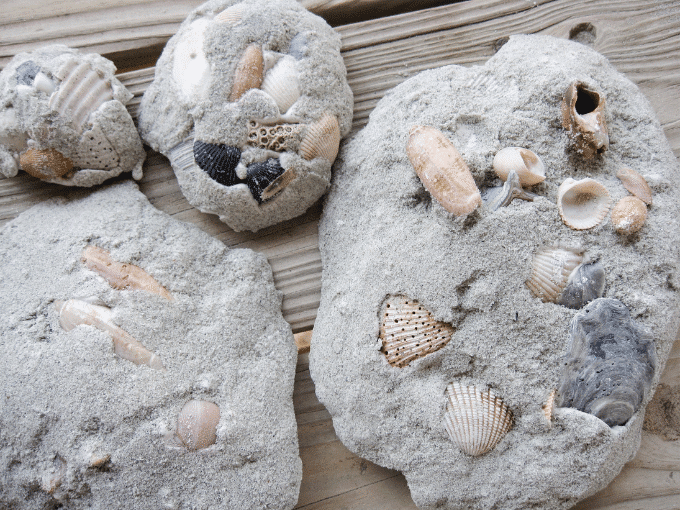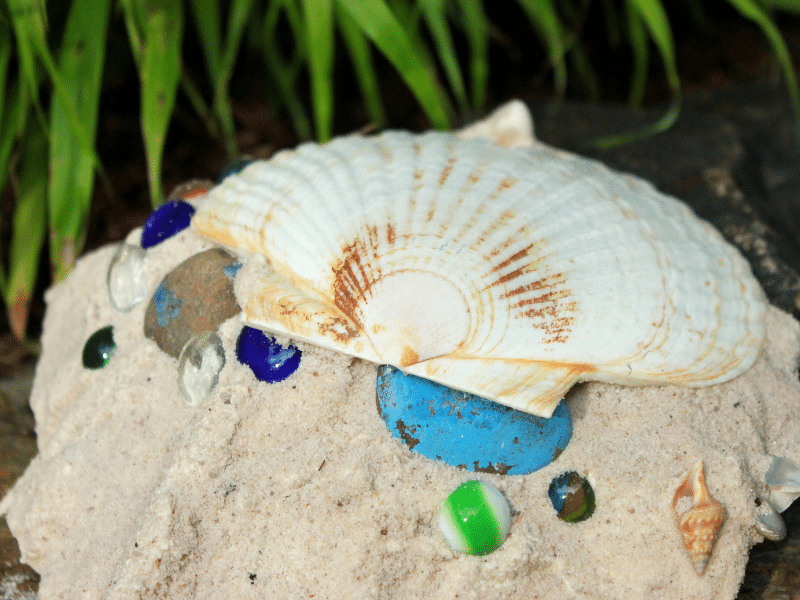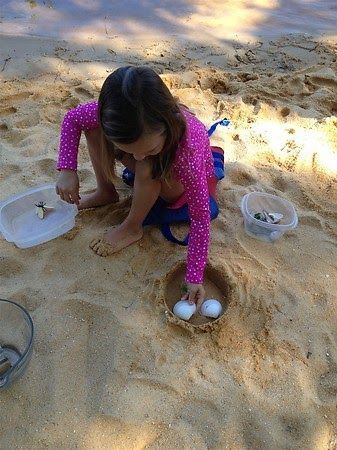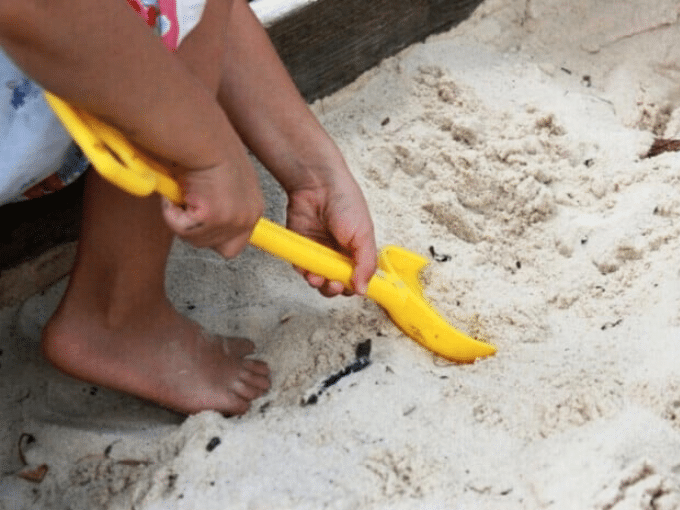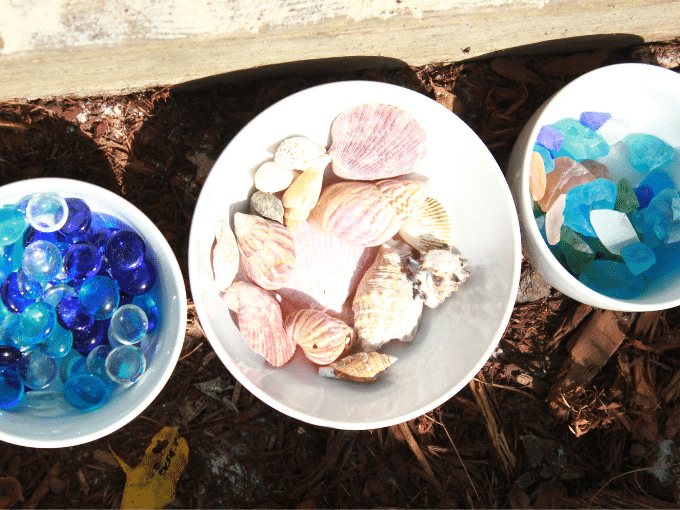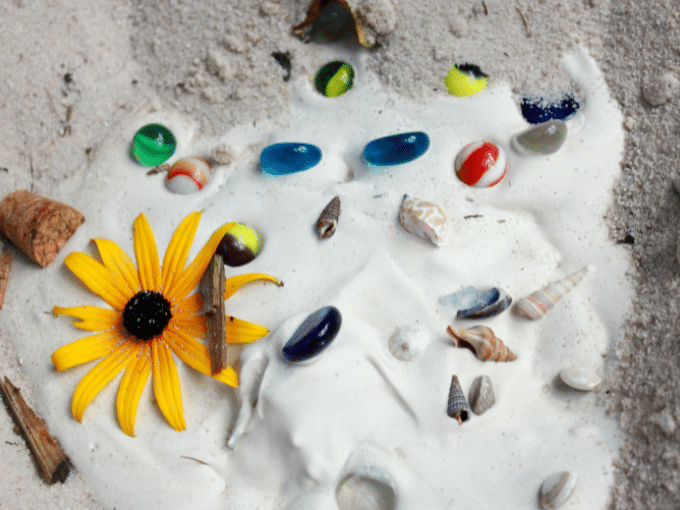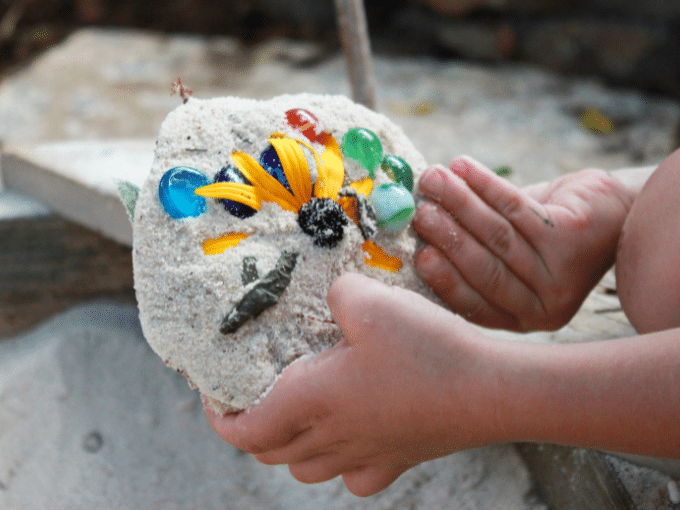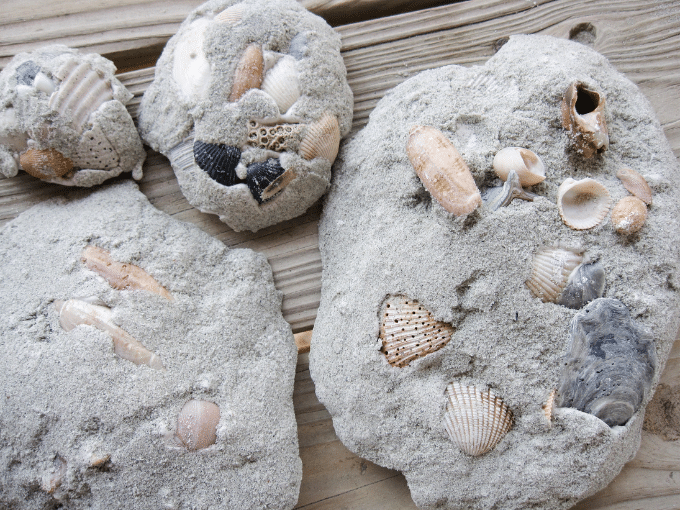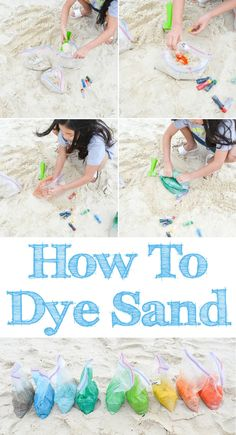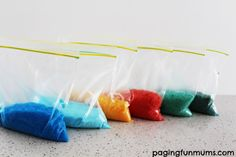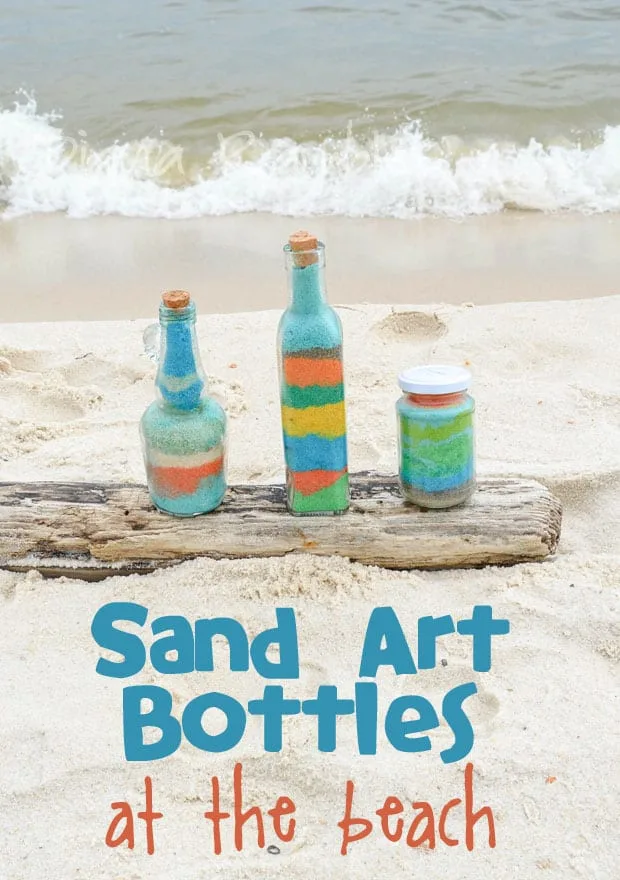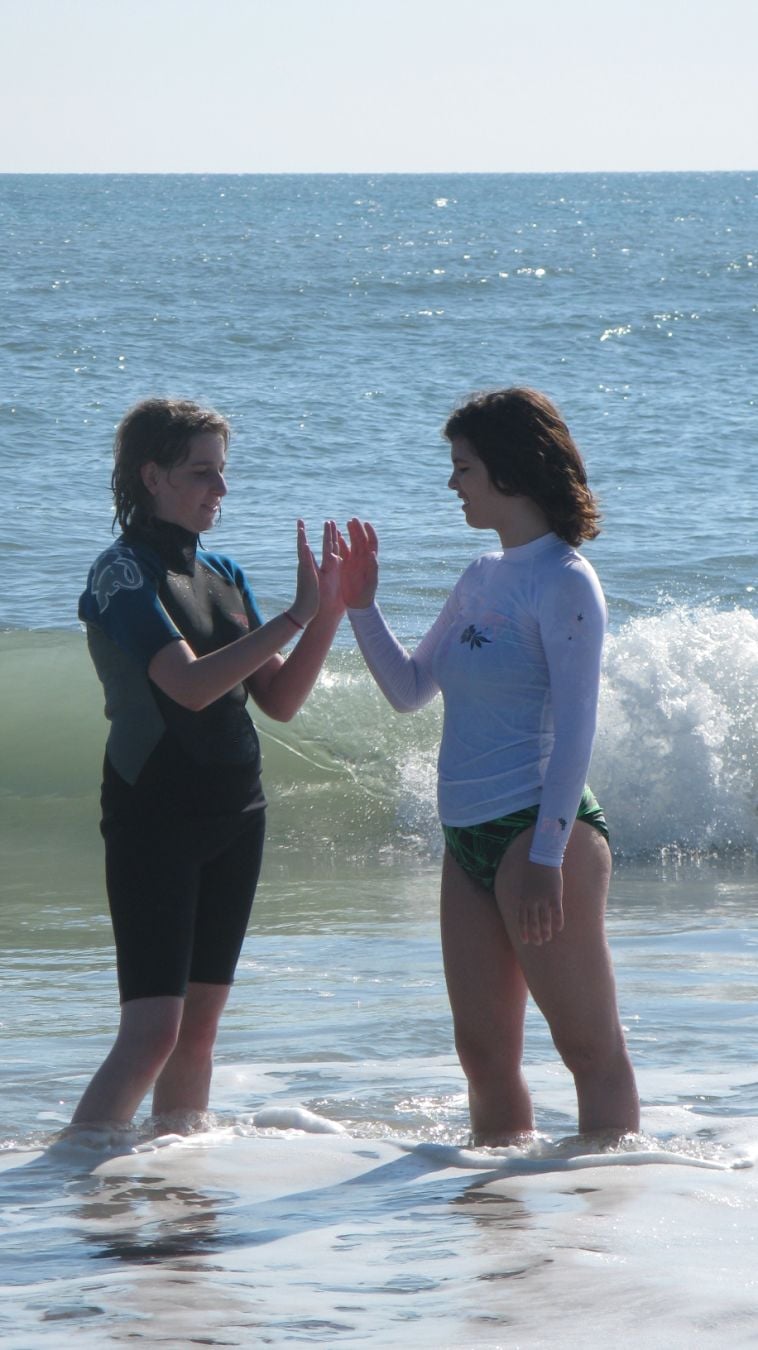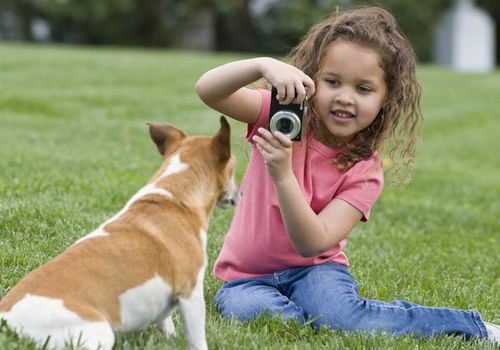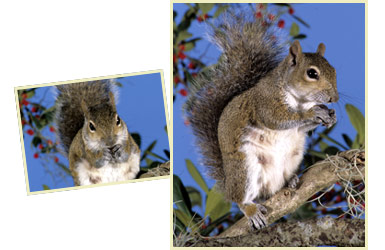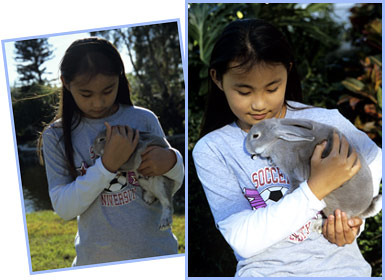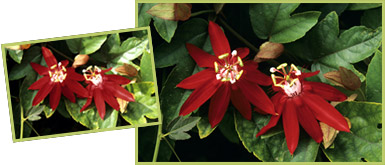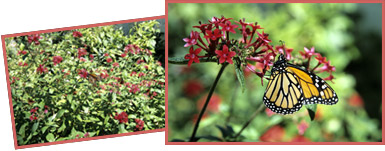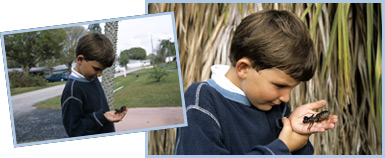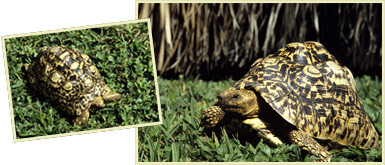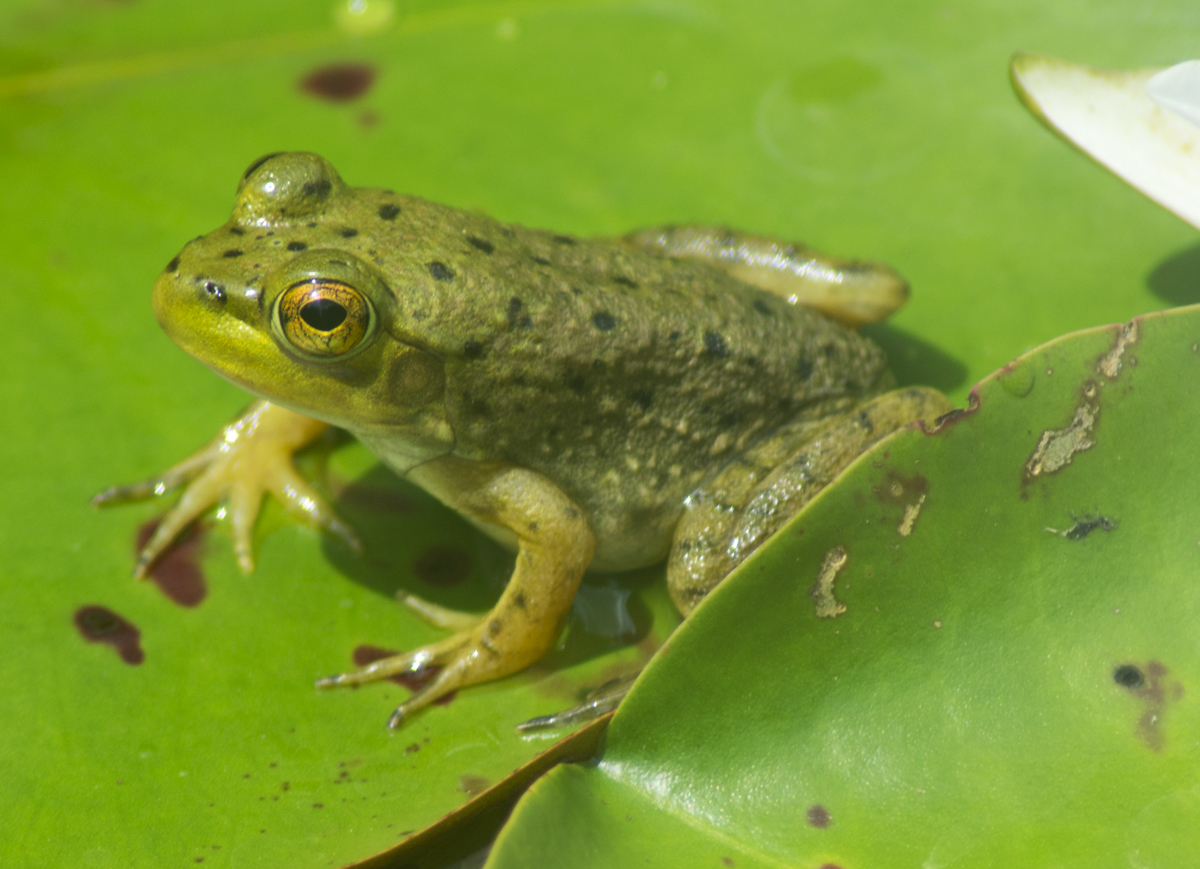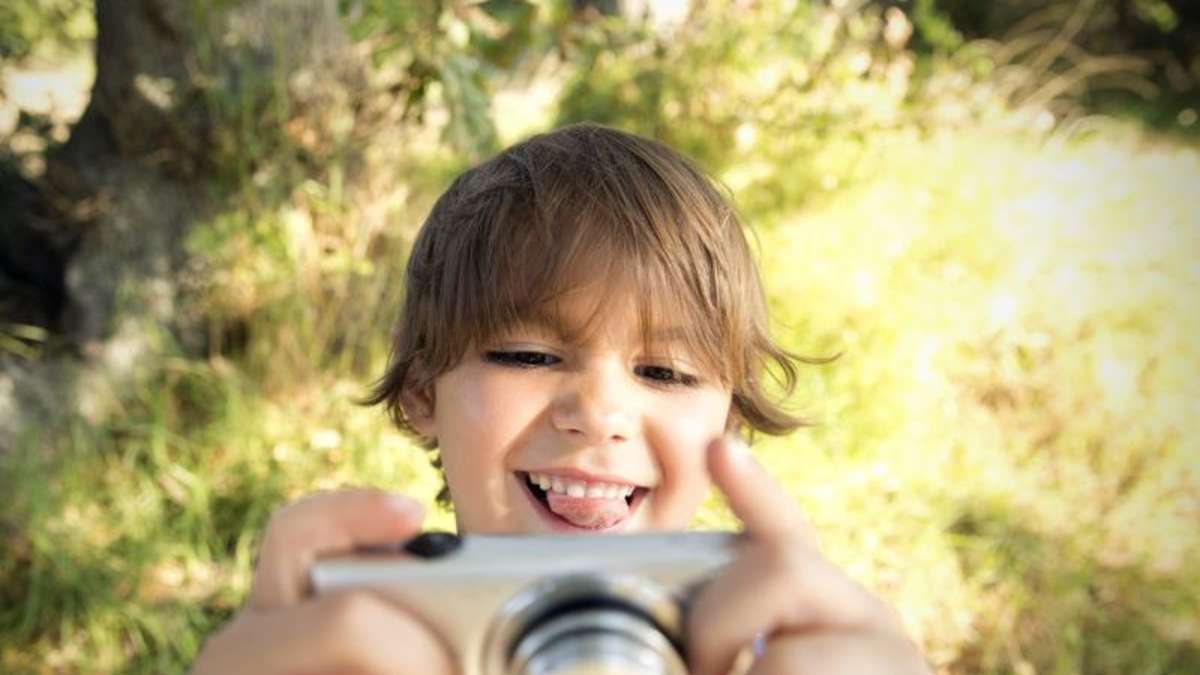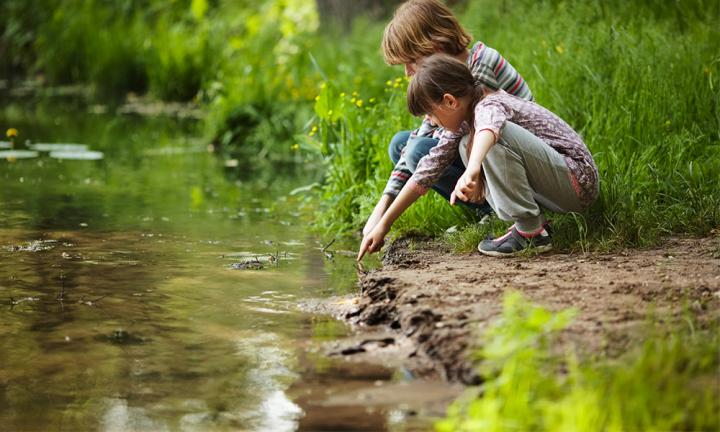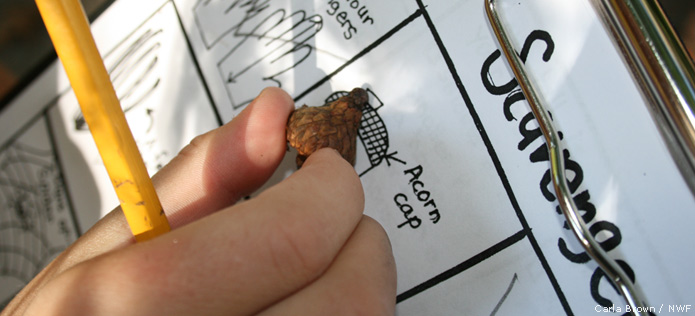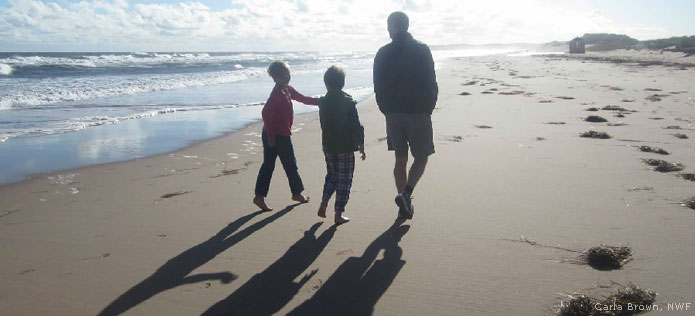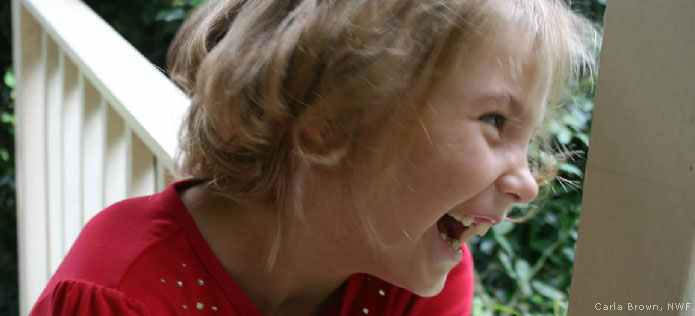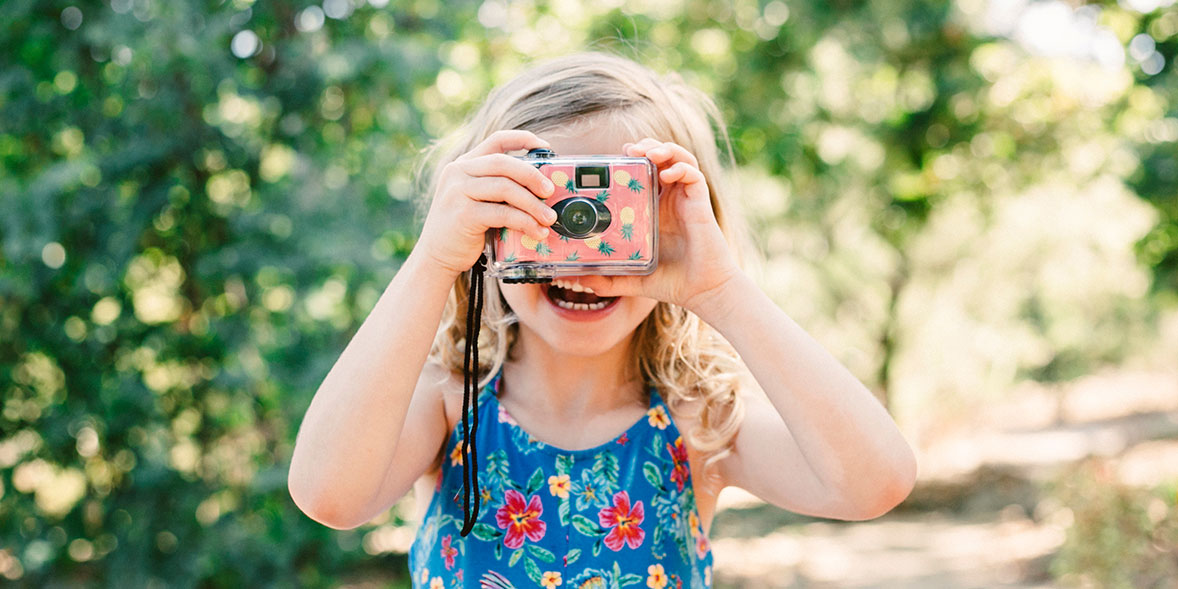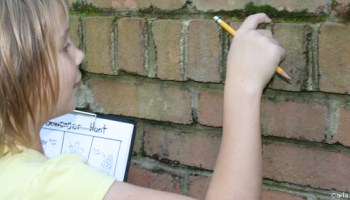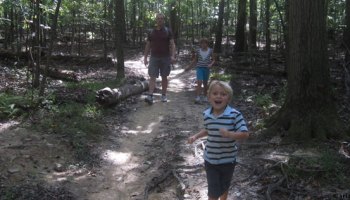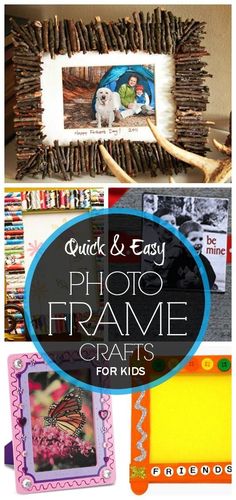
Ideas for taking in all that surrounds us on a walk in the woods
We love going on woodland walks to collect fallen twigs, branches, sticks and leaves for crafts and activities. However, I have spent my life trying to get rid of the universal notion that walks and hikes are about getting to a certain destination.
You can find a list below of over 30 fun and easy tree related activities ideas below for all ages to enjoy.
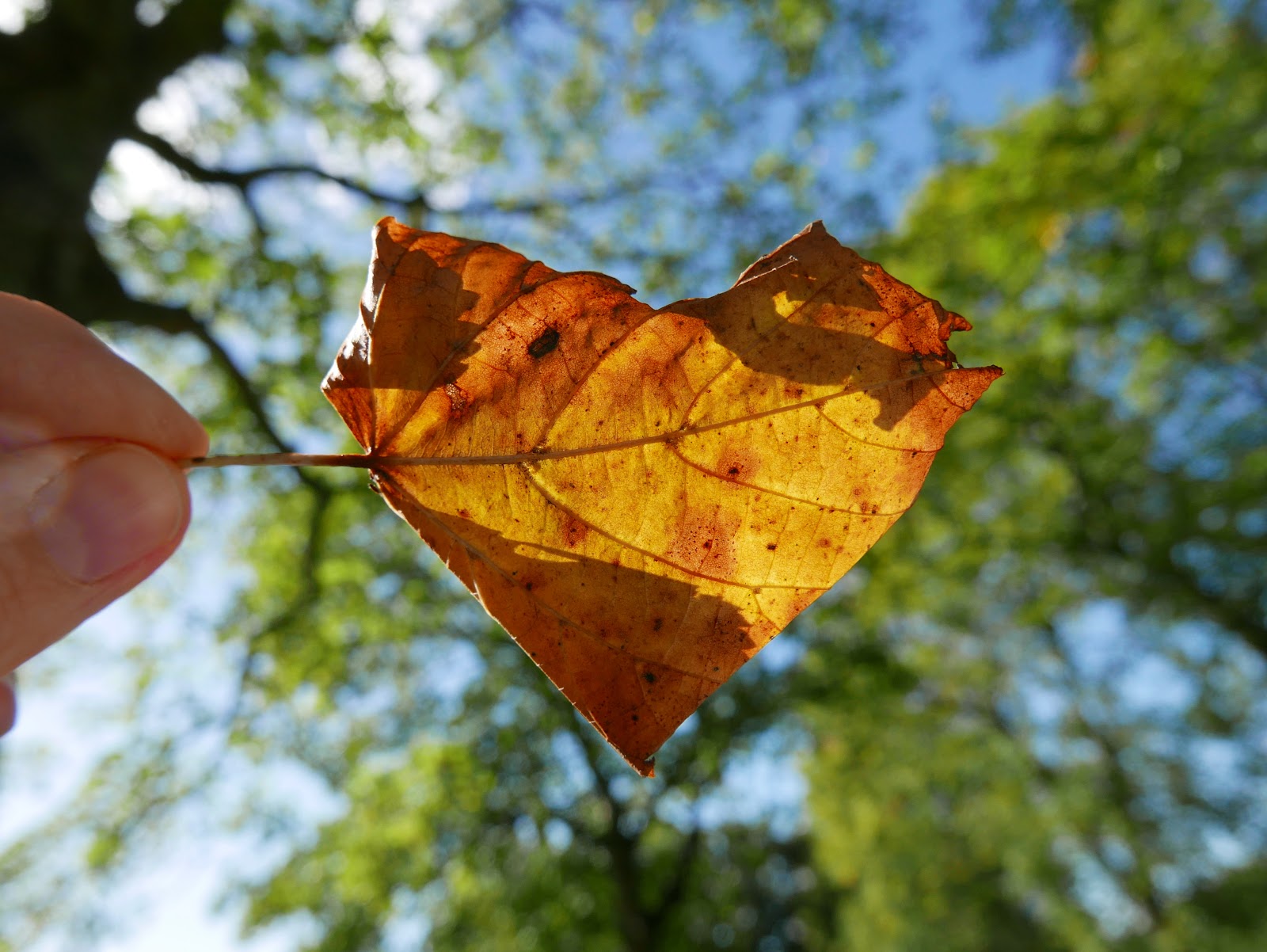
Trees are an important and vital part of our ecosystem, they create oxygen, soak up carbon dioxide, prevent soil erosion, retain nutrients in the soil and provide food and shelter for wildlife. Thousands of different species depend on trees from birds, mammals and invertebrates to reptiles, fungi, mosses and lichens. Even when a tree dies it still plays a vital role in the ecosystem. The dead wood creates nitrogen for the soil and provides habitats for a variety of animals.
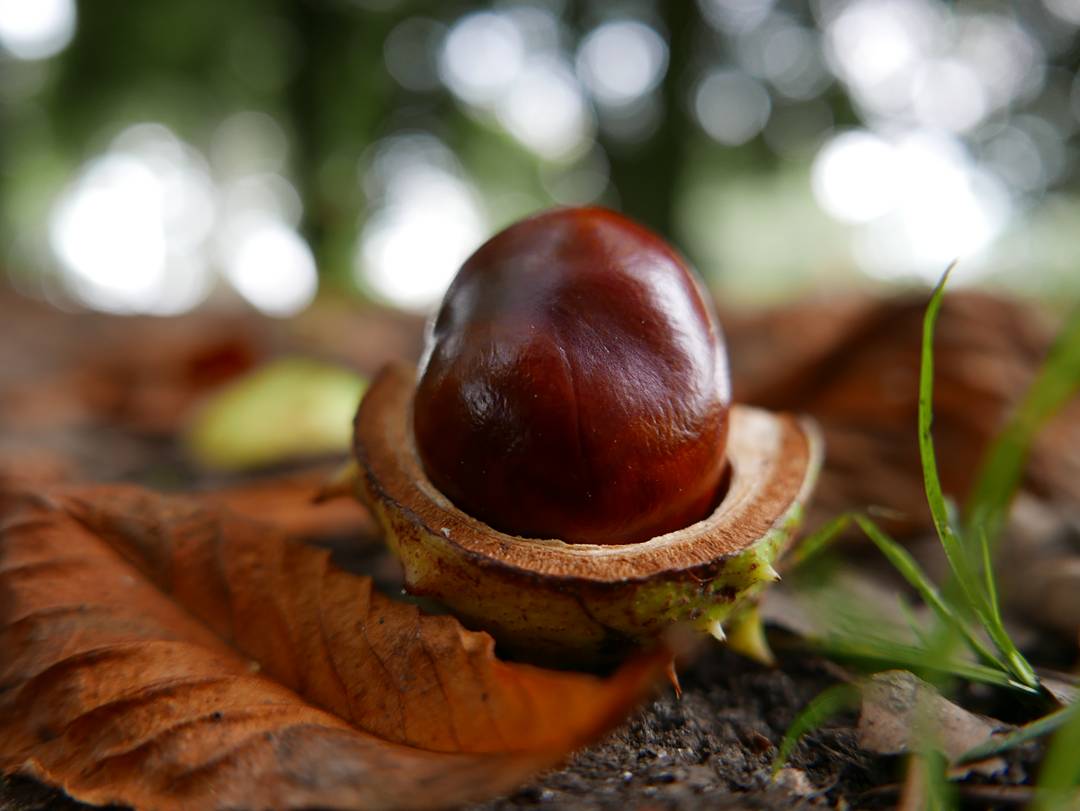
The Woodland Trust also have some fantastic, free tree identification guides that you can download here to help you identify the different types of trees you find.
Nature Faces
Take some natural clay with you to make funny and silly Nature Faces using acorns, flower petals, sticks, seeds, berries, and other things you find along the way.
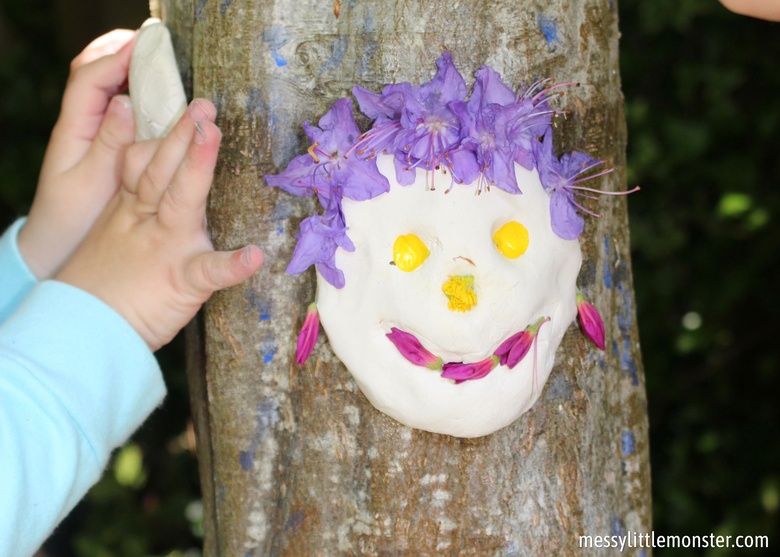

2. NATURE CHARACTERS AND ANIMALS
Nature characters are so simple and fun to make for children of all ages. They are also a great way to stimulate conversation and explore different textures, colors, shapes and patterns. Simply draw a face onto a piece of cardboard and then cut it out. When you have cut out the faces you can take them on a woodland walk and place them by any interesting natural objects you find, to give your characters fun and interesting hair. How about taking photos of all the characters you create so you turn them into artwork, cards or pictures.
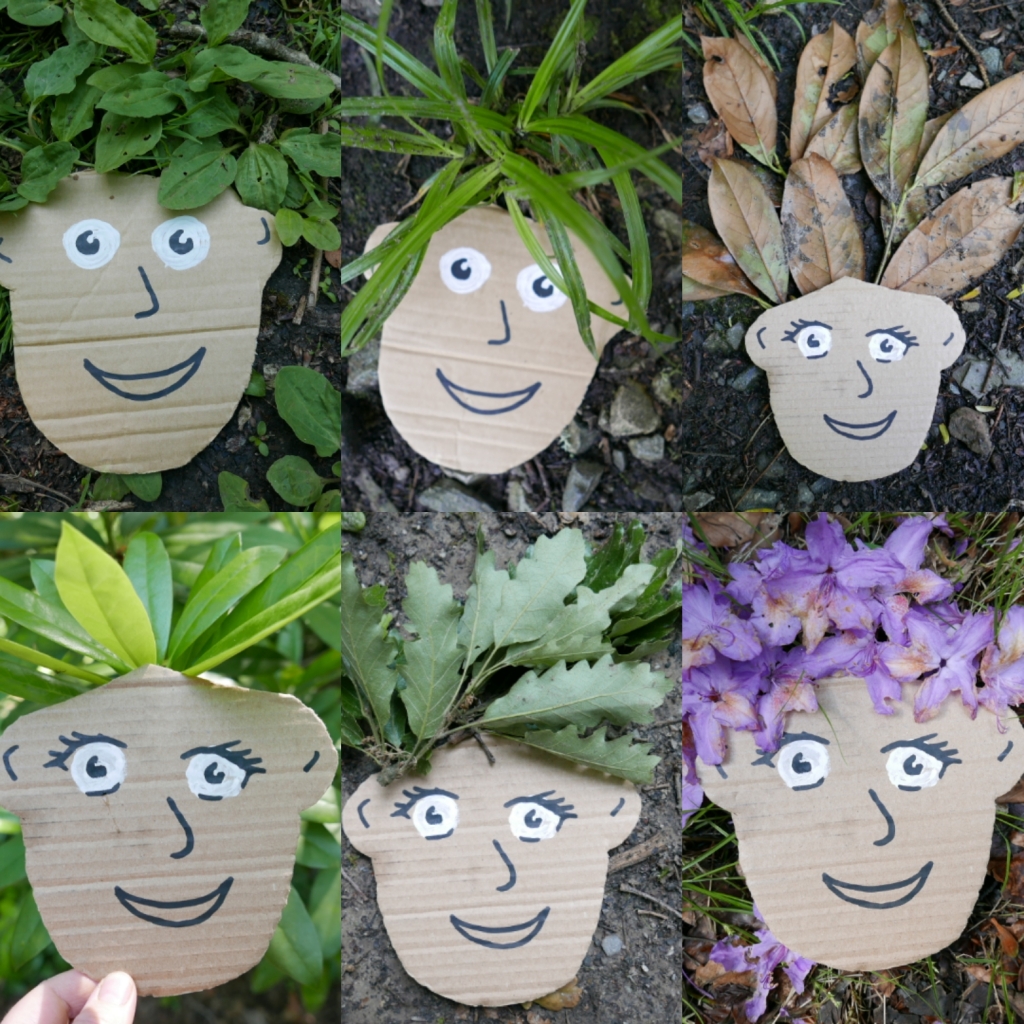
You could also make animal versions of your natural faces and cover or decorate them with interesting natural objects to give them fur, feathers, spines, ears, legs or wings. You could use leaves, stones, grass, bark, twigs, fallen fruit, nuts and seeds and flowers. *But pretty please don’t pick any wild flowers, only collect ones you have grown yourself or fallen ones you find on the floor.
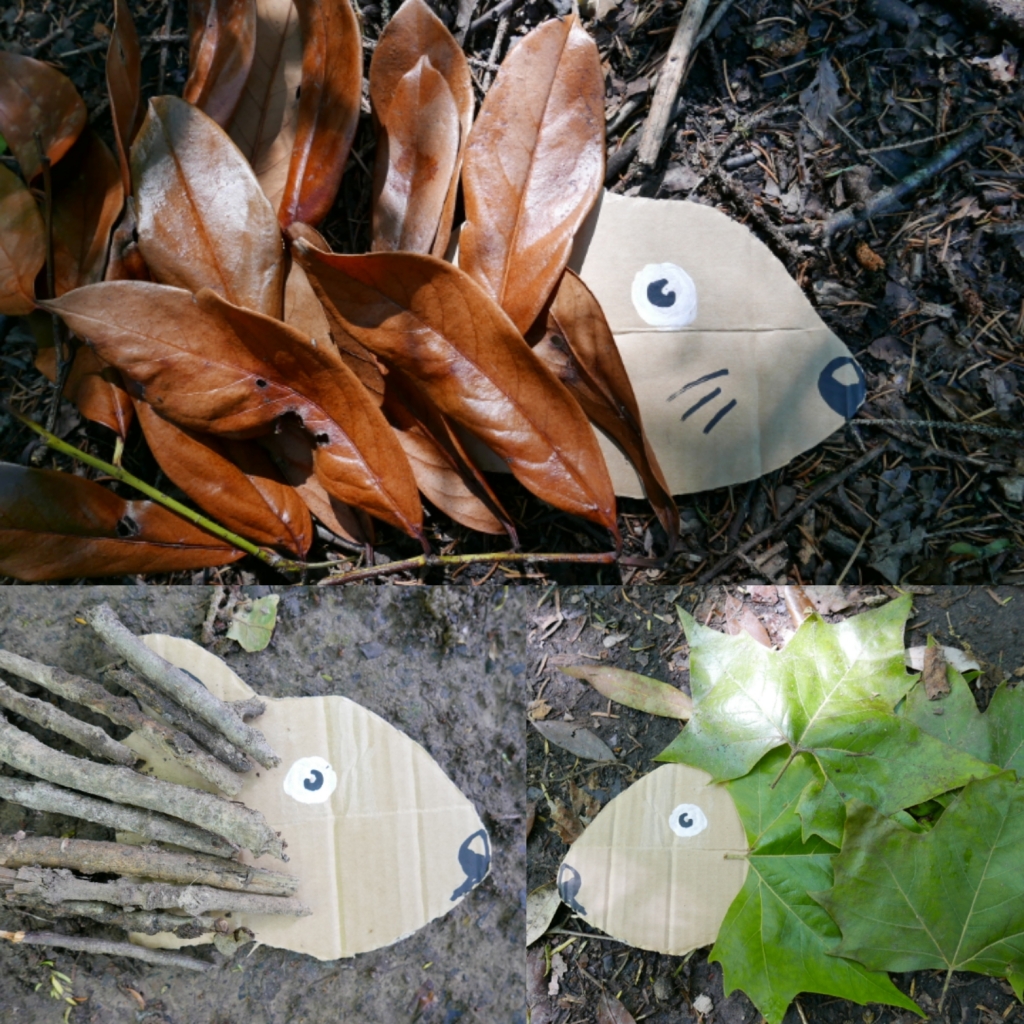
3. STICK PEOPLE AND WOODLAND FIGURES
Making stick people and woodland figures is a fun and easy activity for children of ages where you can use any sticks and branches you find to create fun and interesting characters. You can easily bring the sticks and branches you find on walks to life by giving them faces and different expressions using just marker pens or paint.
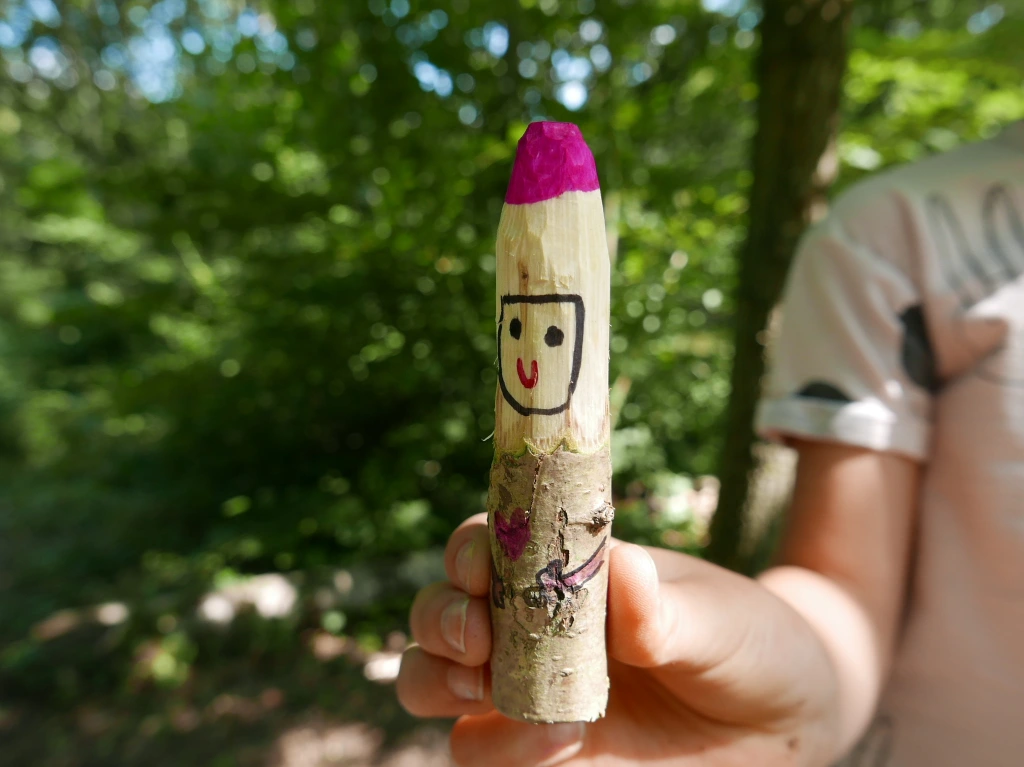
Older children and adults could also remove the bark at one end of the stick or branch using an old vegetable peeler (Adult supervision required) or sandpaper to create a smoother surface to paint and draw the faces onto.
You could also give the figures hair and clothes using old wool, string, ribbon, strips of fabric or found natural materials like grass, leaves, bark, thin twigs, seed cases and flowers. *But pretty please don’t pick any wild flowers, only collect ones you have grown yourself or fallen ones you find on the floor! You could either tie the materials on or use non toxic glue to stick and collage them onto the stick.
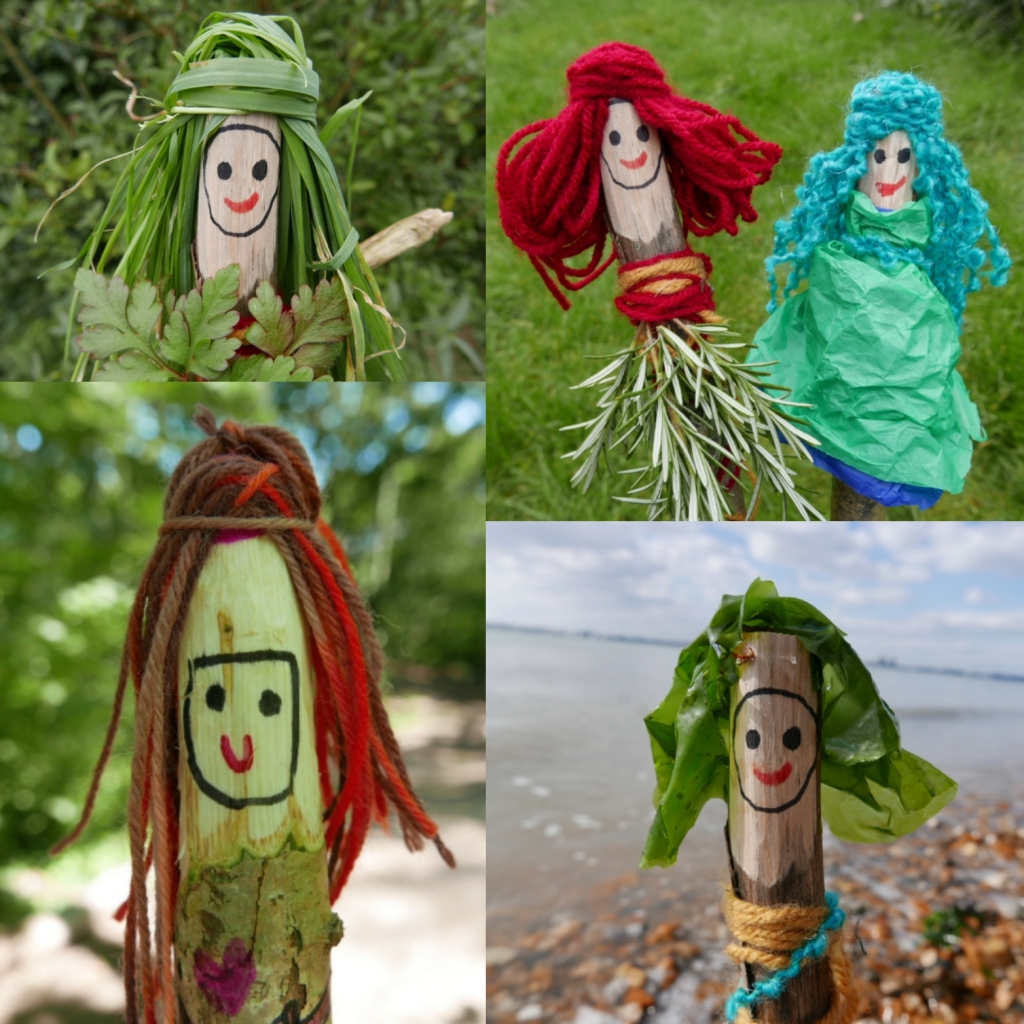
When you have finished making your characters and figures you can use them in pretend play and role play or as story props, puppets or decorations. You could even take them out on nature walks, adventures and picnics, the possibilities are as endless as your imagination.
4. JOURNEY STICKS
Journey sticks are a great way to engage children of all ages in the natural world. All you need to make a journey stick is a stick or short branch and some old string or rubber bands, wool or ribbon to wrap around it. The children can then collect interesting natural items* that they find a woodland walk and thread and weave them onto the stick as they go. Don’t forget to talk about all the things you find along the way. *Please don’t pick any wild flowers, only collect ones you have grown yourself or fallen ones you find on the floor.
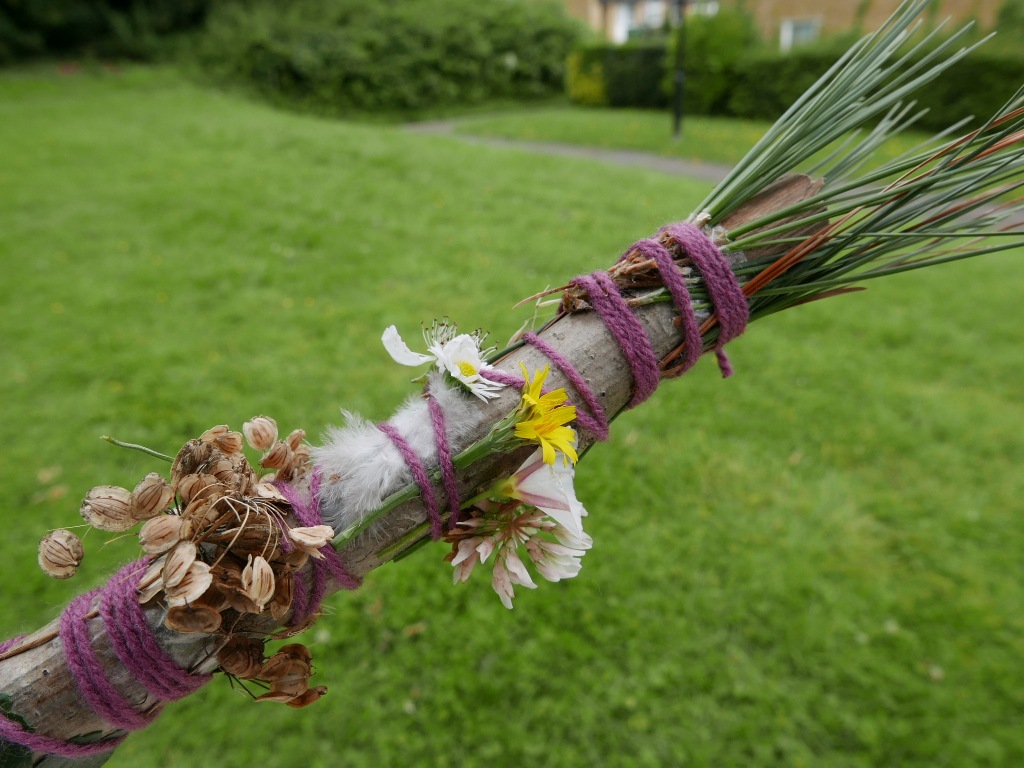
5. NATURE ALPHABETS, NUMBERS AND MATH SYMBOLS
Nature art (also sometimes called land art) is a wonderful nature activity that encourages creativity and fine motor skills in children of all ages and abilities. All you need is some imagination and natural materials to make pictures, shapes and patterns or letters, numbers and words. How about challenging the children to write the whole alphabet, numbers from 0-9 or maths symbols using the different natural materials they find in a woodland.
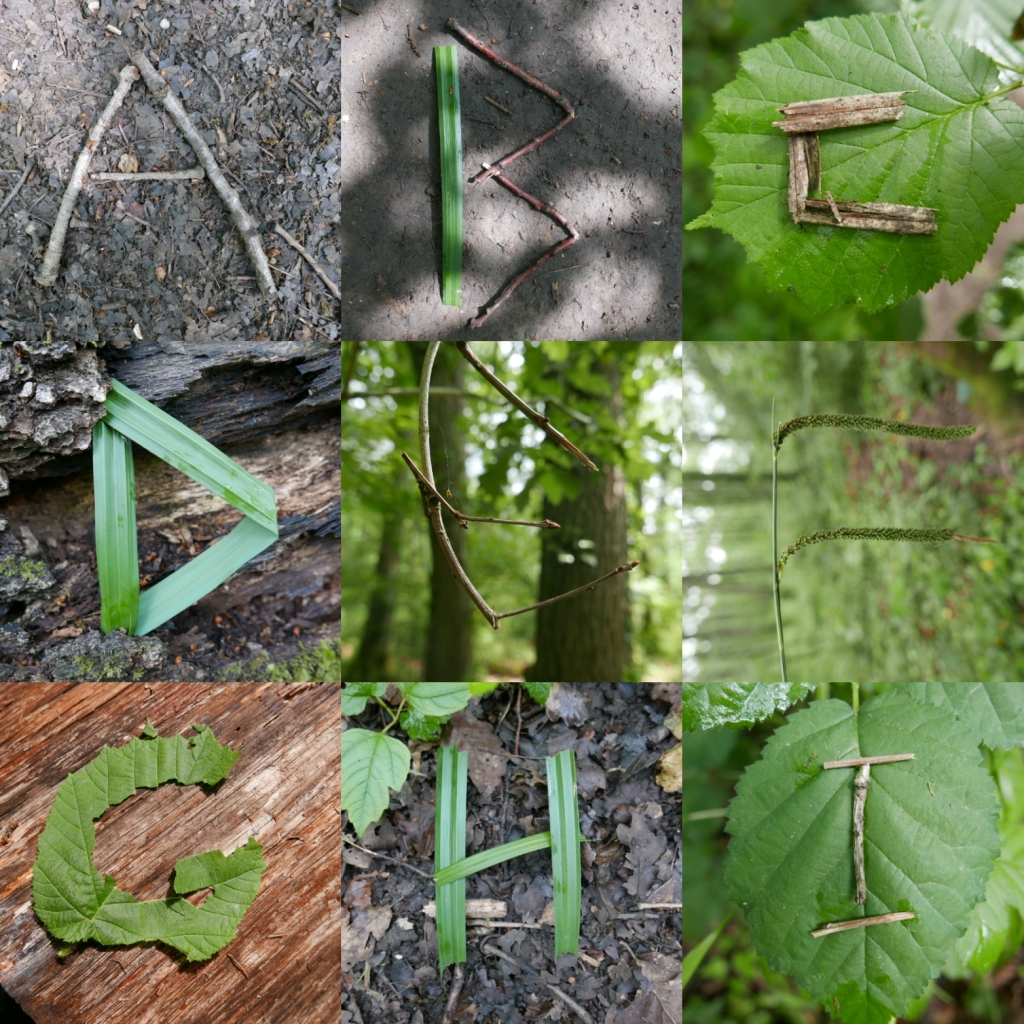
If you take photos of the letters, words, numbers and symbols you make you can then print them out later as artwork, learning resources or even turn them into cards to give to friends and family. You could even arrange and combine different photos together to create words, sentences or maths problems for the children to solve, or the children could have fun creating their own sums and solutions.
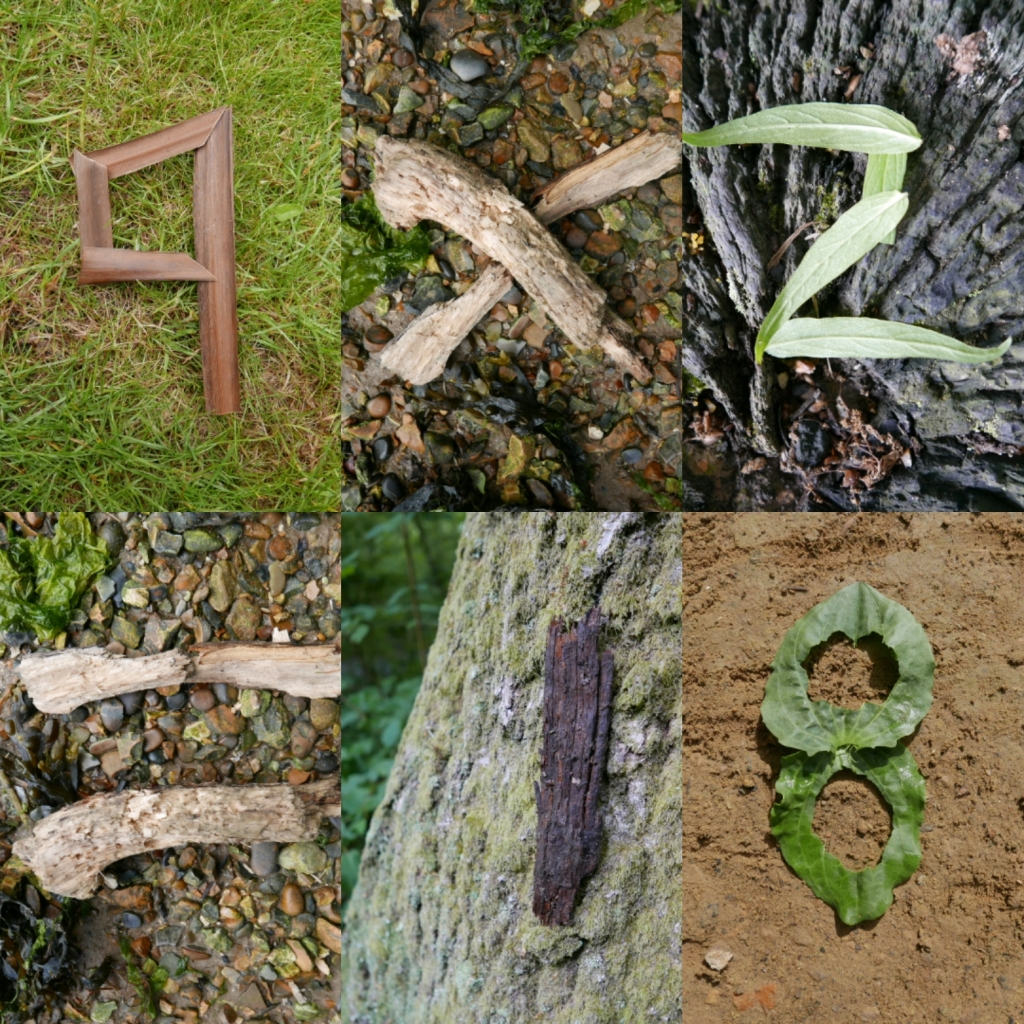
You could have a nature treasure hunt in the garden or go on on a nature walk to find natural materials to use like leaves, sticks, stones, shells, grass, plant stems, bark, fallen fruit, nuts, seeds and flowers*. *But pretty please don’t pick any wild flowers, only collect ones you have grown yourself or fallen ones you find on the floor.
6. NATURE ART FRAMES
Nature art frames are really simple to make, fun to play with and create some wonderful images. You just need an old piece of cardboard, a pen and some scissors. We hate to waste anything and recycling and reusing materials is one of many small things we can all do to help the environment. So instead of chucking used cardboard boxes we like to find ways to use them in crafts and activities.
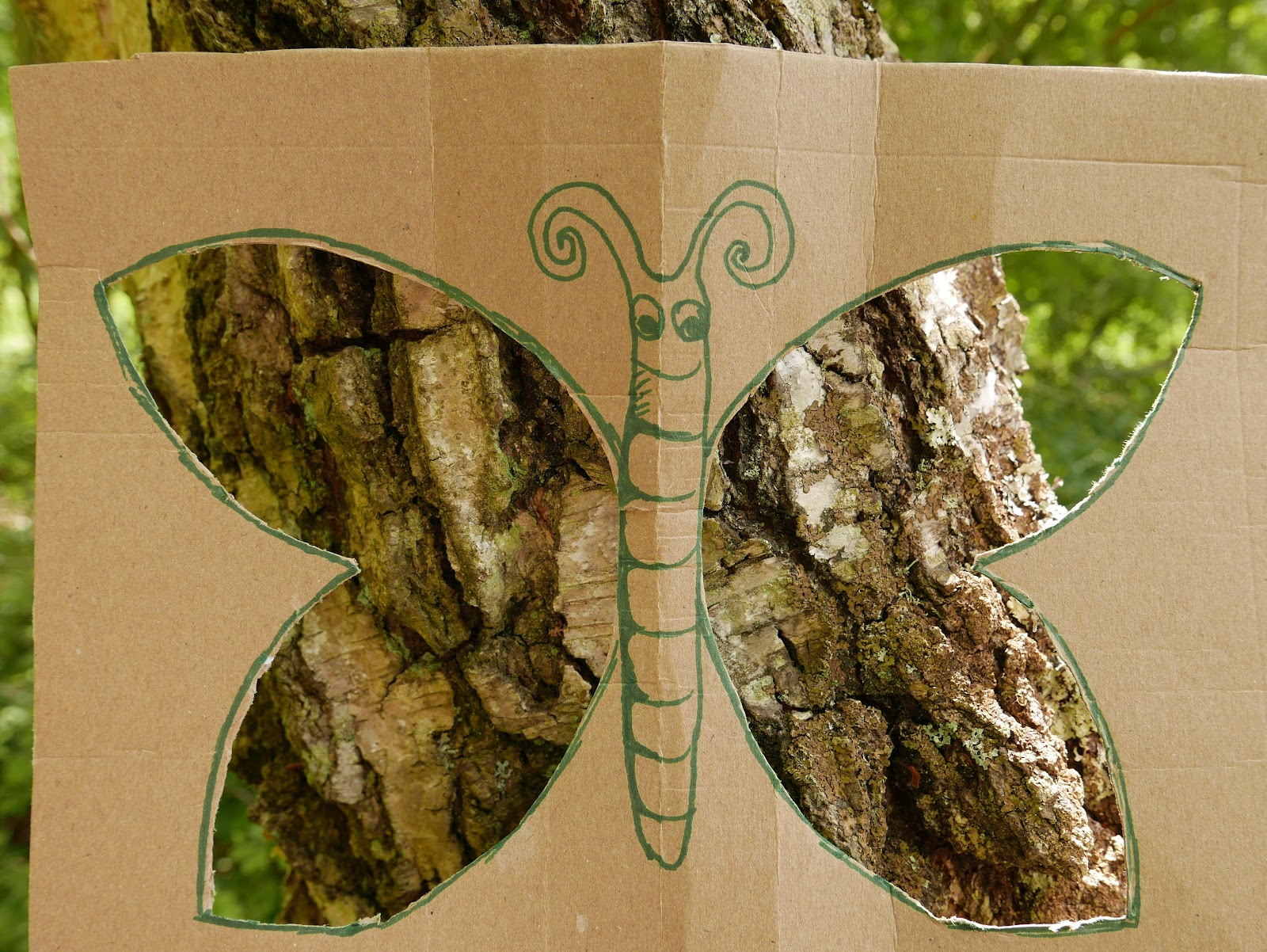
All you need to make a nature frame is to draw a simple shape or picture like a butterfly or beetle onto cardboard. Your shape or picture should have at least 1- 2 easy to cut out sections that you can then look through. When you have cut out the see-through sections of your frames, you can take them on a woodland walk and hold them up against any of the interesting natural objects, textures, patterns and shapes you can see and find.
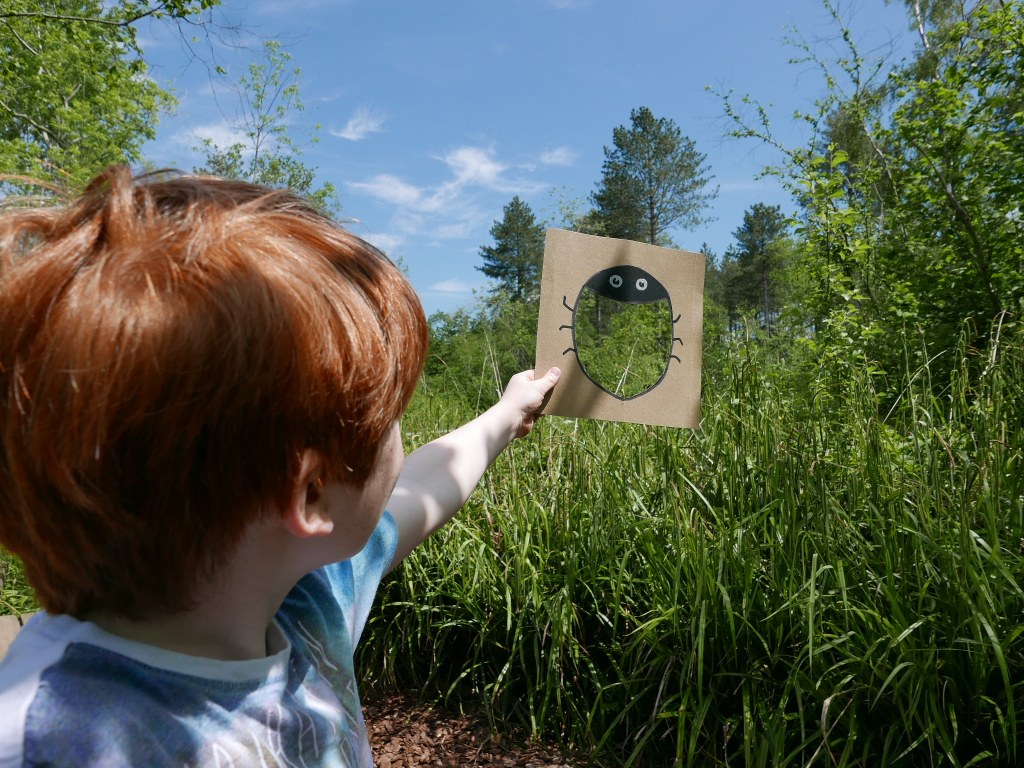
The picture you see or create with the frames changes as you move the paper around. It's fun to see all the beautiful patterns, shapes and colors of nature bring your pictures to life. You could even take photos of the nature frames as you go to capture the artwork and pictures they create.
7. BARK AND LEAF RUBBING
A great activity for at home or on the go. Simply find some interesting bark or leaves and then place a sheet of paper over the surface. Using the side of a crayon or piece of chalk carefully rub over the surface of the paper to pick up the textures and patterns of the bark or leaves underneath.

8. TREE SPIRITS AND GUARDIANS OF THE WOOD
If you have some clay you can have fun making tree spirits or guardians of the wood using natural clay and any natural materials you can collect and find. (Please don’t use salt dough or play dough for this instead as both contain high volumes of salt which is toxic to trees, plants and wildlife)

You could use leaves, stones, grass, bark, twigs, fallen fruit, pine cones, acorns and flowers. *But pretty please don’t pick any wild flowers, only collect ones you have grown yourself or fallen ones you find on the floor. When you have finished, just simply leave the clay faces to dry on the trunk of the tree. They should last as long as the weather is dry. When they do eventually disintegrate then the clay and natural materials will naturally biodegrade back into the soil.
9. LEAF CHARACTERS
A simple activity but fun activity where you turn fallen leaves into funny or interesting characters by giving them faces and different expressions using pen or paint. The children will love decorating the leaves and role playing with them afterwards. It’s also a a great opportunity to talk about emotions with children of all ages.
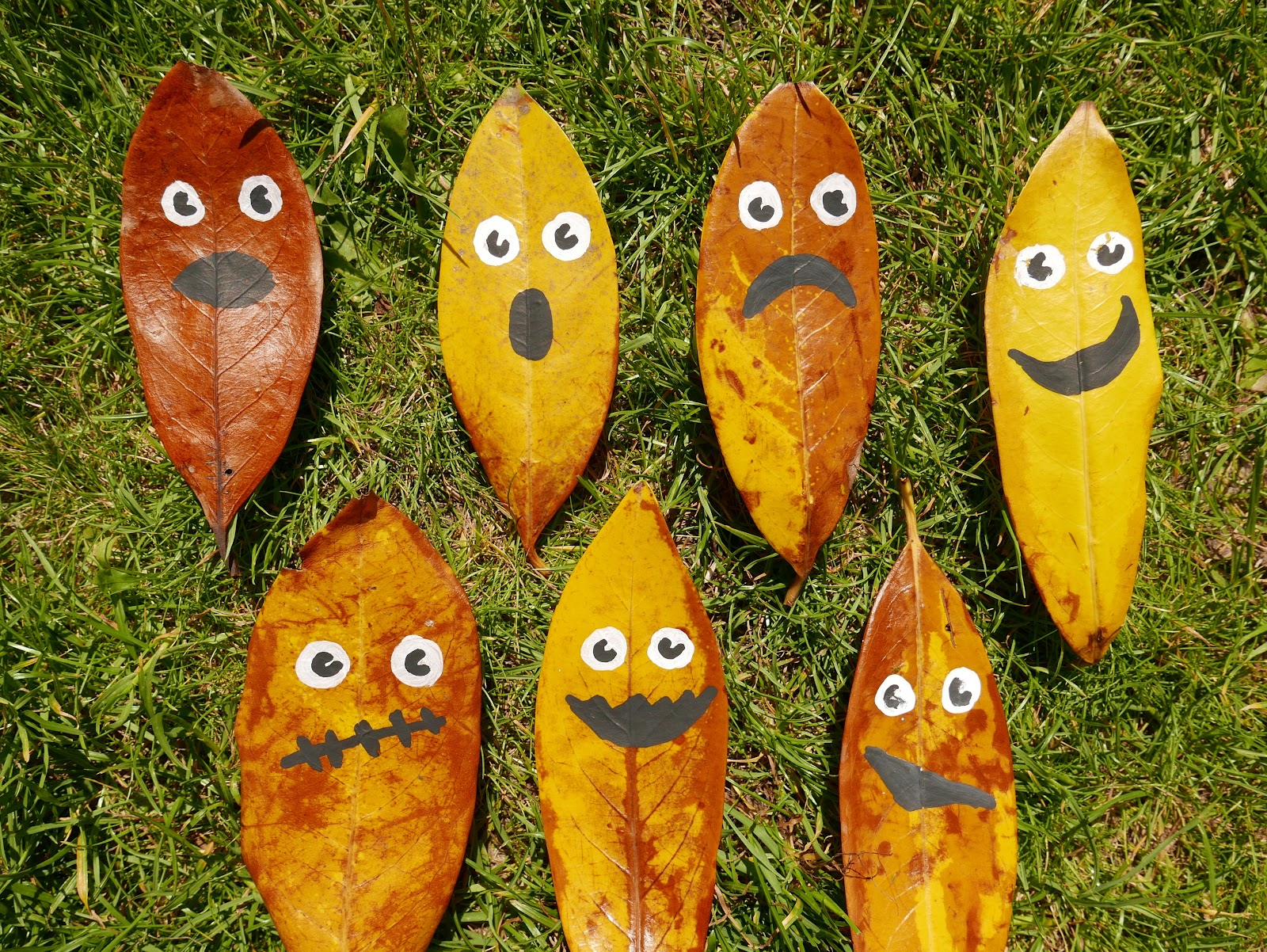
10. LION LEAF MASK
All you need to make a leaf lion mask is some recycled cardboard, double sided tape or glue and some leaves. Simply cut a circular shape out of the cardboard and draw on a simple lion face. Then stick or glue leaves all around the circle to form a leafy mane. The children can then have fun using the mask in role play games or you could use it as a decoration or prop.

11. TREE COLLAGES
All you need to make a tree collage is some recycled cardboard, double sided tape or glue and some leaves. Simply draw or cut a tree shape on or out of the cardboard. Then stick or glue any natural materials you find on a woodland walk like leaves, sticks, stones, grass, plant stems, bark, fallen fruit, nuts, seeds and flowers*. *But pretty please don’t pick any wild flowers, only collect ones you have grown yourself or fallen ones you find on the floor.
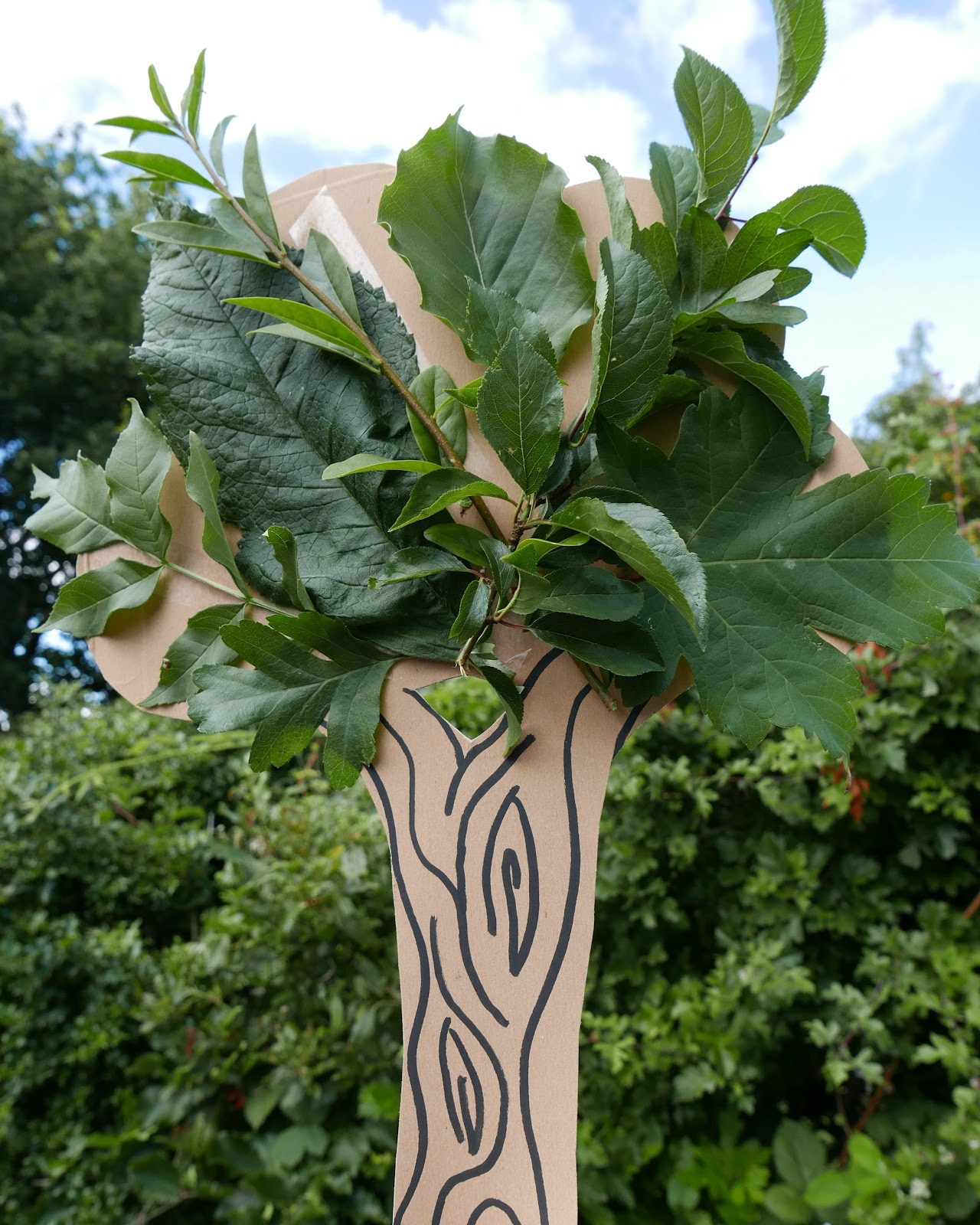
12. DEN BUILDING
A childhood favorite and a fantastic way to develop problem solving, communication, teamwork and fine motor skills in children of all ages. All you need for this is some long tree branches, but you could also use old blankets or sheets to turn your den into a fort as well.
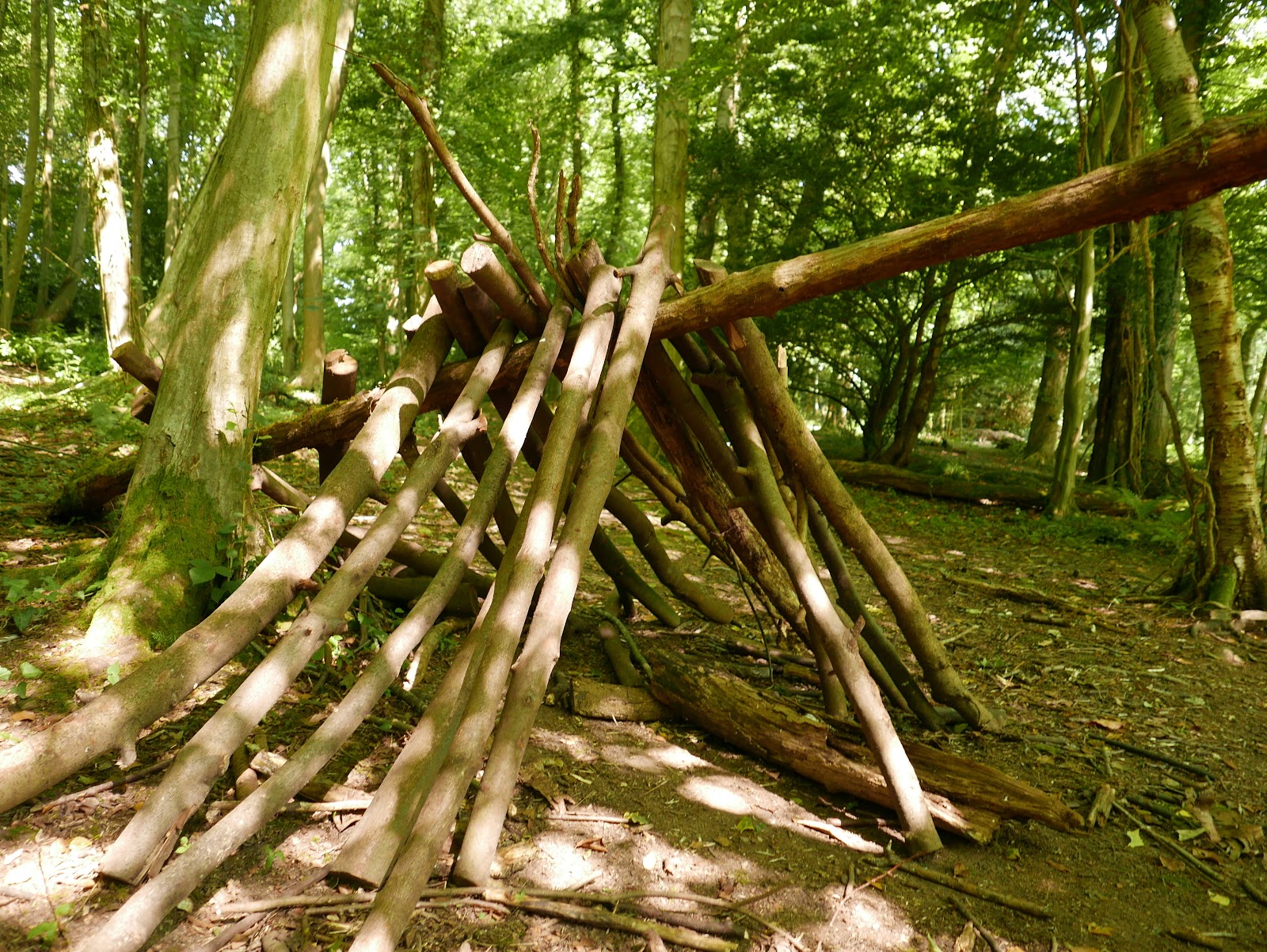
When they have finished building their dens the children can then enjoy camping out in them and enjoy role play and pretend play. How about making a pretend campfire to go with then using sticks and twigs. (just don’t actually set light to it and remember to take the campfire apart when you are done so no one else is tempted to set fire to it)
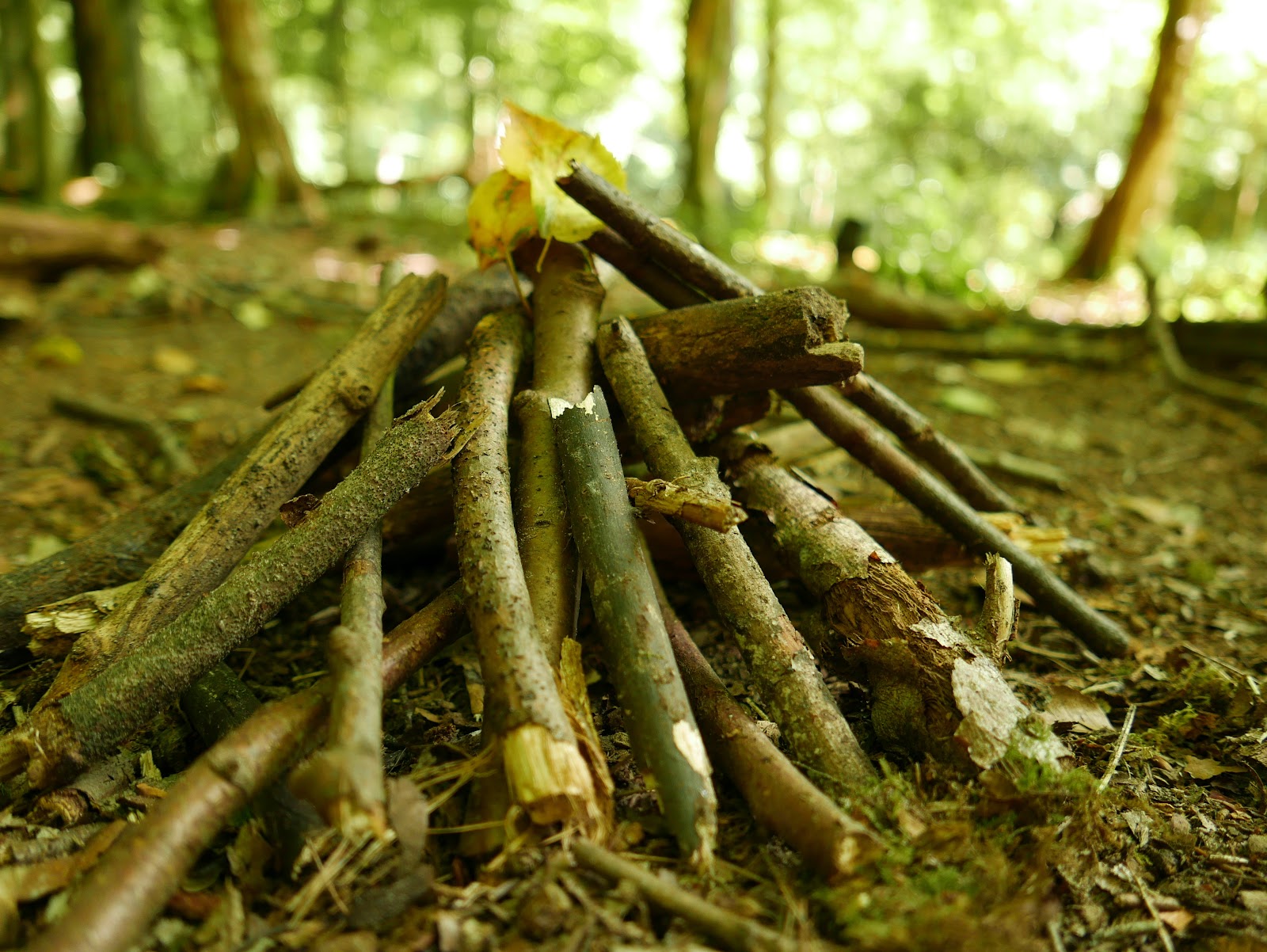
13. LOOK FOR WOODLAND WILDFLOWERS
Looking for woodland wildflowers is a simple but fun activity for children of all ages and abilities. All you need to do is explore the woodland and see how many wildflowers you can find. You could even print out or download a handy photo guide to take with you. (The woodland trust also has a great photo guide to woodland flowers here.) Its a wonderful way to learn about different types of wildflowers and you might be surprised to see how many varieties there are when you take the time to look closely.
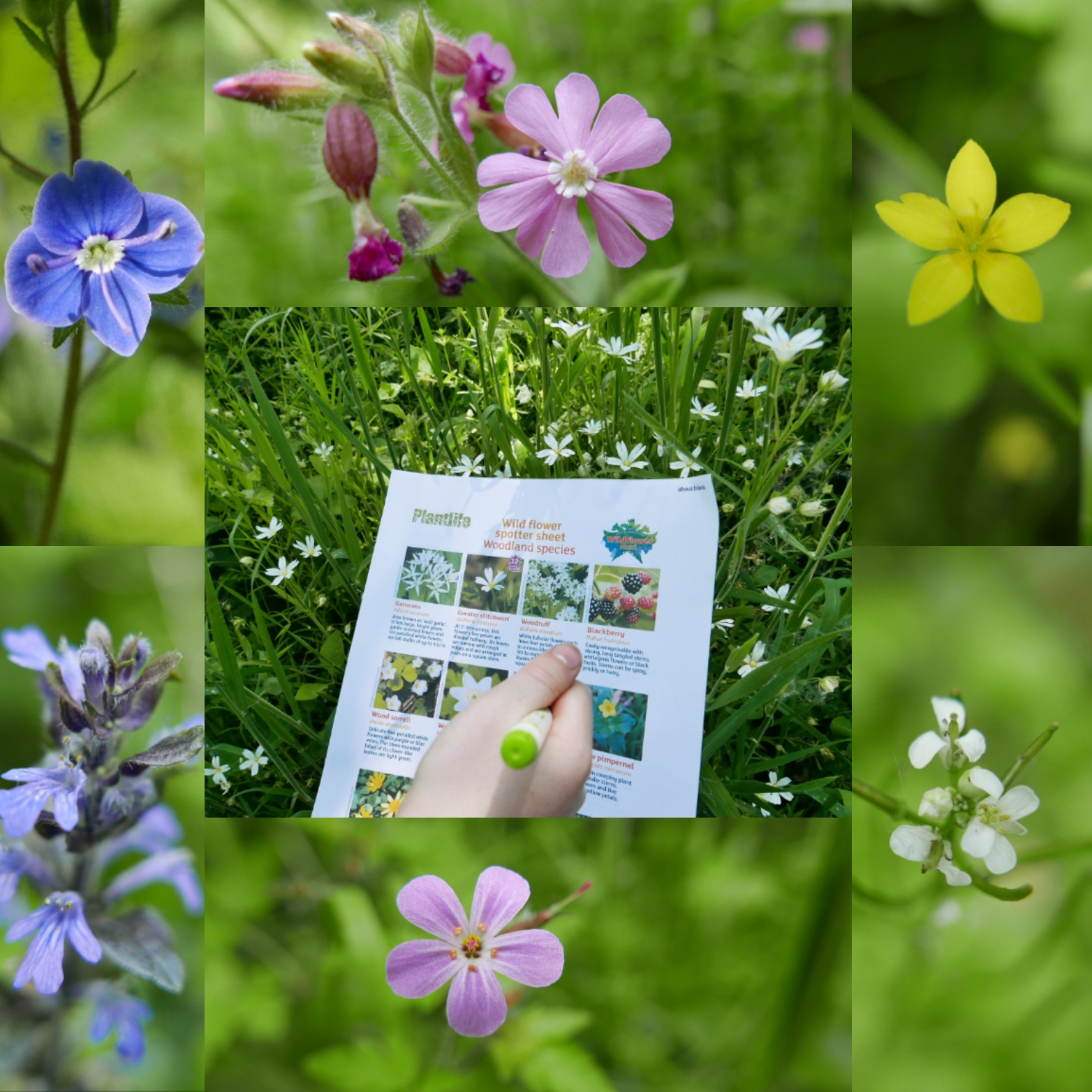
14. TAKE PART IN CITIZEN SCIENCE
Citizen science is when members of the public work together to gather (or analyze) data that helps with scientific understanding or research. It’s a great way to help with conservation by expanding knowledge and understanding of the wildlife in your local areas. You might be surprised to find even the most urban spaces are teeming with wildlife when you take the time to look closely. By taking part you are also helping to monitor moth populations, track trends in species and produce data on environmental changes. This information will hopefully help future conservation efforts. You can easily record any wildlife or plants you spot in woodlands to Nature’s Calendar or iRecord.
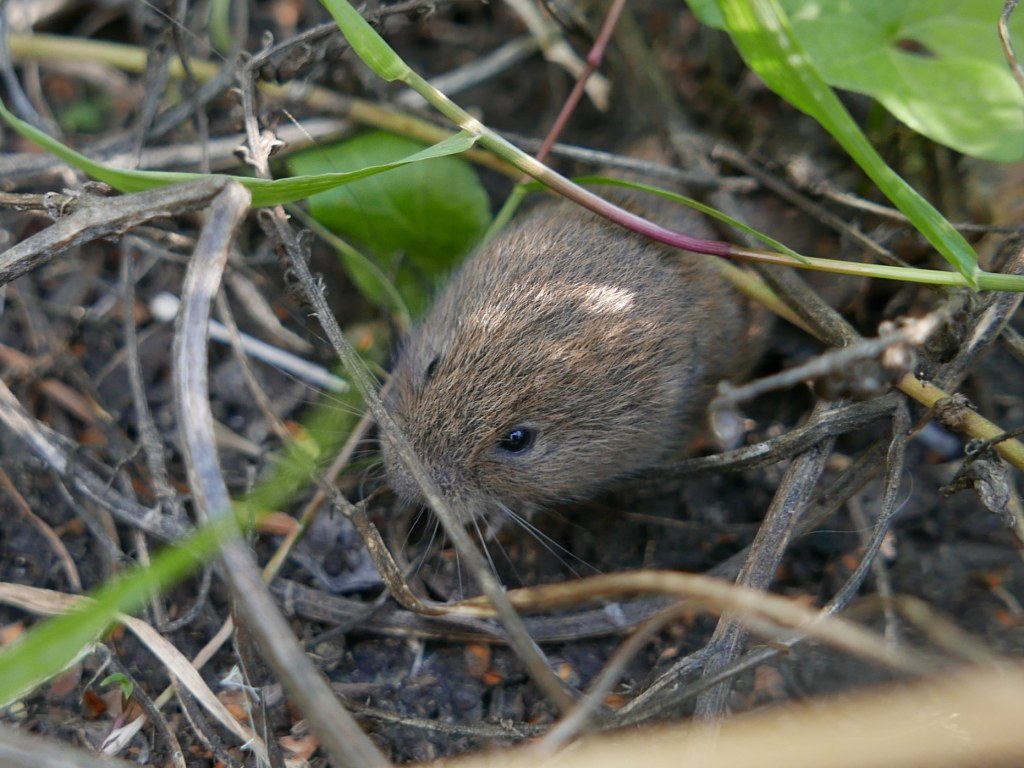
15. LEAF BOATS OR RAFTS
Making leaf boats and rafts is such a simple and fun activity that encourages creativity in children of all ages and helps develop fine motor skills. All you need for this is some leaves and water to sail your boats on. You could use a puddle, pond, stream, river, lake or even just a bowl or bathtub at home.
Safety note: Children should be supervised at all times around open water. Please be aware of the health and safety risks, rules and restrictions of any area you visit.
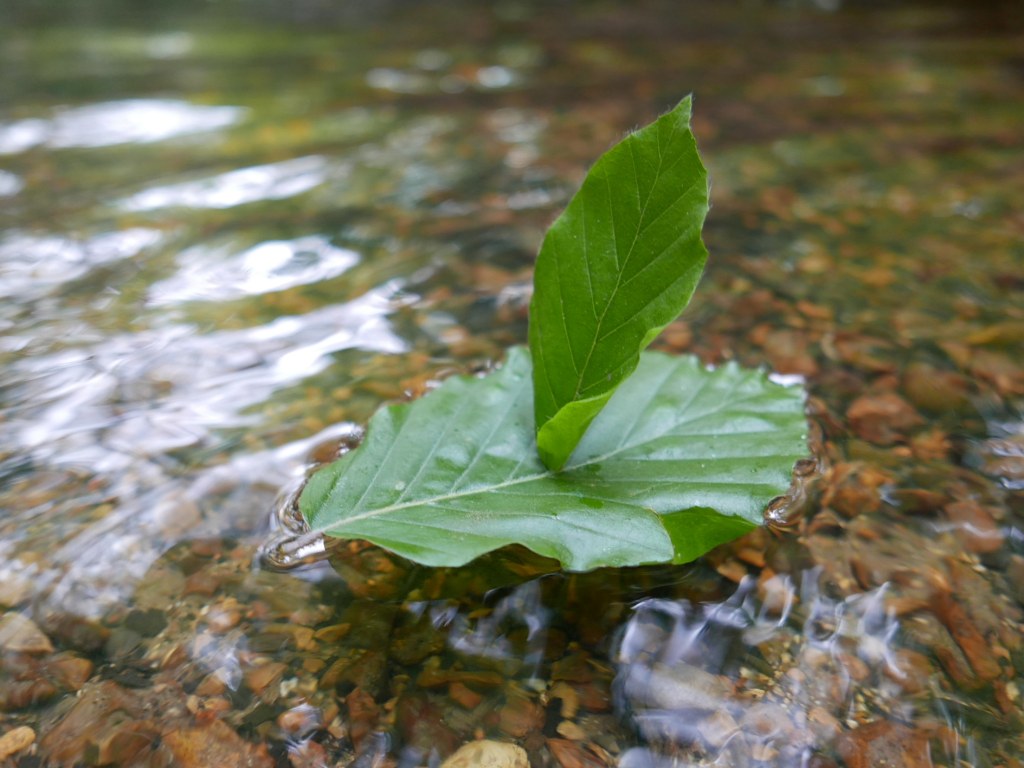
To make a leaf boat you simply need to push the stem of one leaf through the middle of another leaf, then carefully pull a tiny bit of leaf end through so it stands up like a sail, with the leaf underneath serving as the base of the boat.
Now your boat is ready to set sail, just place it on some water and watch it float, it really is that simple! How about making multiple leaf boats and having a boat race. Or you could experiment with pushing the leaf boats across still water by blowing or fanning air onto the sails.
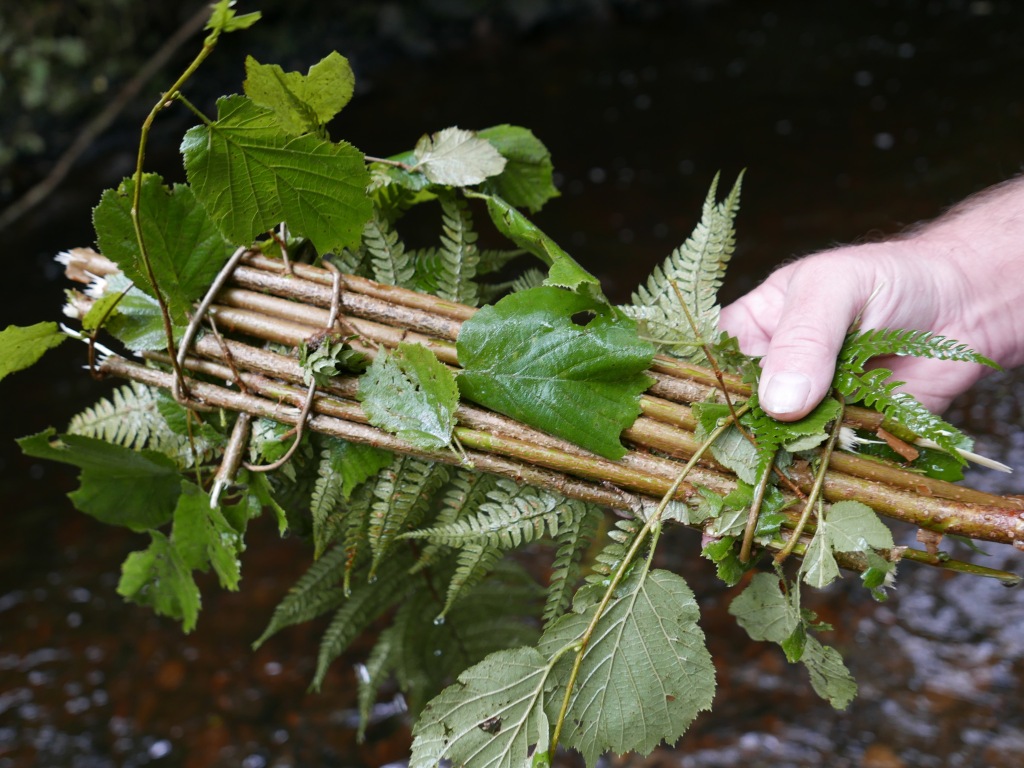
If you fancy more of a challenge you could try making a stick raft to float. All you need is some sticks and some natural materials to bind the sticks together like long grass or ferns. You can experiment with different materials and techniques to see which works the best.
16. RAINBOW STICK MOBILE
To make a Rainbow stick mobile you simply collect and paint 6-7 sticks in the colors of the rainbow. When they are dry you then tie them together using a piece of string. You could even use ribbon or wool to hang strings of seashells underneath to look like raindrops.

17. NATURE PAINTING AND PRINTING
Nature painting and printing is great messy fun and for children of all ages and abilities. All you need is some paint something to paint on as well as any natural materials you might find on a woodland walk, like pine branches, leaves, sticks, stones, pine cones, bark and grass etc. Recycled cardboard is a great environmentally friendly material to use instead of paper. Simply cut out panels from old cardboard boxes and packaging and pour paint onto a tray, bowl or another piece of cardboard.

The children can then have fun exploring the different patterns, shapes and textures of the materials they have found. Dipping, swirling and rolling them around in the paint and across the cardboard. They could even use the materials as a canvas, painting straight onto the surface of leaves, bark or pine cones.

18. NATURE COLLAGES
Making nature collages is a fun activity for children of all ages and abilities. It encourages creativity and helps develop fine motor skills. All you need is some paper or recycled cardboard. First you need to draw a simple picture, pattern or even write a message onto the paper. it could be as basic as a stick figure, smiley face or a love heart. Or you could draw all types and kinds of wildlife from birds and bees to tigers and elephants. Or how about drawing fairies, pirates, knights, dragons, robots or cars. The possibilities are as endless as your imagination.

Next collect as many natural objects as you can find on a woodland walk for your collage. You could use leaves, stones, grass, bark, fallen fruit and flowers. *But pretty please don’t pick any wild flowers, only collect ones you have grown yourself or fallen ones you find on the floor.
Arrange the materials on top of your picture in any way you like. You could make a frame or a pattern on top of the picture. You could create a mini jungle for the Tiger or give a person grass hair and a leaf dress. We drew a simple bird and then made it a nest out of sticks and layered leaves over the top to make it look like it was in a tree, (above) .
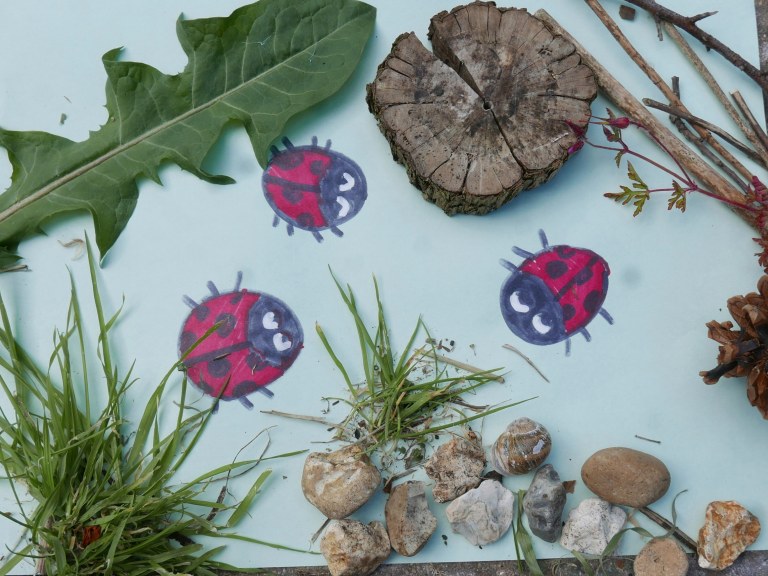
When you have finished you could glue your finished collage to the paper or take photos to print out so you can keep your art and enjoy it for longer. Or how about shaking everything off and starting again to make a completely different picture with different materials.
19. NATURE SCAVENGER & LOOSE PARTS HUNTS
Nature scavenger hunts are a great way to engage children to engage in the natural world around them, as well as stimulating conversation and exploring different textures, colors, shapes, patterns and senses. You can find lots of different nature Scavenger hunt activity ideas here that children of all ages and abilities can enjoy.
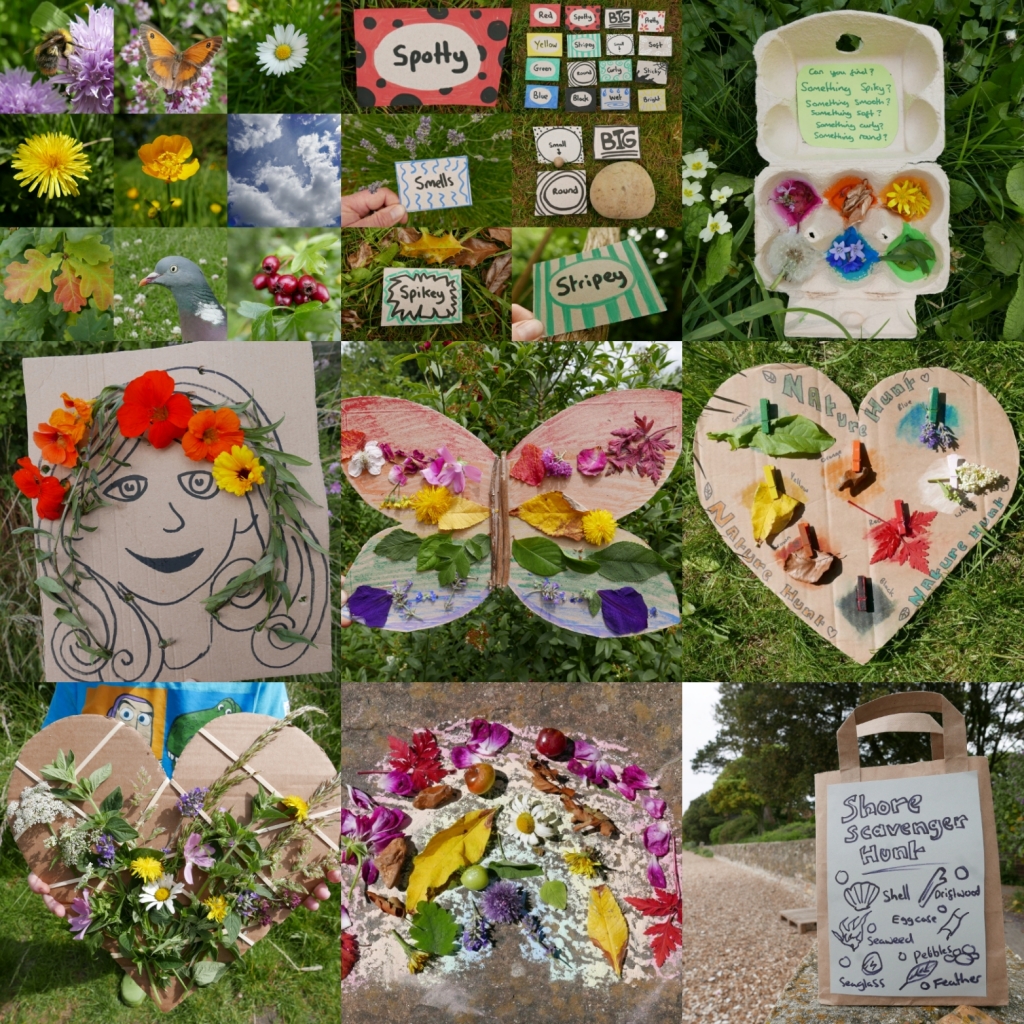
20. ELDER BRANCH BEADS
Elder tree branches have a naturally, soft pithy center which you can remove to create some beautiful, natural wooden beads. Elder beads are brilliant for threading, counting, jewelry making, decorations and loose parts play. Just please be aware of the choking hazard of beads with smaller children. To make Elder beads you will need some fresh cut elder branches, secateurs and metal tent pegs or skewers. First use the secateurs to cut the branches into little chunks of branch to make the beads. You can make the beads as short or long as you like. How about making a range of lengths to play with.

Once you have cut the beads you will then need to choose whether you want to leave the bark on the beads to give them a rough wooden finish or carefully strip the bark off using your fingernails to give the beads a smooth creamy finish. You could even make a mixture of both to create contrasting textures.
Next you need to carefully and firmly push a metal tent peg or skewer through one end of the bead to push the pith out of the center. Make sure you carefully hold the bead as you do this so you don’t accidently push the peg or skewer through into your hand, body or the surrounding surface. It’s easiest to push the pith out when the branches are freshly cut as it's still moist and malleable.

You could also decorate the bead’s using pens, paint, crayons, pencils or collage. It’s fun to draw patterns, colors, pictures and shapes onto them. Or you could write letters and words for spelling and writing games. Or numbers and math symbols on them for number, counting and math games.
You could also dye the beads different colors using botanical dyes, food dyes, wood dyes or fabric dyes. Simply place the dye color of your choice in a small pot or container and then soak the Elder beads in it. Please beware however that dye can stain skin, fabric and furniture. Once your beads are finished you can threading, counting, jewelry making, decorations and loose parts play. Just please be aware of the choking hazard of beads with smaller children.
21. BOTANICAL DYES
Botanical dyes have been used throughout history to dye and paint everything from clothes, fabric and wood to buildings, furniture and even human skin. The dyes are made from natural pigments that can be extracted from the leaves, flowers, roots, fruit and seeds of certain types of plants and trees. Pine cones in particular can be used to make a beautiful brown botanical dye. Click here to find full instructions on how to make botanical dyes.
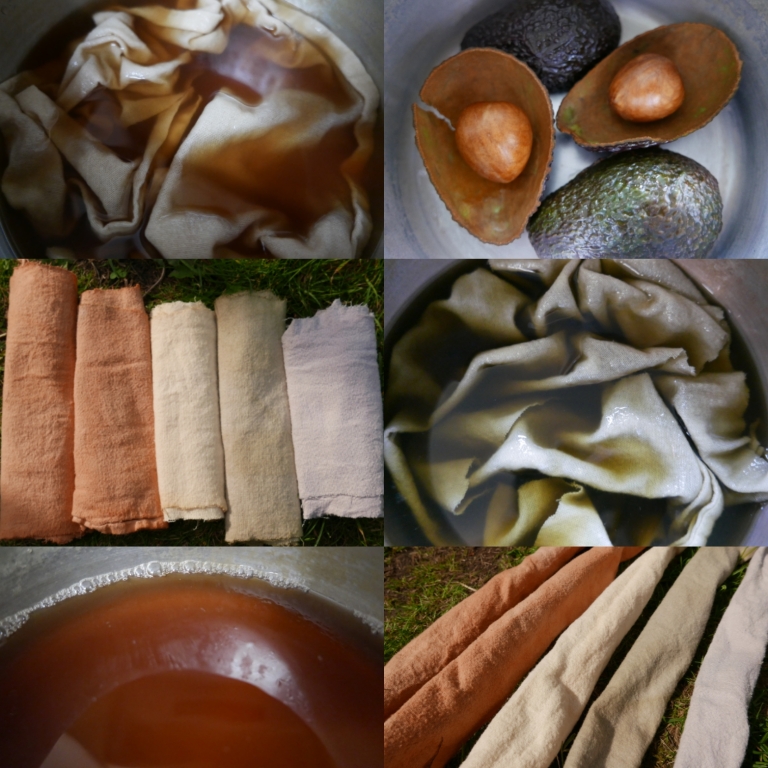
22. LEAF POTATO PRINTS
Potato printing is a simple activity for children of ages. All you need is a potato cut in half, a bit of inspiration and some paint to get started. Leaf potato prints are fun and very easy to do. You just need to cut a leaf shape into potato halves. You can easily do this by cutting one end into a triangular point. Then carefully cut a line down the center of the potato half with two or three lines branching out on either side.
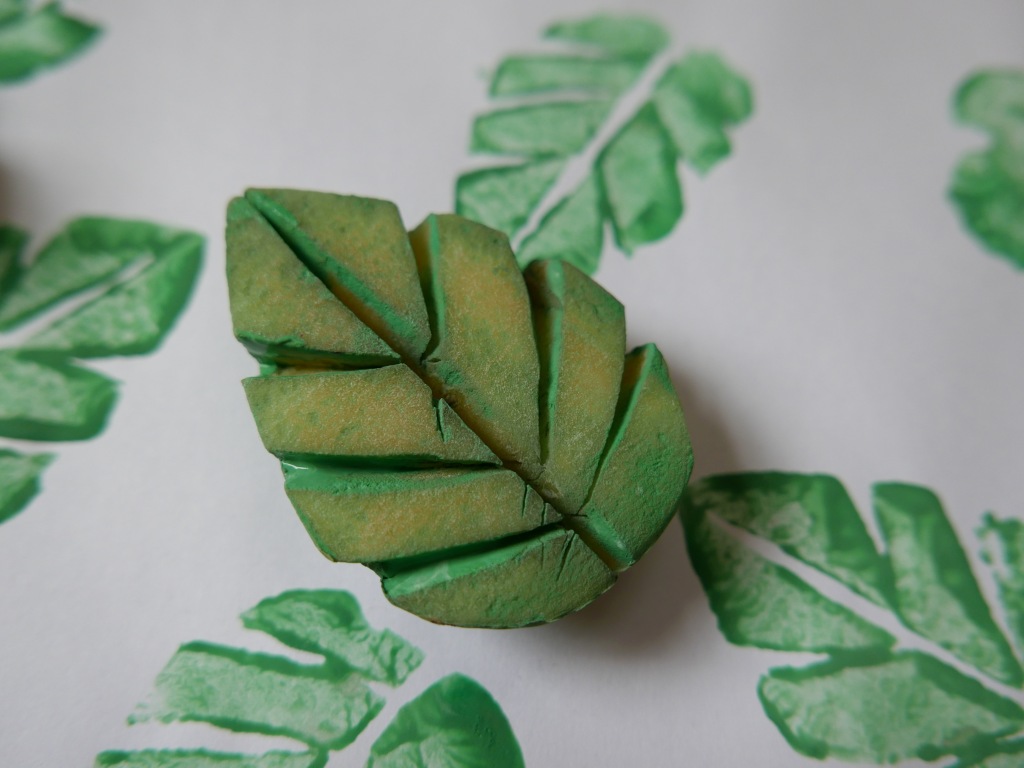
You can make your leaf prints reflect the changing color of the seasons by laying different stripes of coloured paint onto a tray. So when the potato is pressed into the tray it picks up more than one color of paint.
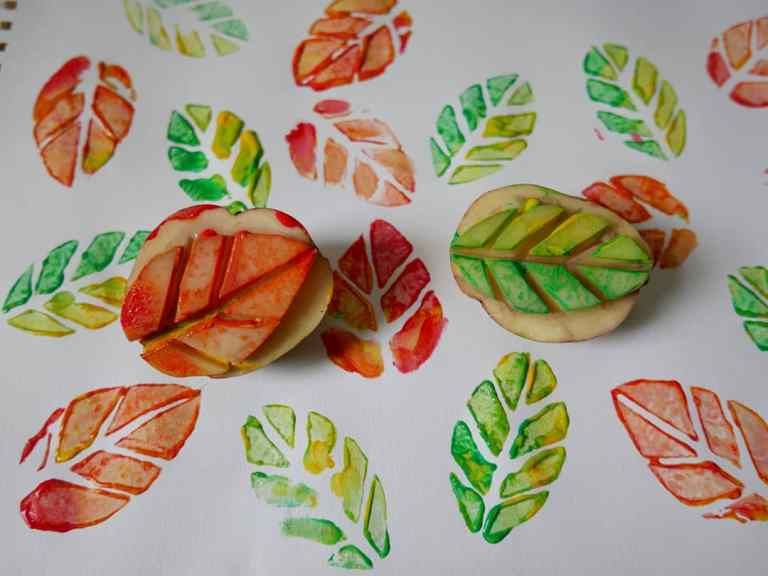
This is a good opportunity to talk about how and why leaves change colors with the seasons. For example, leaves are green because of the chlorophyll in the cells which is busy turning sunlight into food. In autumn the leaves stop producing chlorophyll so the color changes from green through to yellow, orange, red and brown as the chlorophyll disappears.
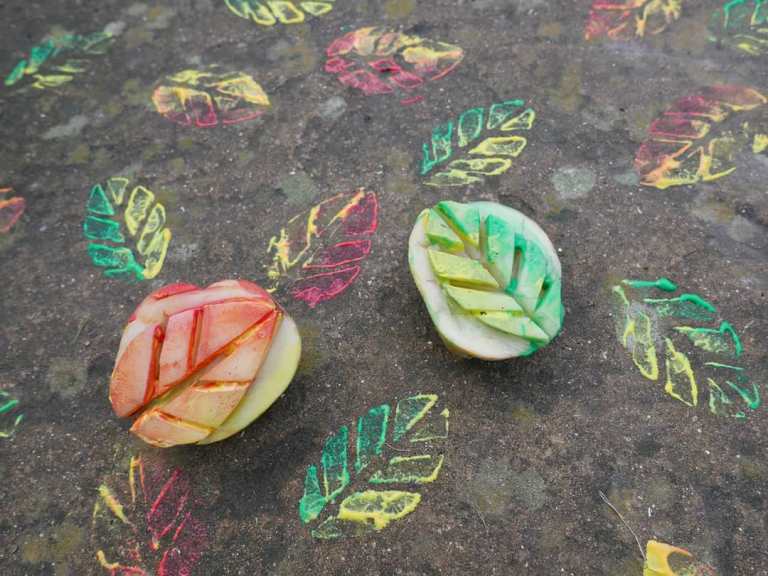
It is also fun to experiment printing on different types of surfaces and textures from paper to fabric, foil and wood. And as long as you use non toxic paint you can even print on outdoor surfaces like paths, trees and leaves. Printing onto fabric is fun and easy to do. If you use special fabric paint you could use your potato prints to decorate old t-shirts, bags and sheets. Just make sure you put a layer of old cardboard under the fabric as the paint can often seep through onto the surface below.
23. PINE CONE POTATO PRINTS
If you're feeling adventurous you can even make pine cone prints using potato prints. There are a lot more fiddly to make than our usual Seasonal potato print ideas but if you have the time and patience the resulting prints look great .
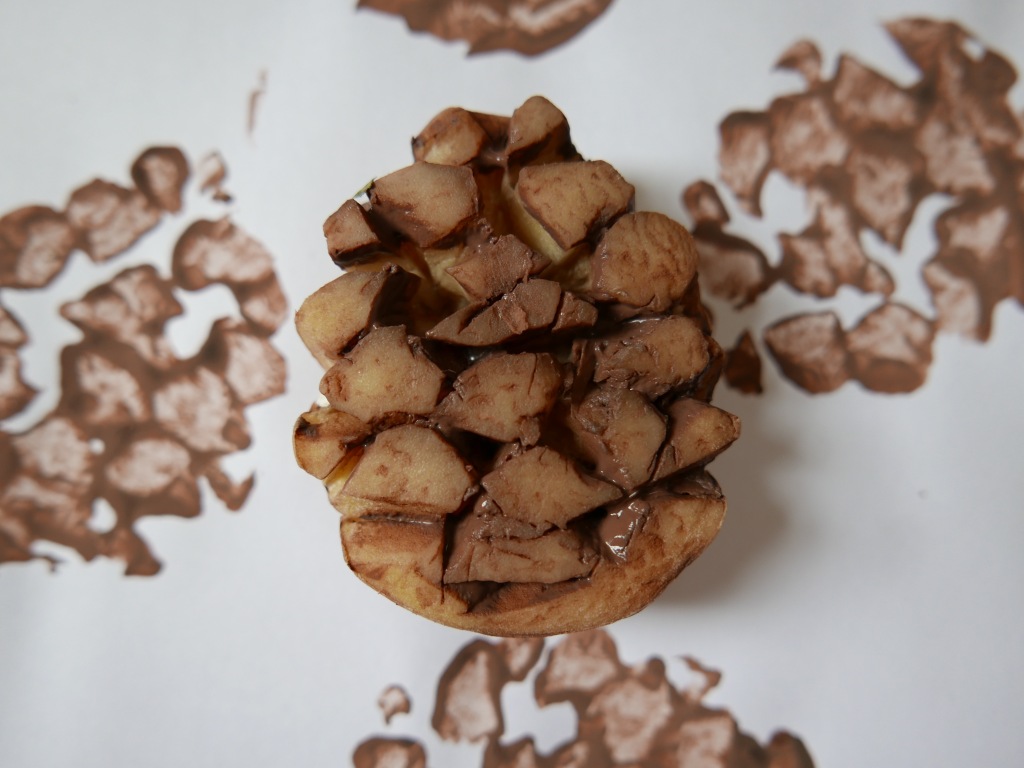
Carefully with a sharp knife cut a series of small triangles along the edge of the potato half. Then cut a few more triangles into the middle and carefully cut groves to join the triangles and form the bobbly pine cone scales. Then simply dip the potato half in paint and enjoy printing away.
OR Use a pine cone
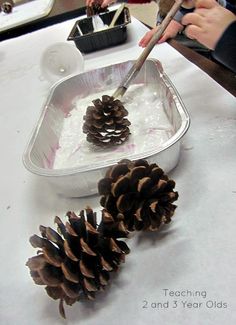
24. PLANT A TREE FROM SEED
Tree seeds take a little patience to grow but it is incredibly rewarding when you manage to grow a little seed into a tree sapling. Here are some types of tree seeds you can collect to plant and grow.
Sycamore seeds – These little helicopter type seeds are great fun to spin and watch twirl as they drop. They also grow really easily into little tree shoots. We often find them out and about growing in unusual places. With a little care and attention you might be able to grow your own sycamore tree sapling.

Acorns – We have had a lot of success growing oak saplings from acorns and they are very easy to collect and plant, you simply pop them straight into a pot of compost or into the ground and then water and wait a few months to see the first shoots of the sapling beginning to emerge. If you ever find an acorn that looks deformed then this is most likely an oak gall created by a wasp. Some wasps lay their larvae in acorns which causes them to deform as they grow.
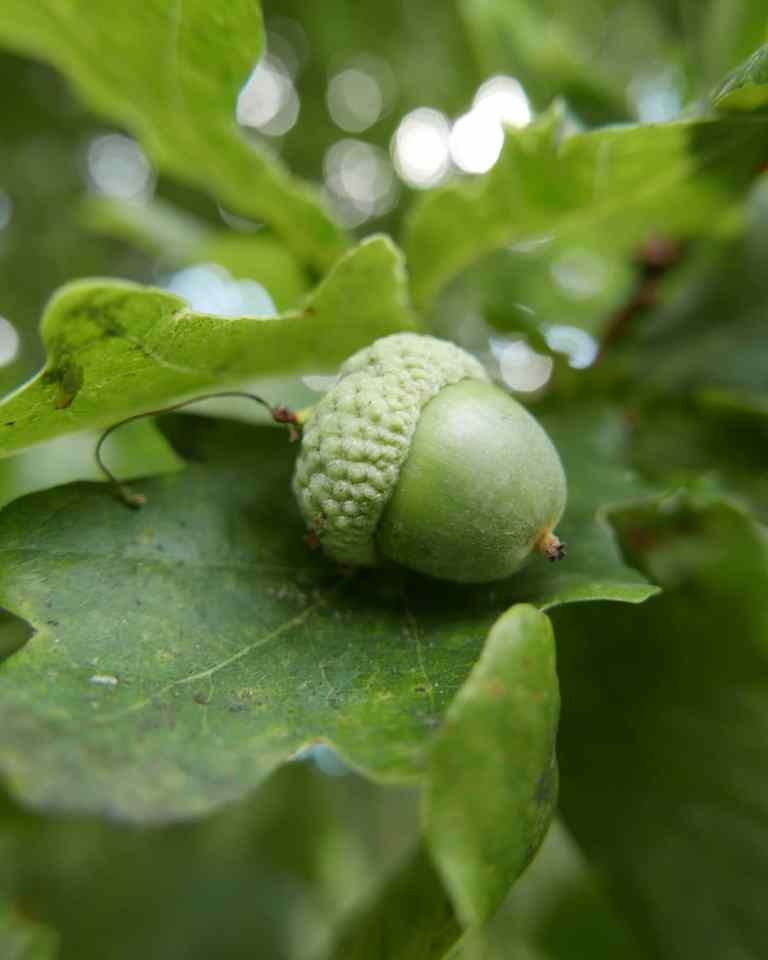
Apples, Pears and Plums – You can pick fresh apples, pears or plums or pick up bruised fruit that’s fallen to the ground. You just then need to carefully remove the pips/seeds/stones from the centers of the fruit, and then wash and dry them ready for planting to grow as fruit trees.
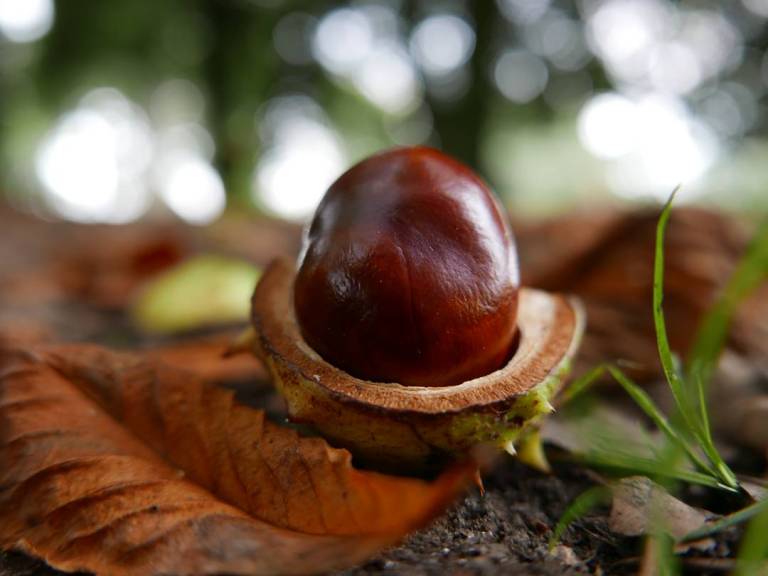
Conkers and Horse chestnuts – Both Conkers and horse chestnuts are protected by a spiky hard casing, so be careful to make sure little hands don’t get prickled when they touch or try to open the cases. The shiny round conkers and horse chestnuts inside are great for playing games with or threading onto string. You can also plant them to grow saplings.

25. EXPLORE A WOODLAND ACTIVITY TRAIL
Many woodlands and forests now have activity or adventure trails that you can find and follow. Some are free and up all year and others are seasonal. With some you may need to buy a trail map or activity pack to take part. You could easily have a quick search online to see if there are any near you.
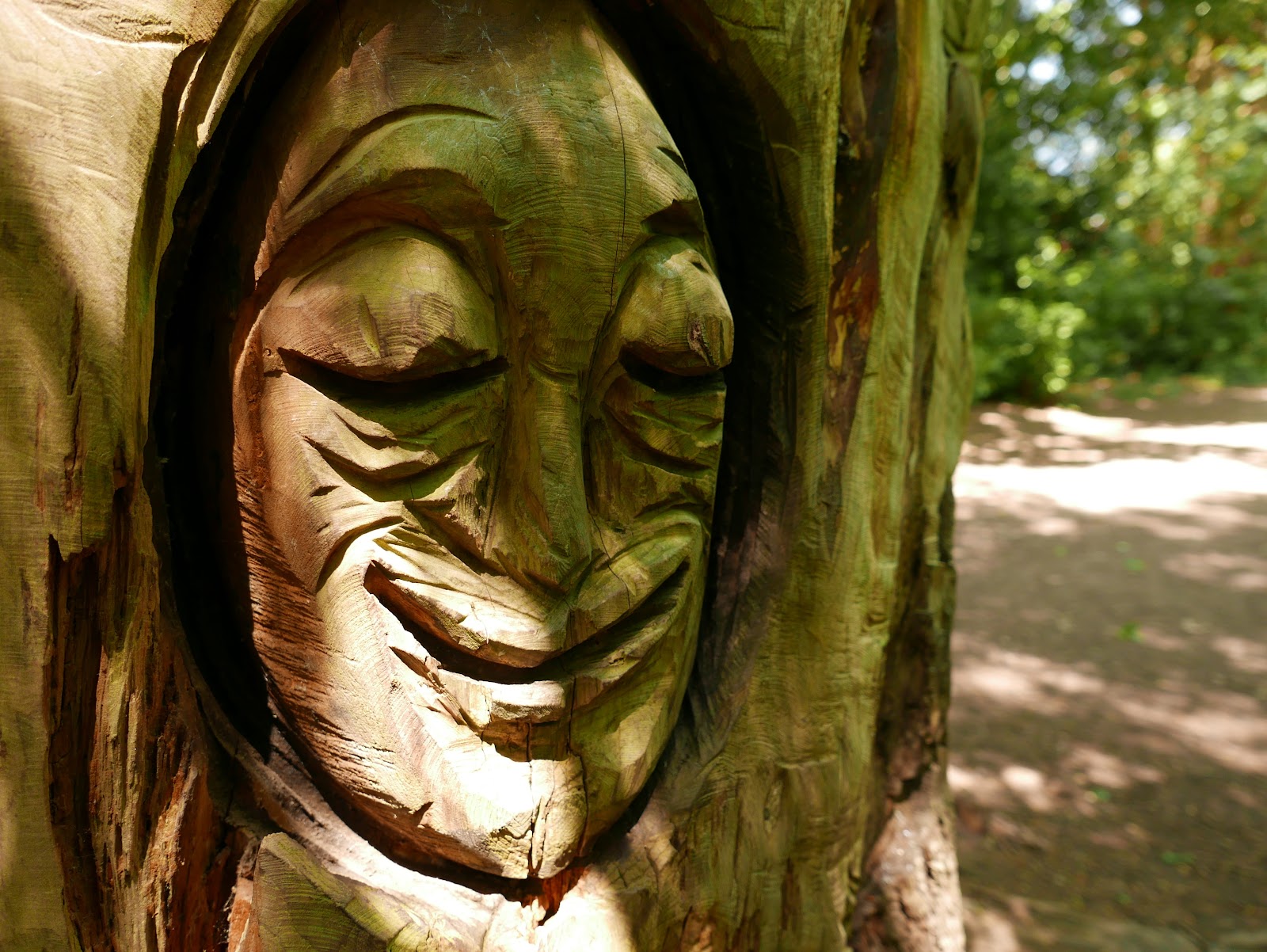
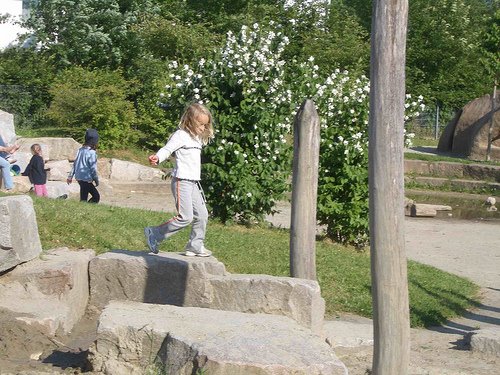
26. LEAF CROWNS
The easiest way to make a leaf crown is by using a band of paper or recycled card. Simply cut two strips from the paper or card and attach them together so you have a band long enough to fit your head. Place a strip of double sided tape across the band. Then all you need to do is peel the backing off and stick leaves and or flowers to the surface. If you leave the double sided tapes backing on, then you can take your bands out with you on walks. Then you can decorate your crowns on the go using natural materials you find on your walk.
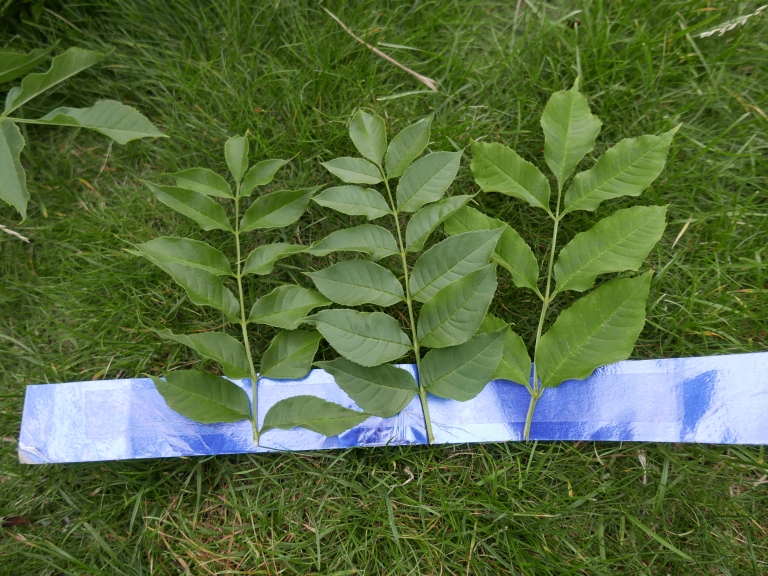
A slightly more tricky way to make a leaf crown is by threading the leaves onto a long piece of grass, plant stem, string or ribbon. This is more fiddly than the other method and it seems to work best with Autumn leaves. This is also a great way to make leaf bunting.

27. LAND ART AND LEAF ART
Nature art (also sometimes called land art) is a wonderful nature activity that encourages creativity and fine motor skills in children of all ages and abilities. All you need is some imagination and natural materials to make pictures, shapes and patterns or letters, numbers and words. You could use leaves, stones, grass, bark, twigs, fallen fruit, nuts and seeds and flowers. *But pretty please don’t pick any wild flowers, only collect ones you have grown yourself or fallen ones you find on the floor.
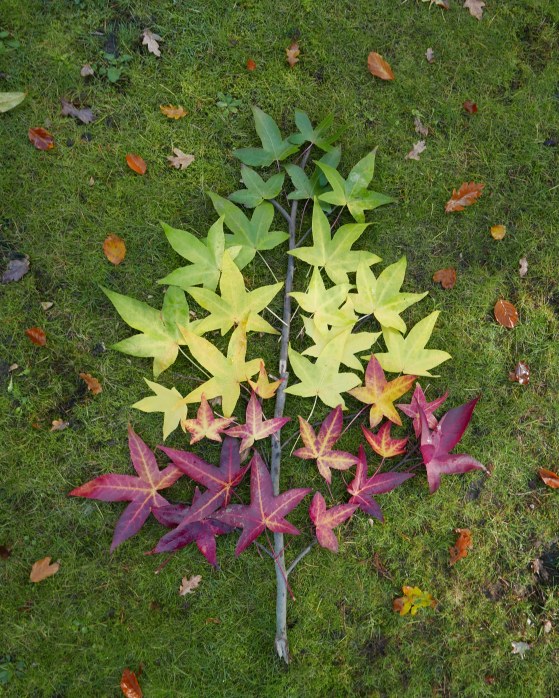
It’s easy to make simple patterns and shapes with leaves and sticks like spirals, hearts and smiley faces. Or you could be more adventurous and try to make a picture or story scene. How about making a stick and leaf butterfly or a leafy caterpillar. Once you have finished you could glue the leaves onto paper or card or take photographs and turn them into cards or artwork.
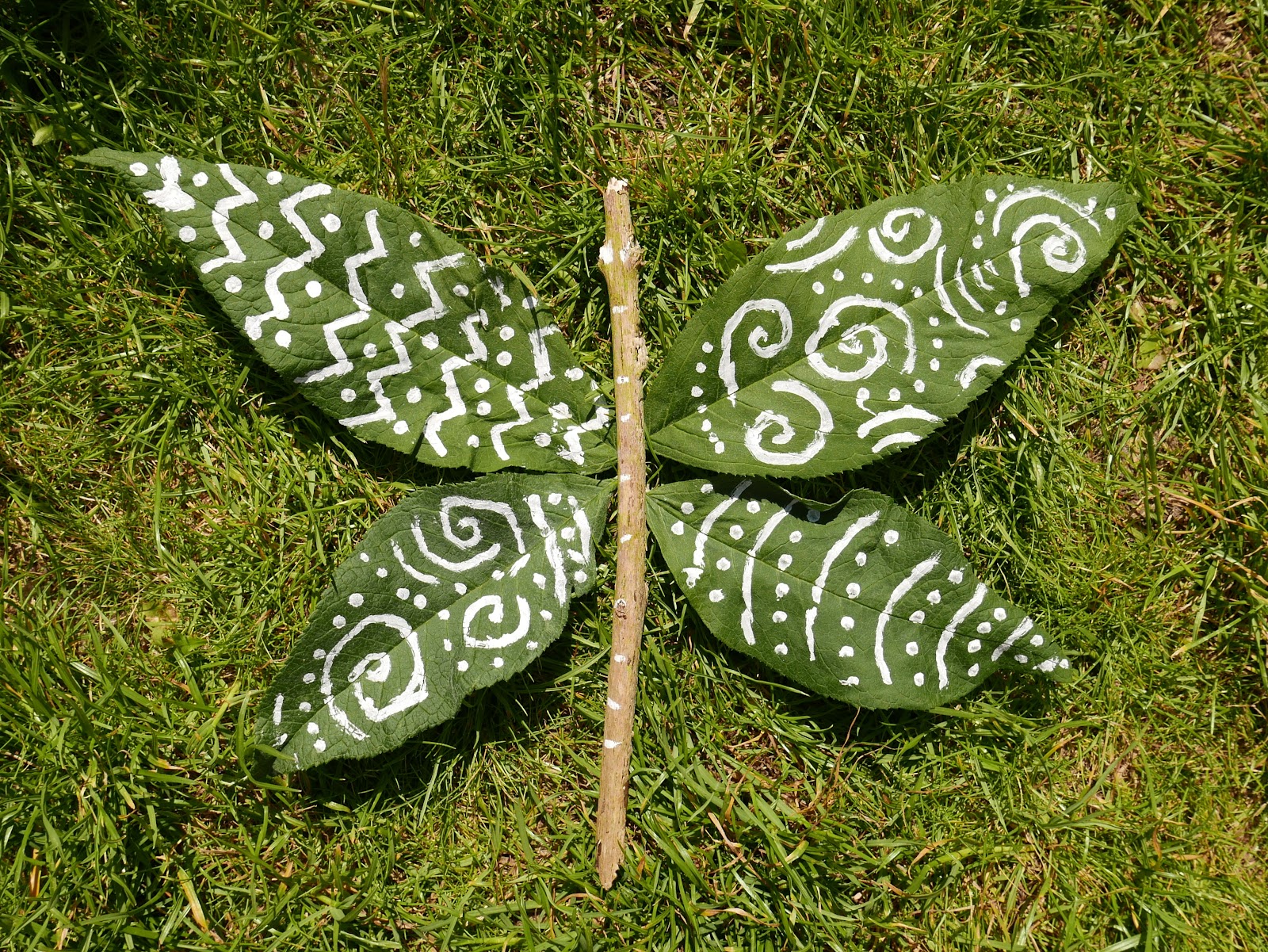
Separating the leaves into the different colors before you start gives you a good opportunity to talk about how and why leaves change colors with the seasons. For example, leaves are green because of the chlorophyll in the cells which is busy turning sunlight into food. In autumn the leaves stop producing chlorophyll so the color changes from green to brown as the chlorophyll disappears.
28. NATURE IMPRINTS
Making nature imprints is a great way to explore patterns, shapes and textures. First collect some natural materials like leaves, stones, grass, bark, twigs, fallen fruit, pine cones, acorns and flowers. *Please don’t pick any wild flowers, only collect ones you have grown yourself or fallen ones you find on the floor.
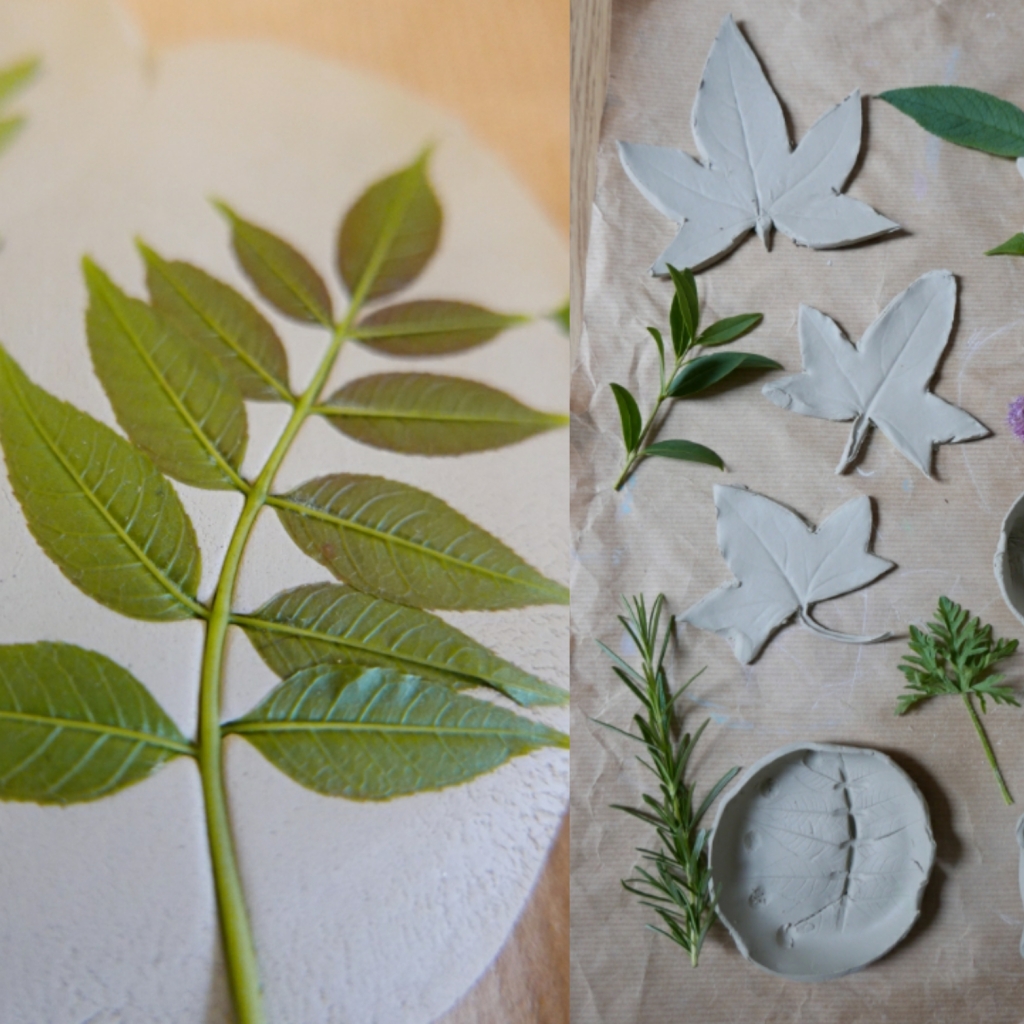
Next roll out some clay, salt dough or play dough to imprint onto. Then arrange the leaves and any other natural materials onto the surface of the clay. Press and smooth them down firmly with your fingers. before rolling over them several times with a rolling pin to make sure they have embedded in the clay. When you carefully peel the natural materials away they should leave a detailed imprint in the surface. Once you have finished making the imprints leave them out to dry and harden. You can then paint or decorate them if you like.
29. STICK RATTLES AND SHAKERS
You could easily tie a threaded string of shells and stones onto a forked branch/stick to make a stick rattle. This is great fun to play with as it makes a fantastic noise and you can use it in games or as a musical instrument.
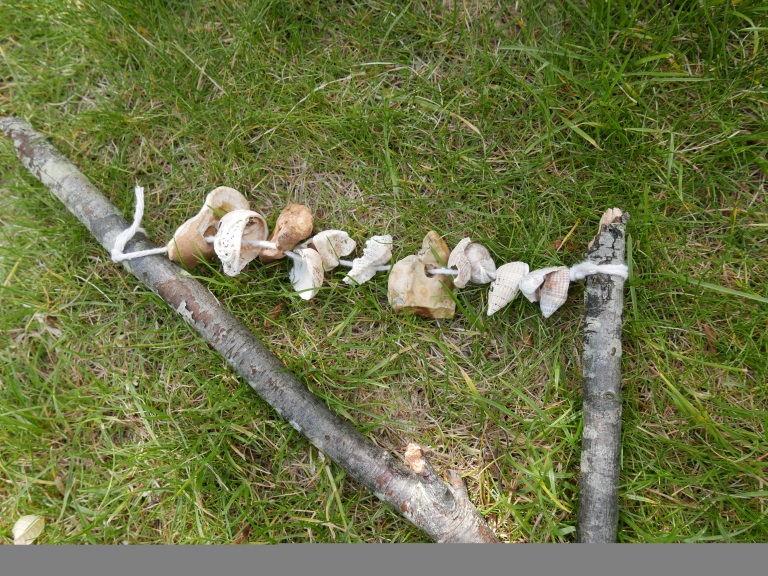
30. MAKE YOUR OWN BIRDS NEST
Making your own bird's nest is a simple, fun and educational activity for children of all ages, all you need is a few easy to find natural materials. February is often the beginning of nesting season for most birds but some nesting periods can last till August and a few birds (like wood pigeons) will actually nest all year round. Different types of birds will choose and use different materials and methods to build their nests. Many birds use twigs, grass and feathers to build them, some use mud, moss and fur and others like Chaffinches even use spider webs.
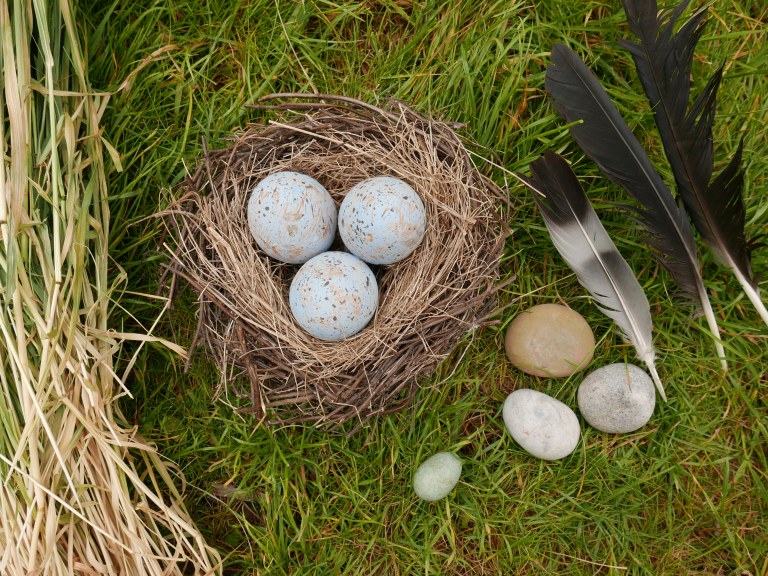
It is really simple to make your own basic bird's nest using long grass gently twisted or woven into a circle. However if you don’t have any long grass you could use regular grass, leaves, sticks, mud or long stemmed plants to make your nest. Simply form a circular nest shape out of the materials.
You can then place ‘eggs’ in the center of your nest. We used pebbles as pretend eggs but you could use anything you like from crumpled up paper balls to hard boiled eggs. You could even have a go at painting them to match the color and patterns of wild birds eggs.
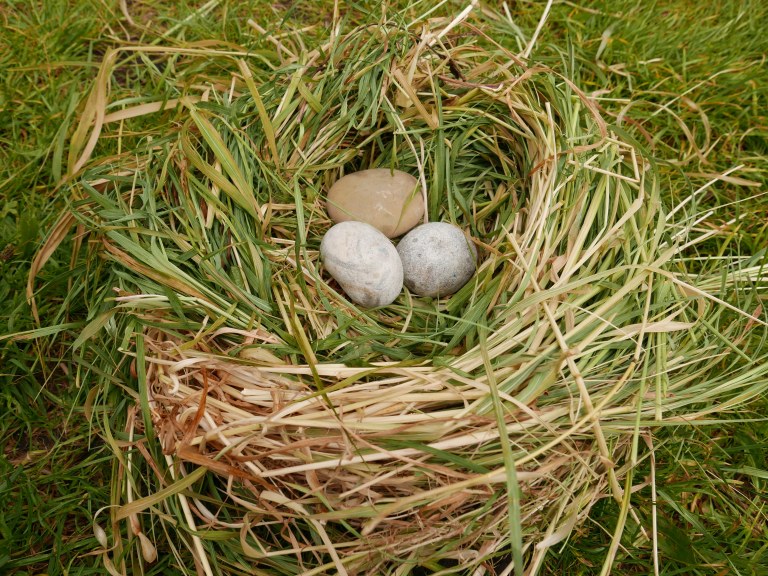
You can also make a more permanent nest to keep and use as a learning guide or for pretend play. They are surprisingly simple to make and require very few materials. You can find a full photo guide to making one here + additional bird nesting facts and resources.
31. BRANCH AND TWIG BROOMSTICKS
Another surprisingly easy thing you can make with woodland nature finds is a broomstick. All you need is a long stick for the broom handle, a cluster of thin and bendy branches for the brush and some string or wire to tie it all together. Simply tie the branches to the end of the stick. You could use a nail to fix it more securely in place but this isn’t essential.
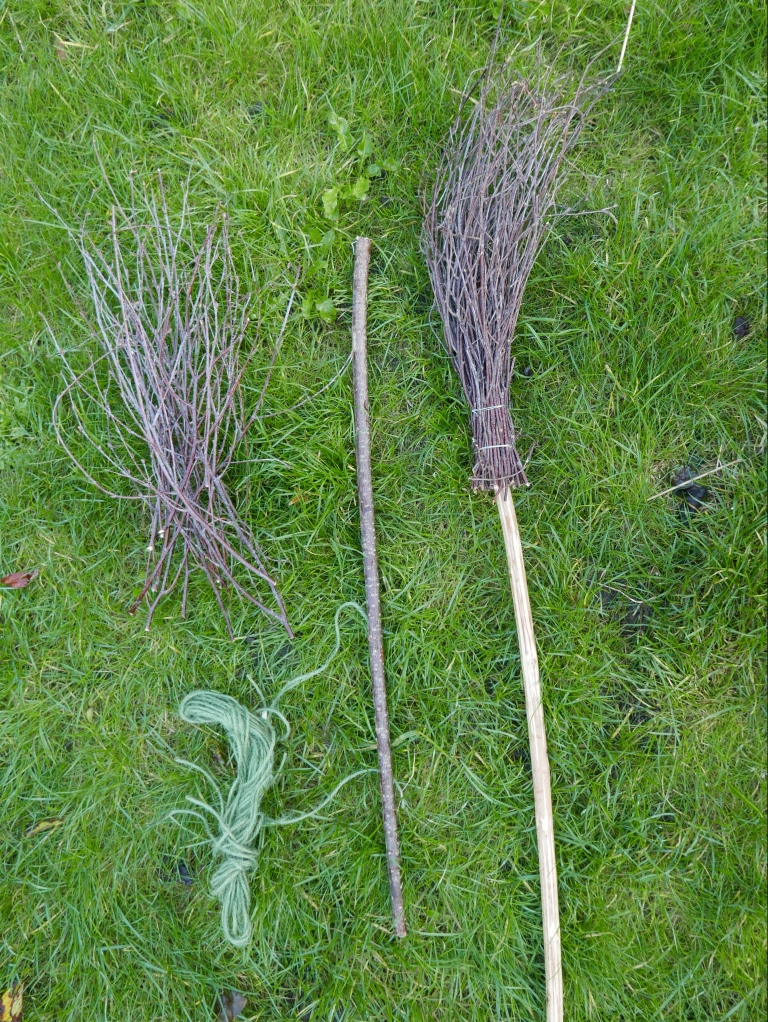
32. PINE CONE BIRD FEEDERS
During the cold winter months food can be much harder to find for birds and wildlife. You can help get them through the winter by providing food, water and shelter in your garden. One of the ways we like to help is by making pine cone bird feeders. You can collect pine cones on a woodland walk or by looking in your local park. You will also need wild bird seed and string and a source of fat which can be either peanut butter, lard or a vegetarian lard substitute like Trex or Crisco.
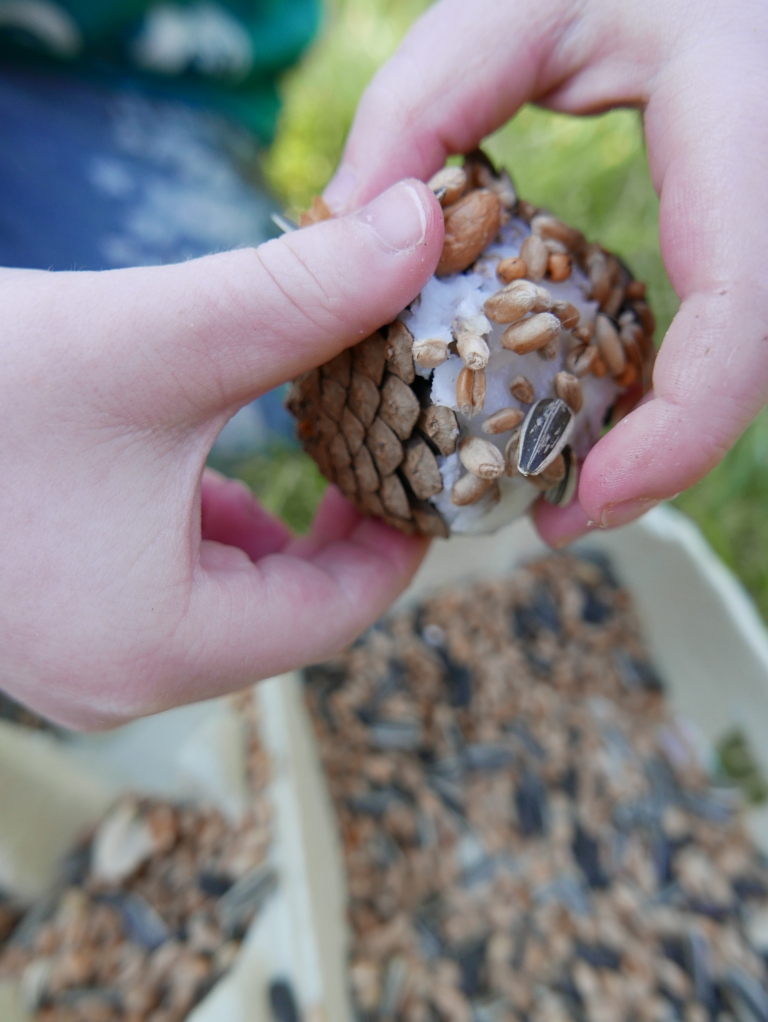
Birds need high levels of saturated fat to sustain them during the winter months which is why bird feeders are often made from lard, suet or peanut butter as they are all great sources of saturated fat for birds. Simply cover the pine cones in the fat source and then roll them in the wild bird seed until they are fully covered. Next securely tie a piece of string to the top of your pine cones so you can hang them from a tree for the birds to enjoy.
33. PINE CONE FLOWERS
It’s easy to turn pine cones into flowers by adding a stem and some splashes of paint for color. If you look carefully you may even be lucky enough to find some naturally rose shaped pine cones like we did. You can use sticks and branches for the stems or recycled lollipop sticks, care or wood. Paper, card and fabric can also be cut into leaf shapes to glue onto the flower stems.
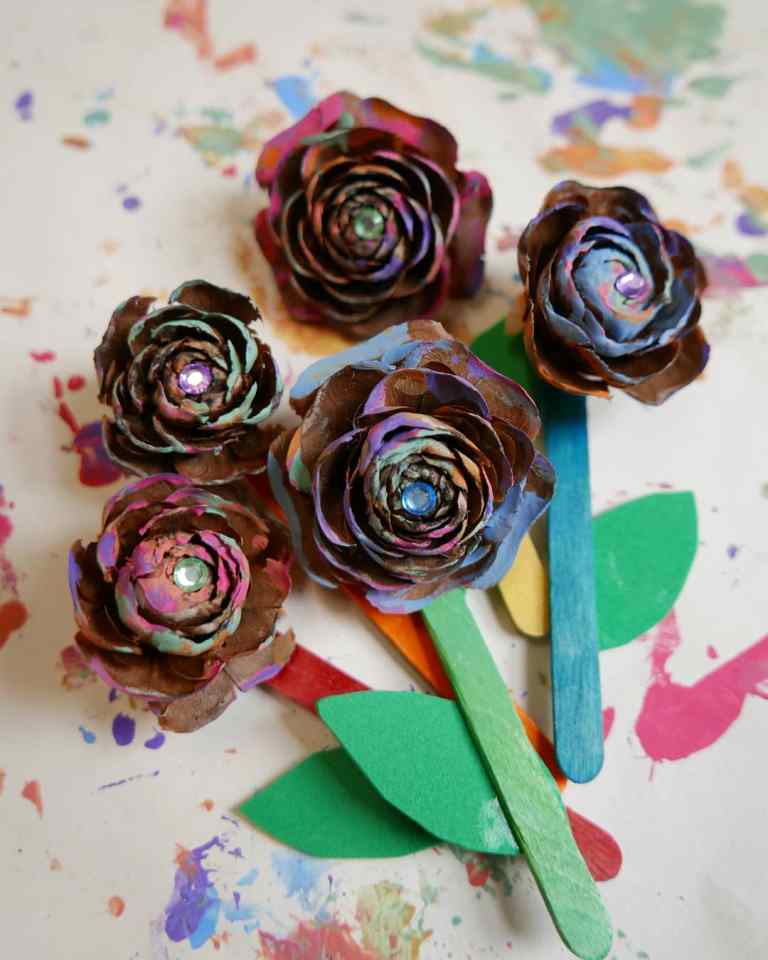
For day 9 of 30 Days Wild 2022 we made nature stick figures, climbed trees, explored a park and watched bees buzzing and forth between the flowers.
For day 23 of 30 Days Wild 2021 we explore a woodland, splashed in steams, went on a nature hunt and had fun making nature characters and animals
If you like this you might like to try:
Conker or chestnut activity ideas

Elderflower recipes – Cordial and fritters
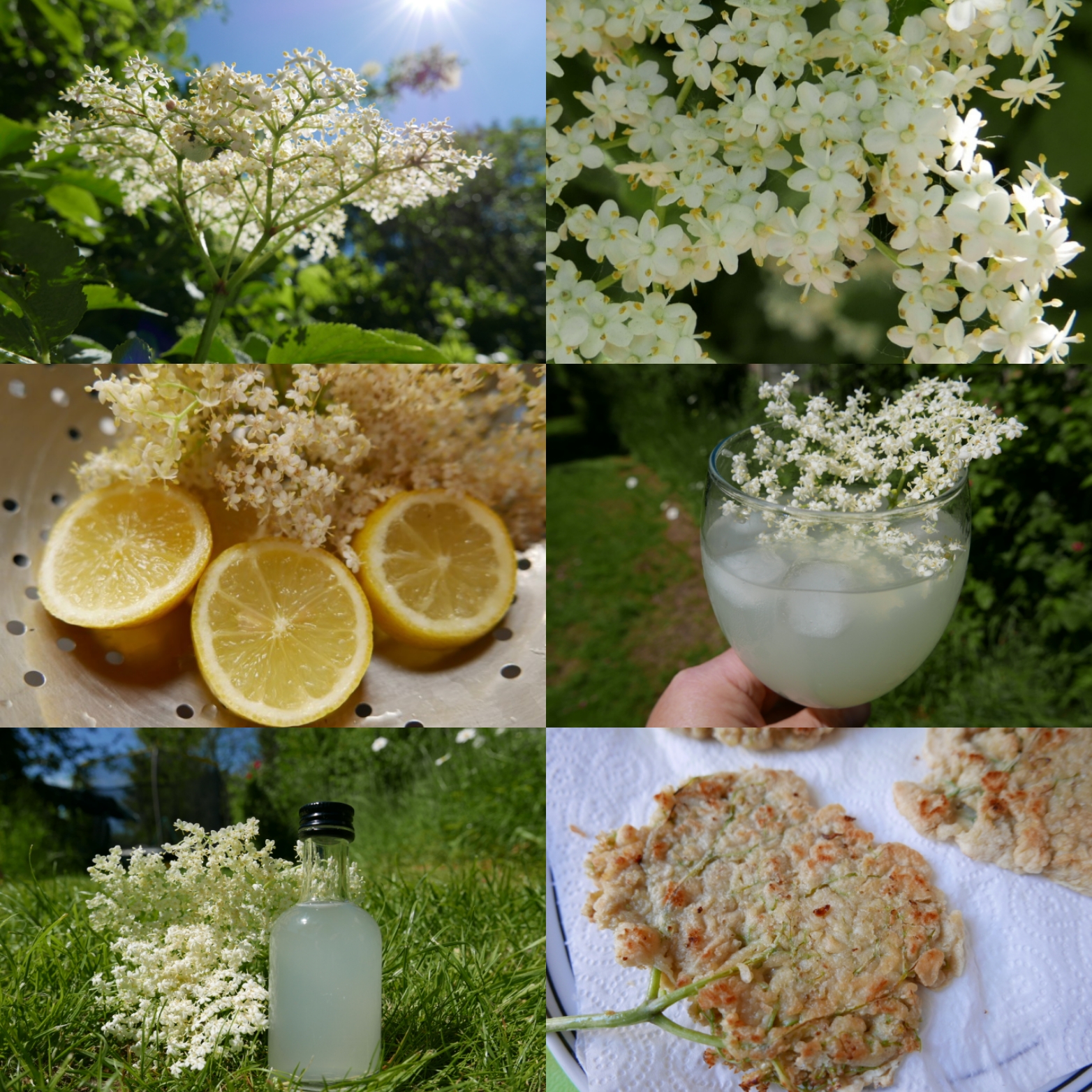
Exploring the shore – 15 activity ideas
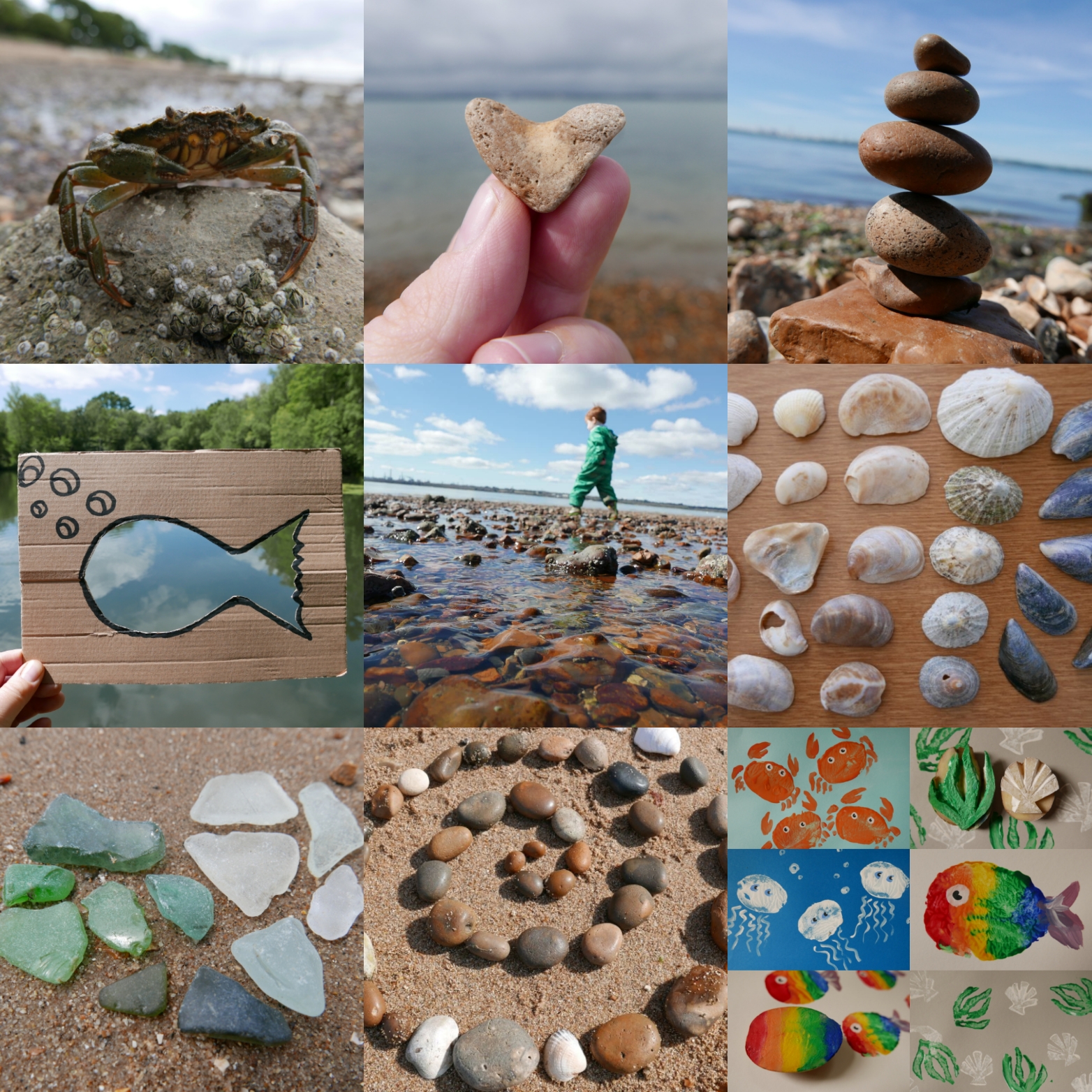
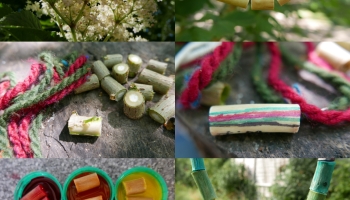
Elder branch beads
January 15, 2022
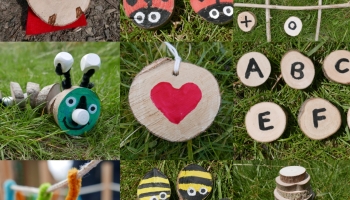
13 log slice activity ideas
July 27, 2020
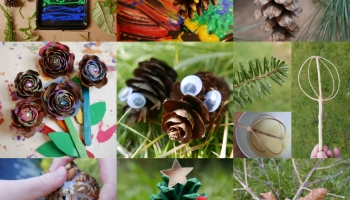
9 Pine tree activity ideas and fun facts

20 ways to make a home for wildlife
